There is a science about color, which includes knowledge about the nature, components, characteristics of color, color contrasts, harmony, etc., called coloristics. The psychology of color, in its turn, studies how this or that color influences us. Colors can change our perception, feelings, make us worry or, on the contrary, calm us down. With the help of color, you can improve memory and attention, and even persuade a person to make a particular decision.
The interior color scheme is a key point in the room design and choice of decor. Psychologists advise considering several nuances: in particular, how this color is perceived in a specific environment by a specific person, as well as the effect of color on the atmosphere of the room, in general.
Let us consider the main colors:
- White is, of course, purity and innocence. It represents the beginning, lightness, perfection and peace. In the same way, a white interior looks refined and sophisticated. It visually pushes the walls apart and fills the room with light. White has a lot of shades and it perfectly balances pure colors.
Color accents look great on the white background. A white bedroom cleanses the energy and gives the freshness of awakening; a white kitchen delights with impeccable cleanliness. However, for a children’s room and a bathroom it may be boring, although here it is all about the correct placement of accents.

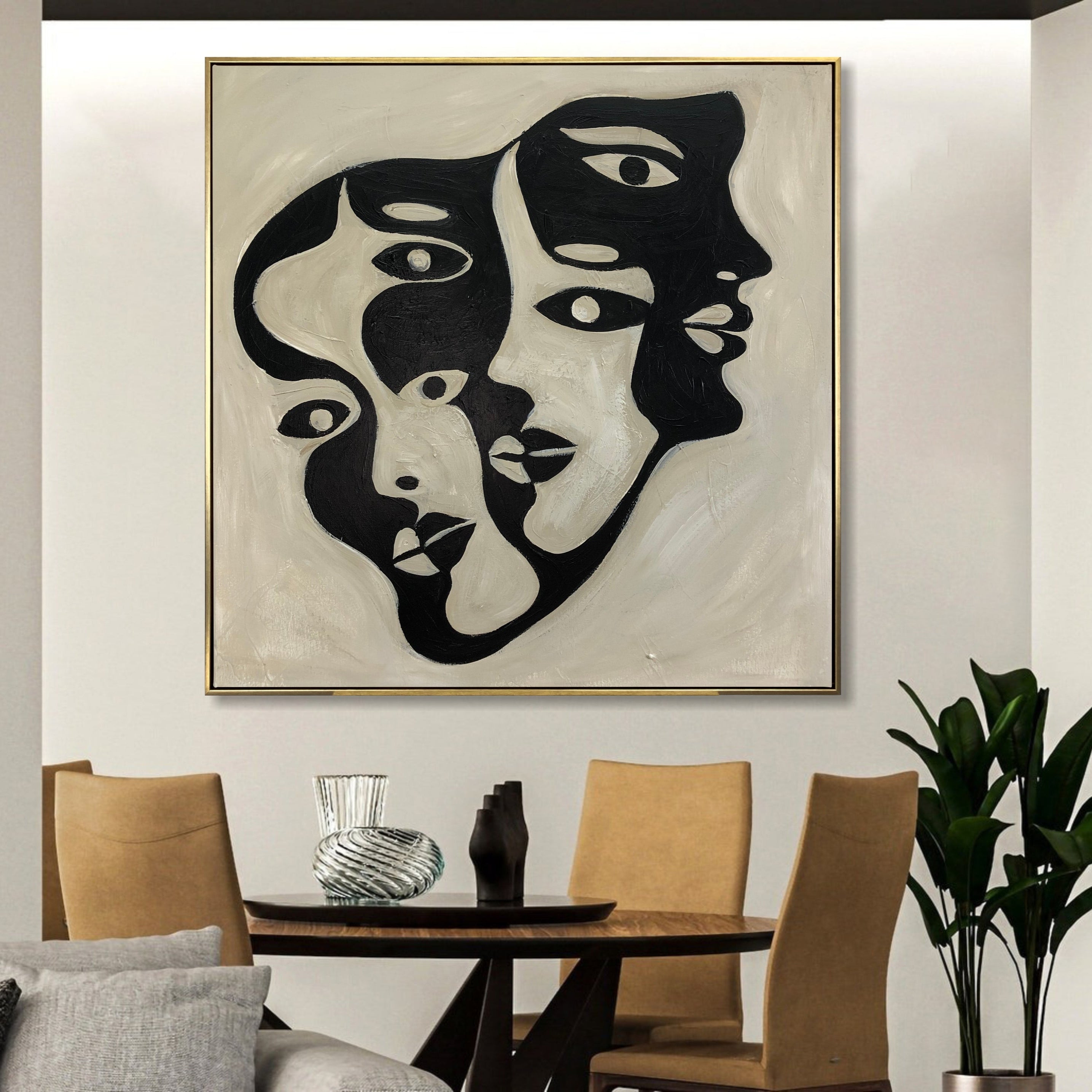
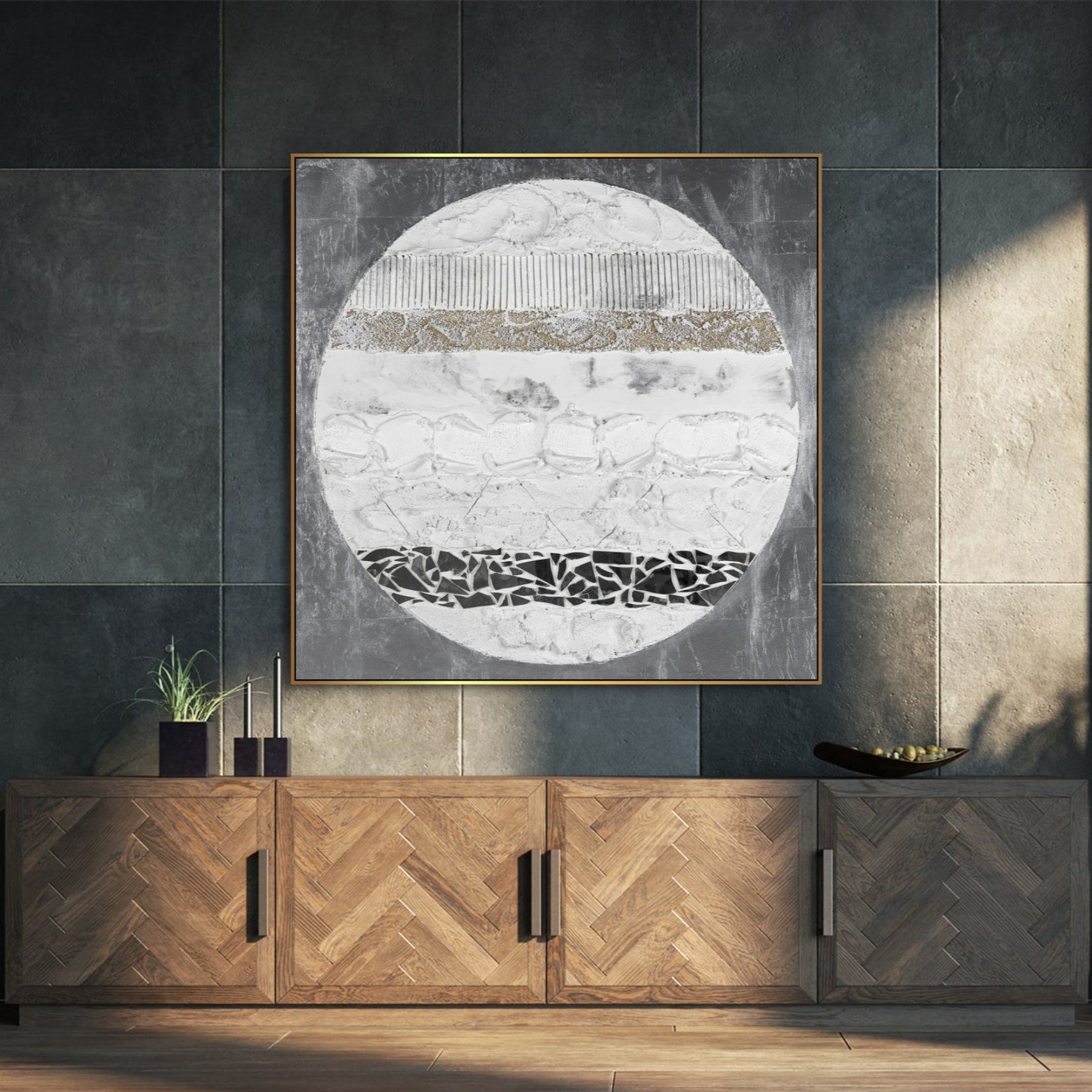
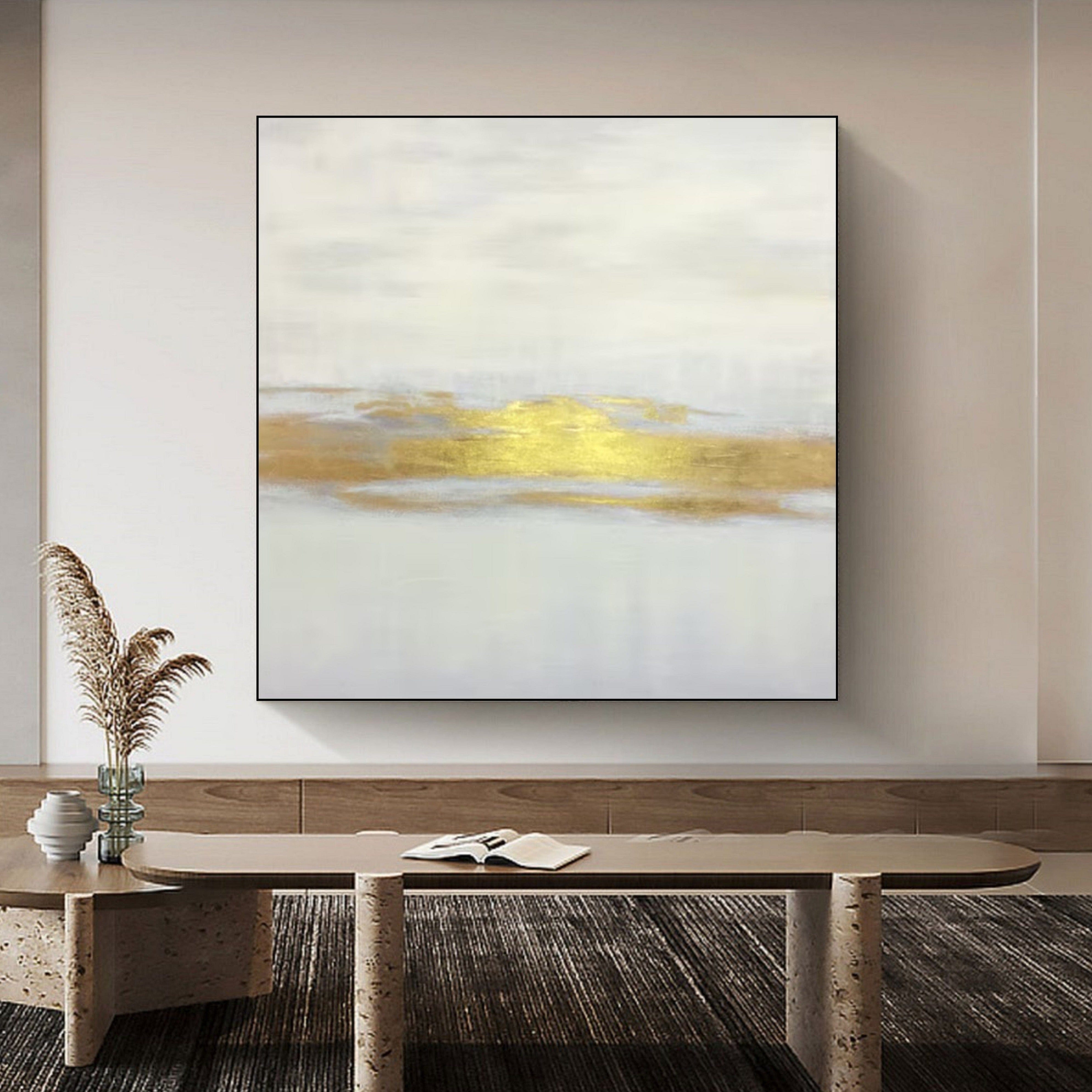
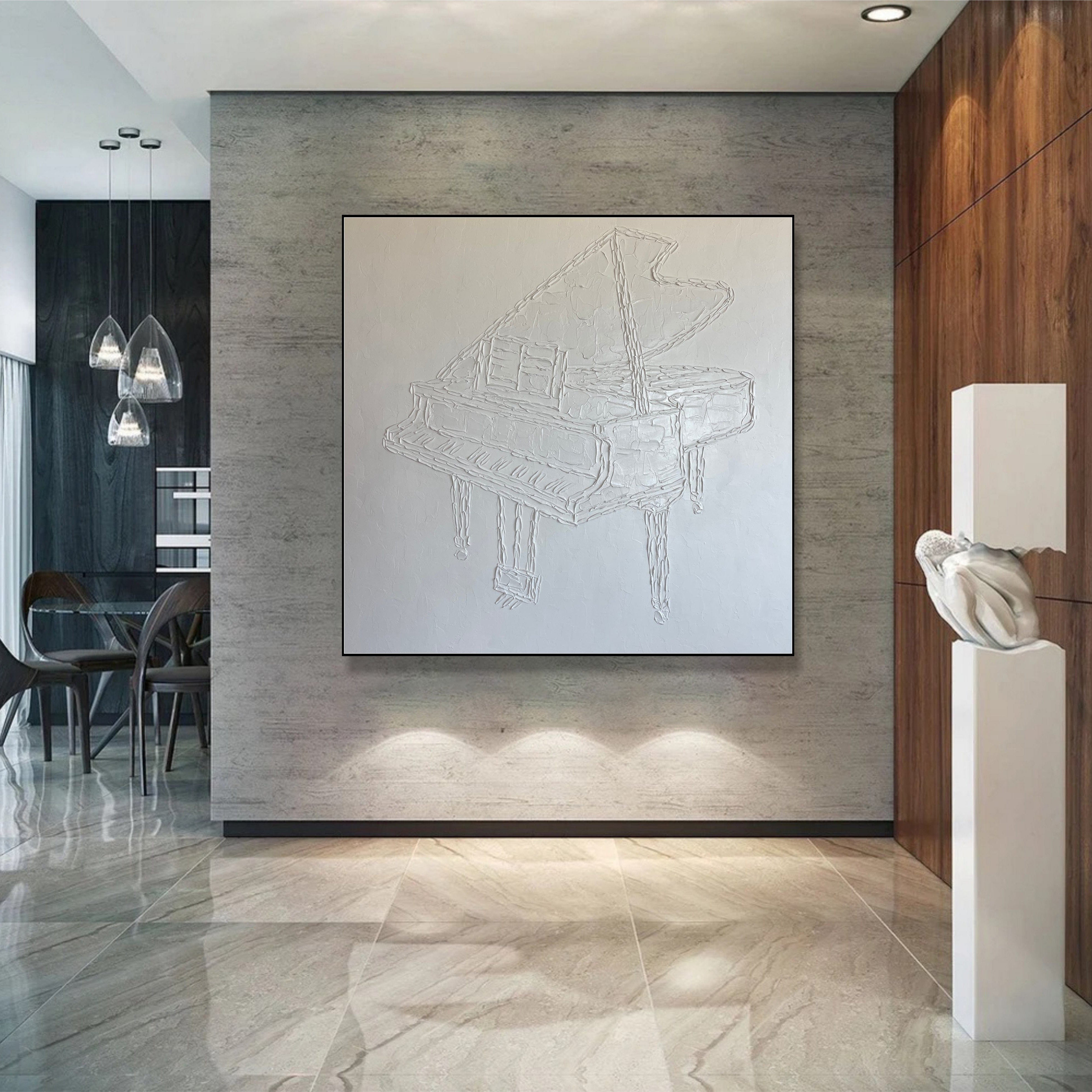
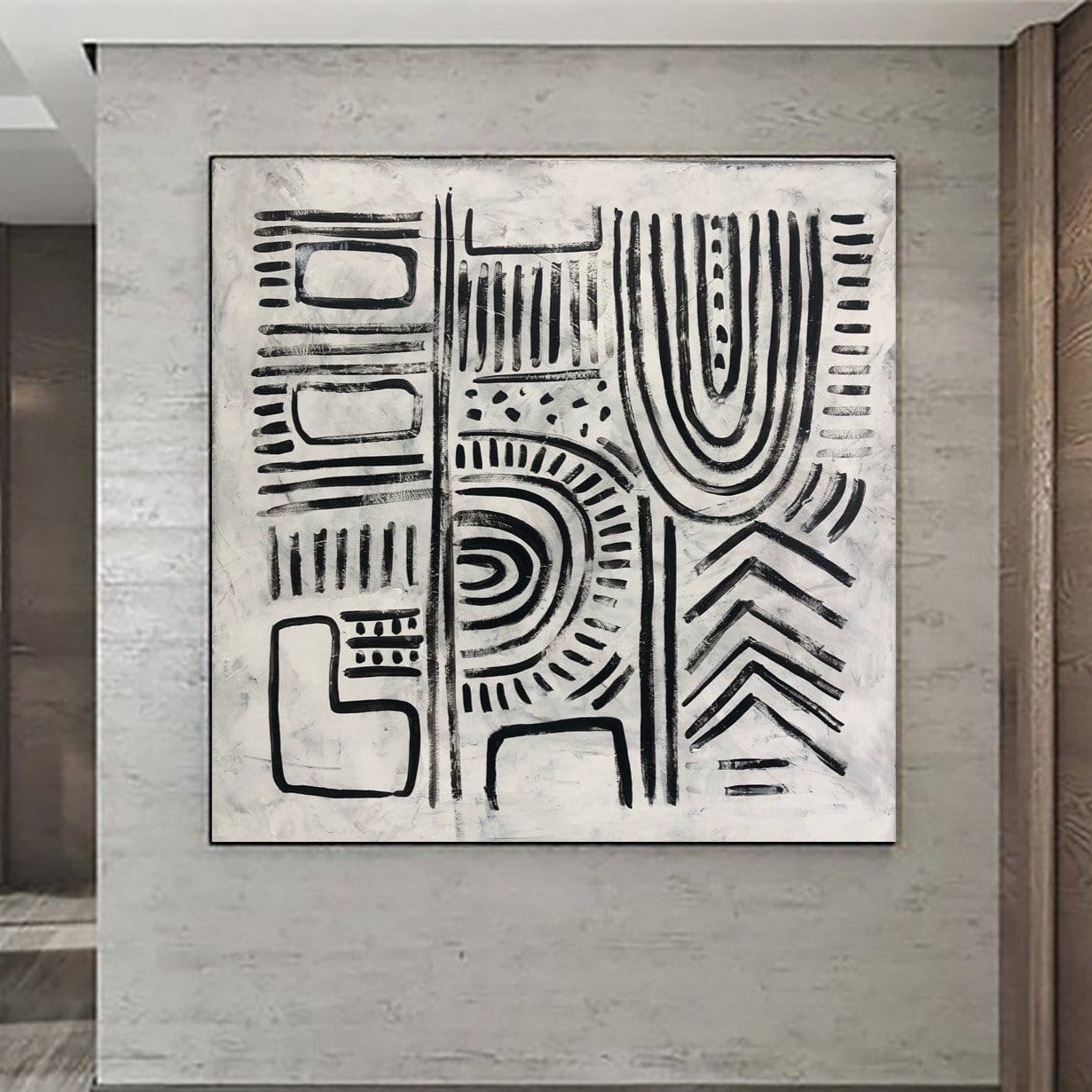
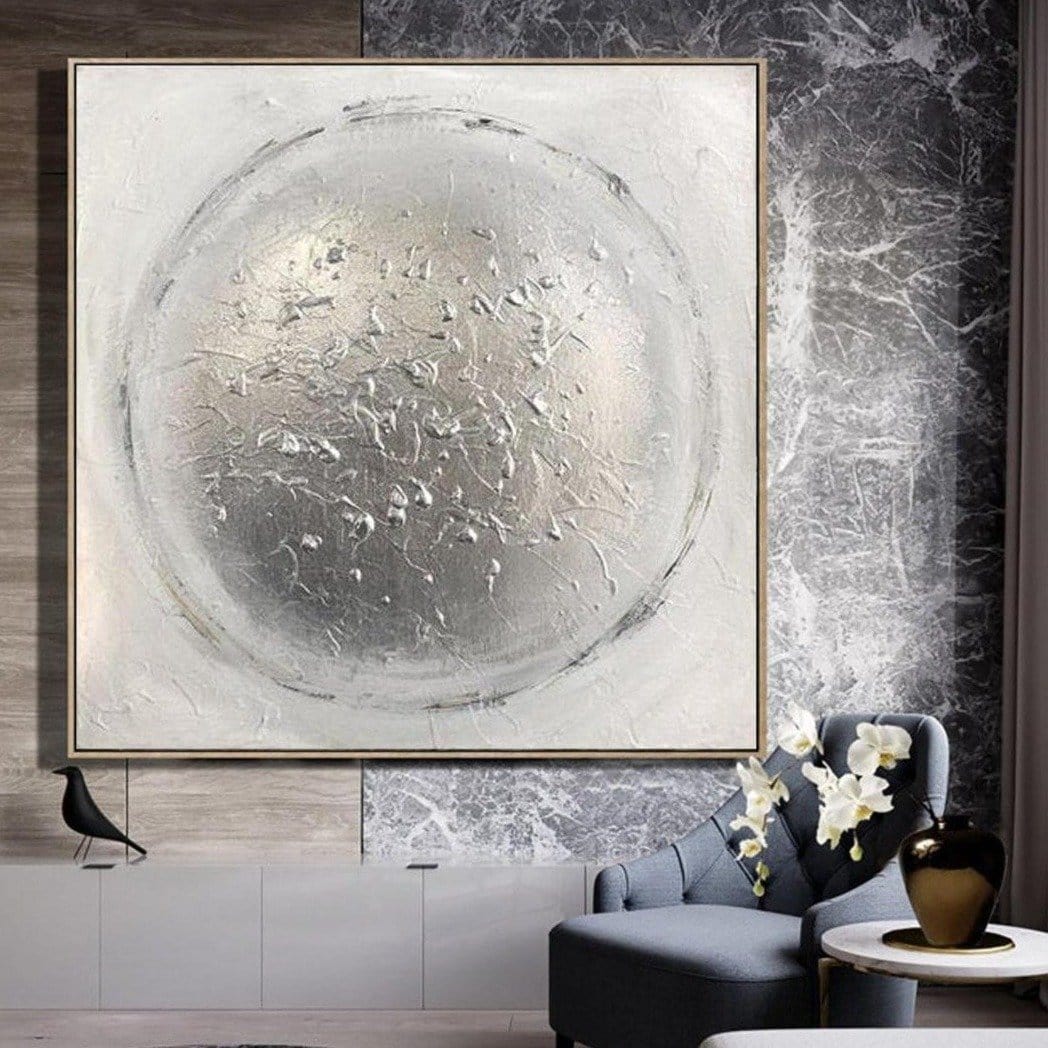
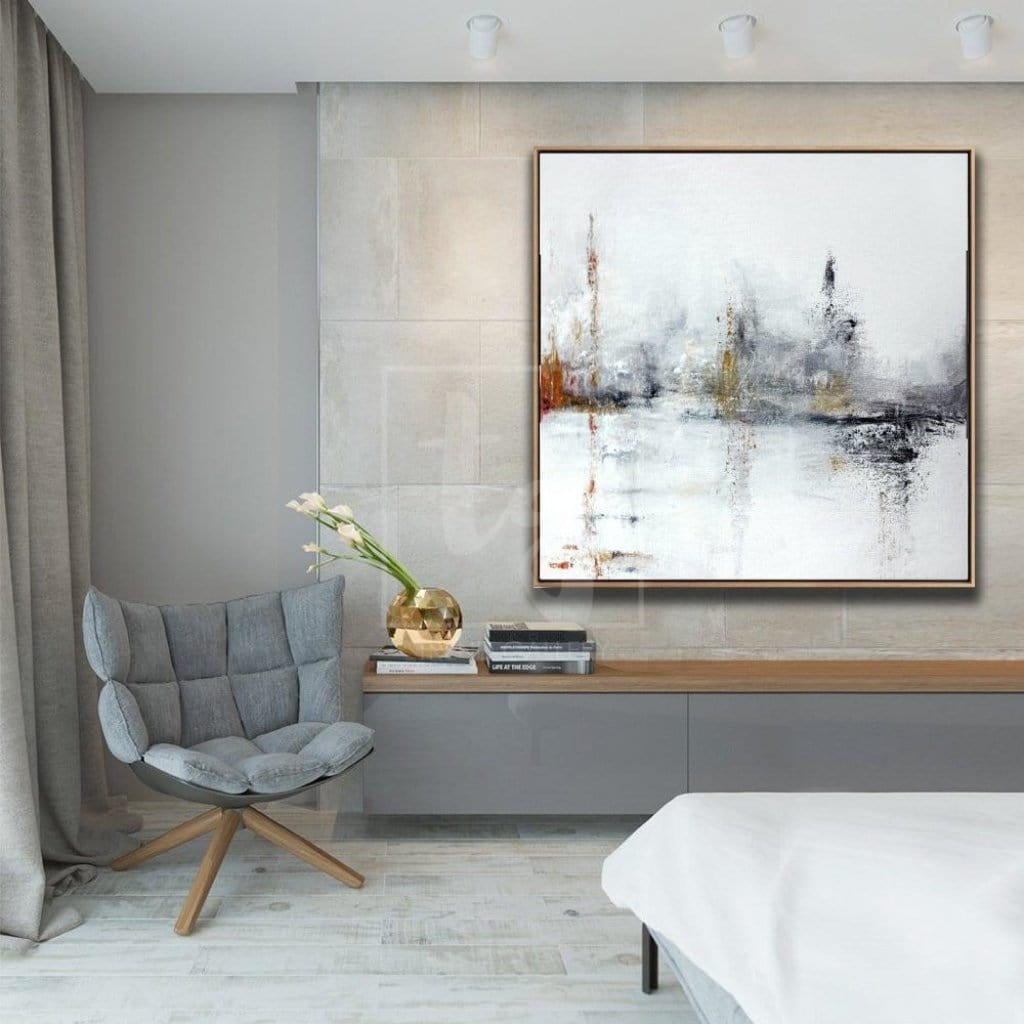
- Black is a color of contradictory perceptions. For some people it symbolizes nobility, severity, and elegance, while for others it is associated with grief and mourning. Black disciplines, stimulates endurance, and embodies wisdom. The strong energy of this color is not to everyone’s liking. A room with black walls can be oppressive and cause depression, but a black painting on a light wall makes it stylish and equably luxurious.
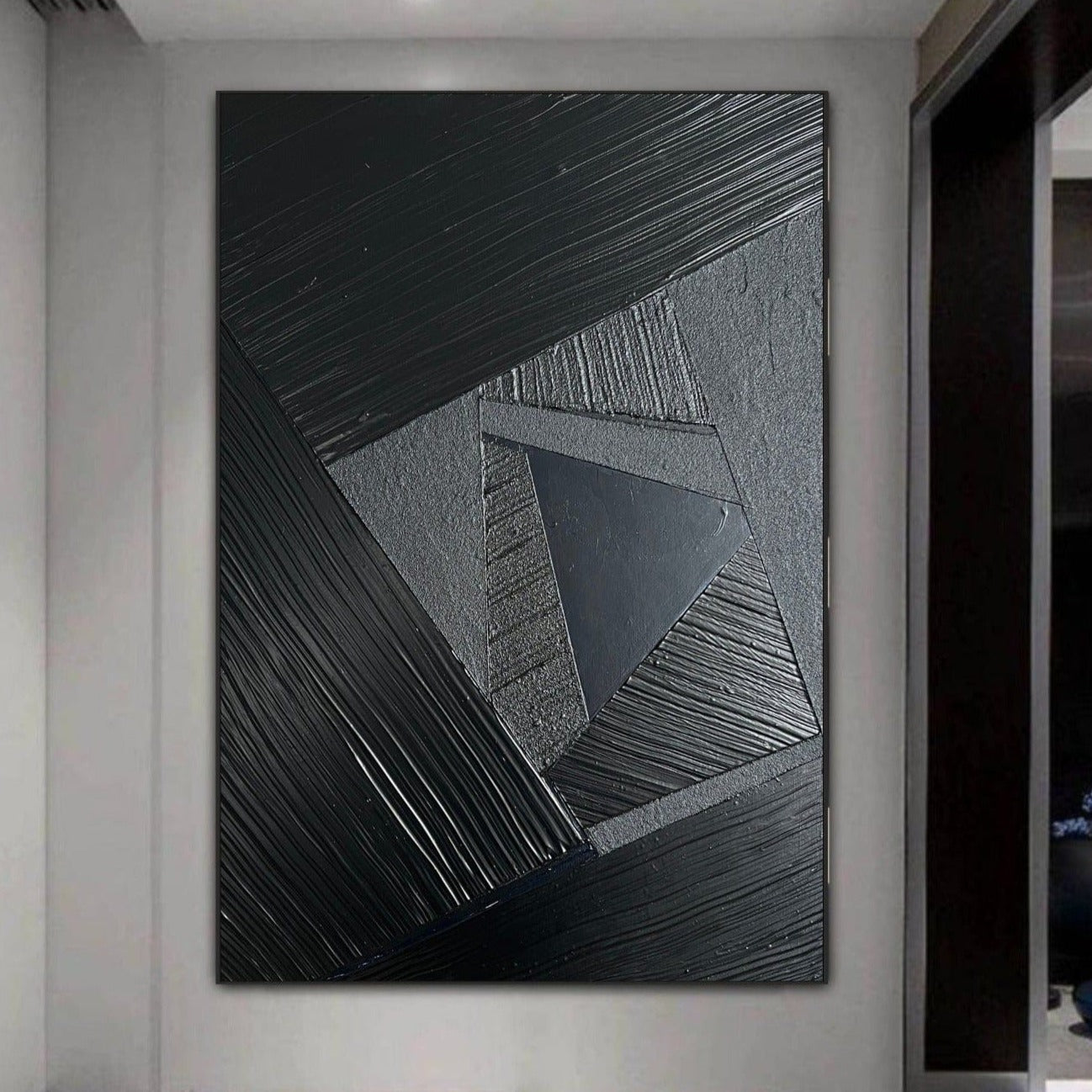
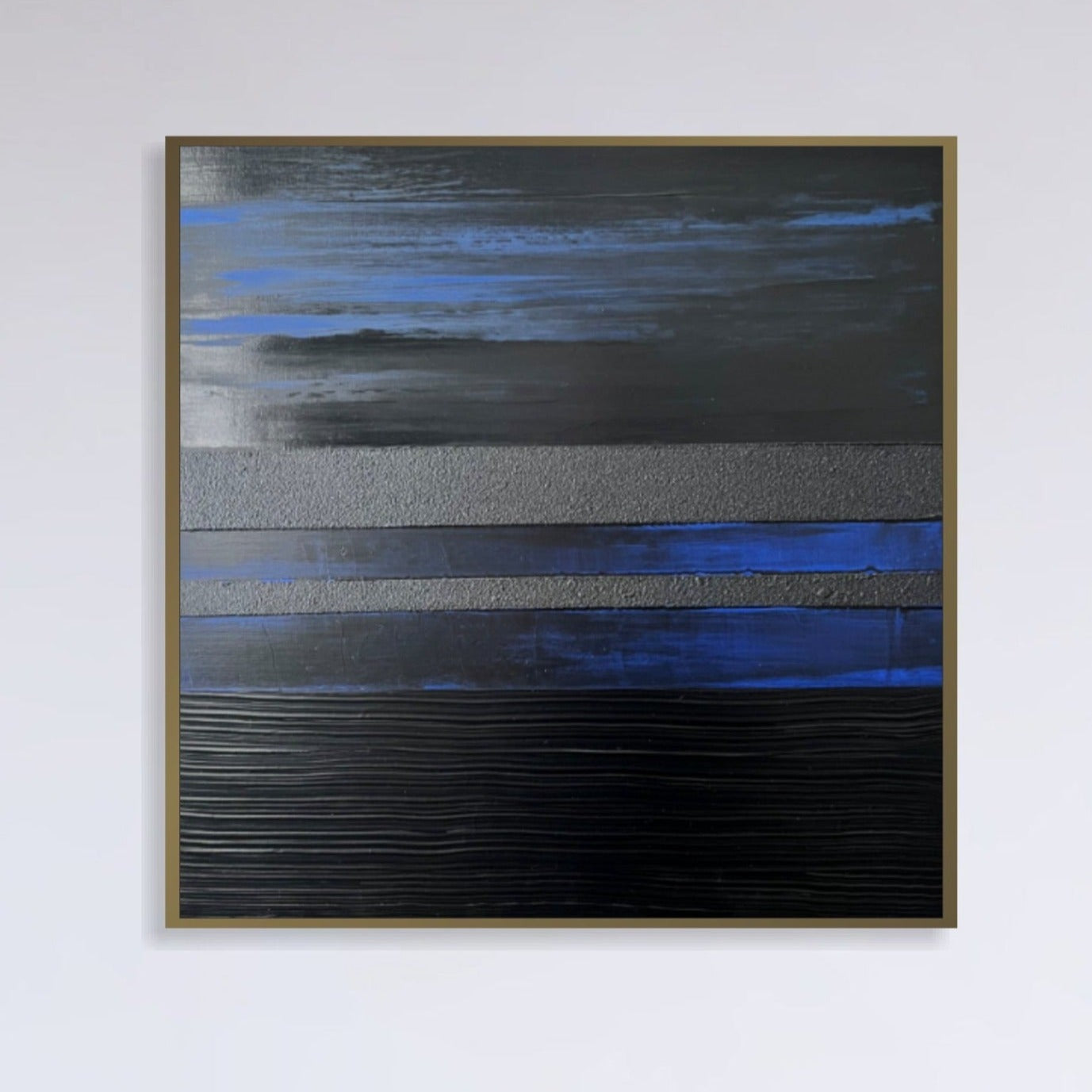
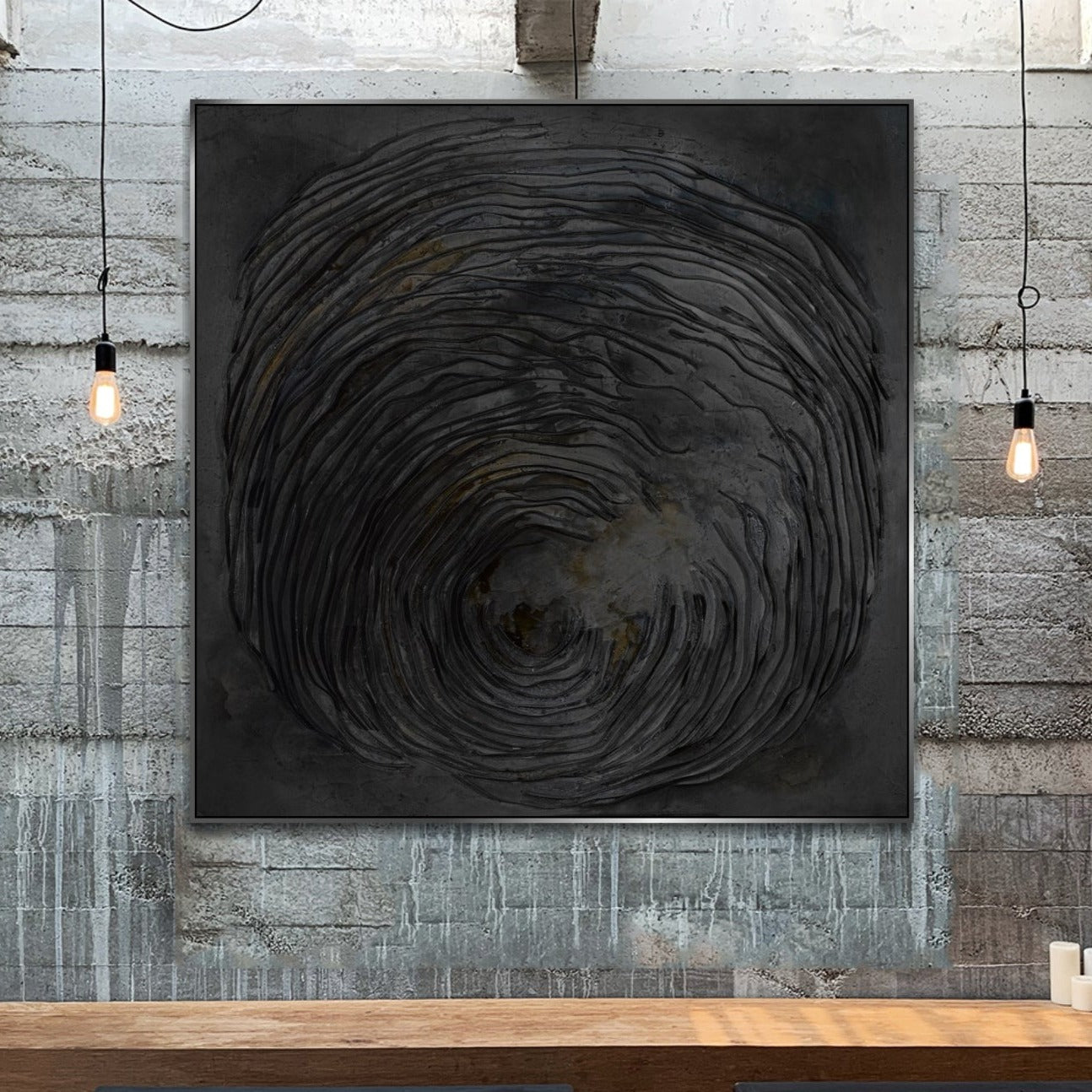
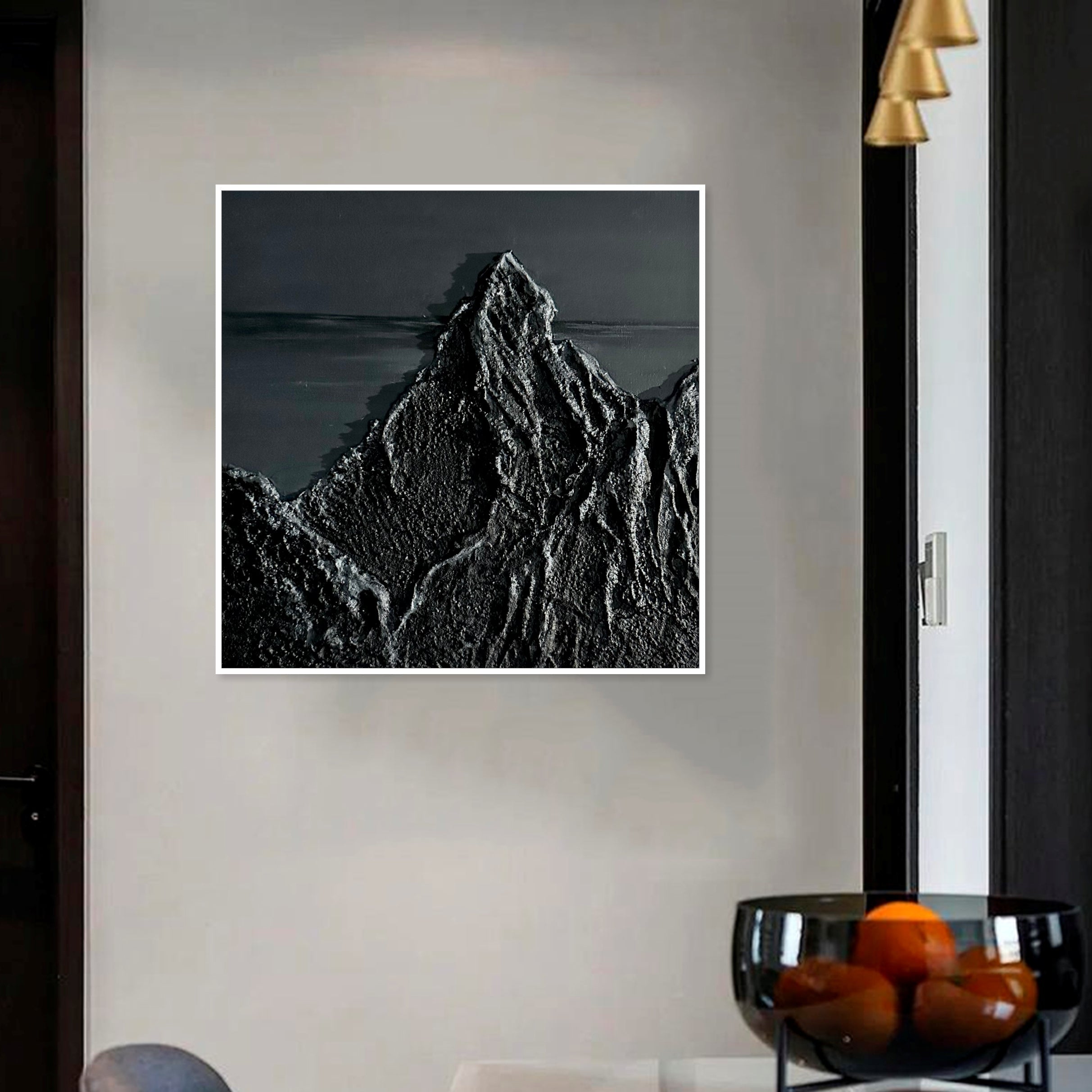
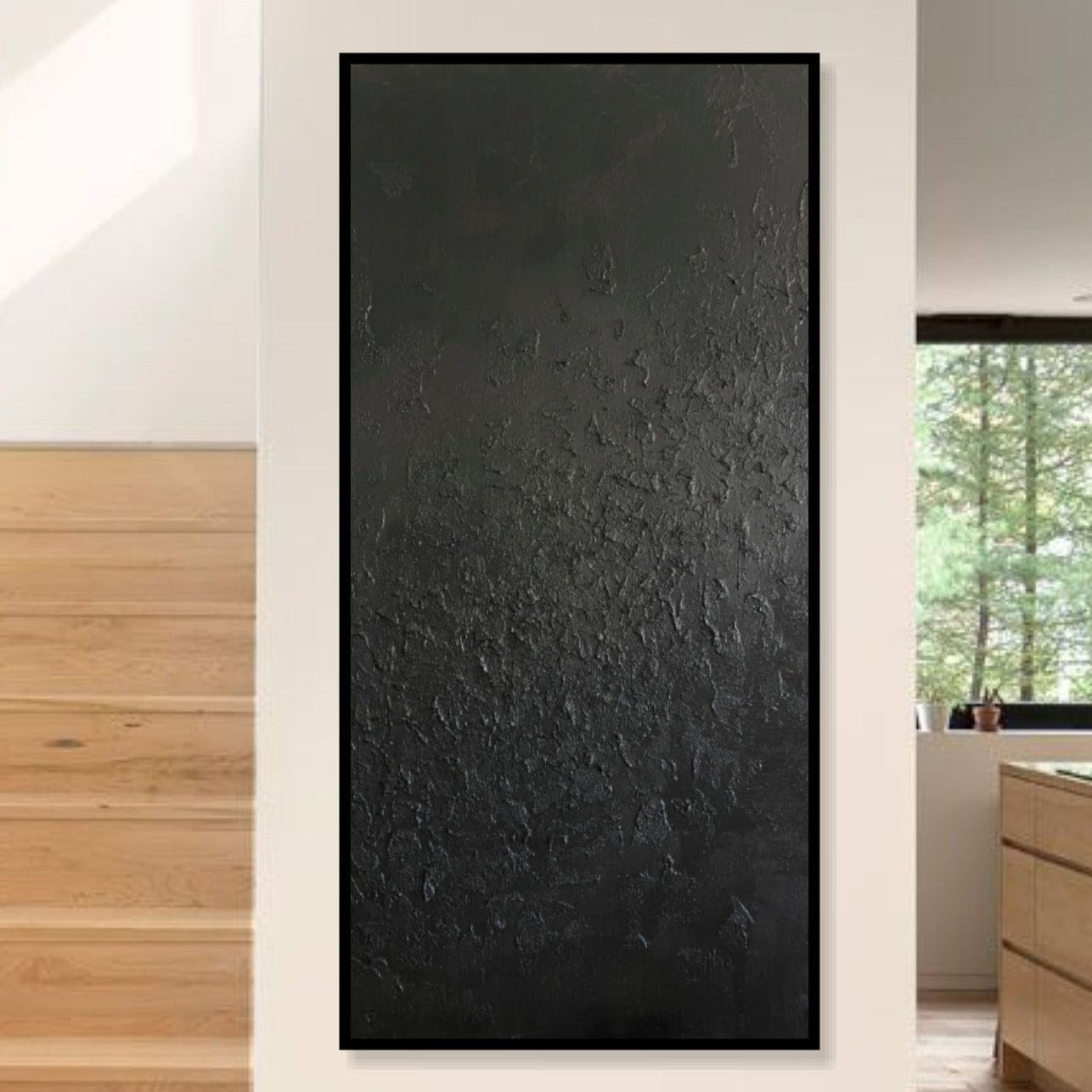
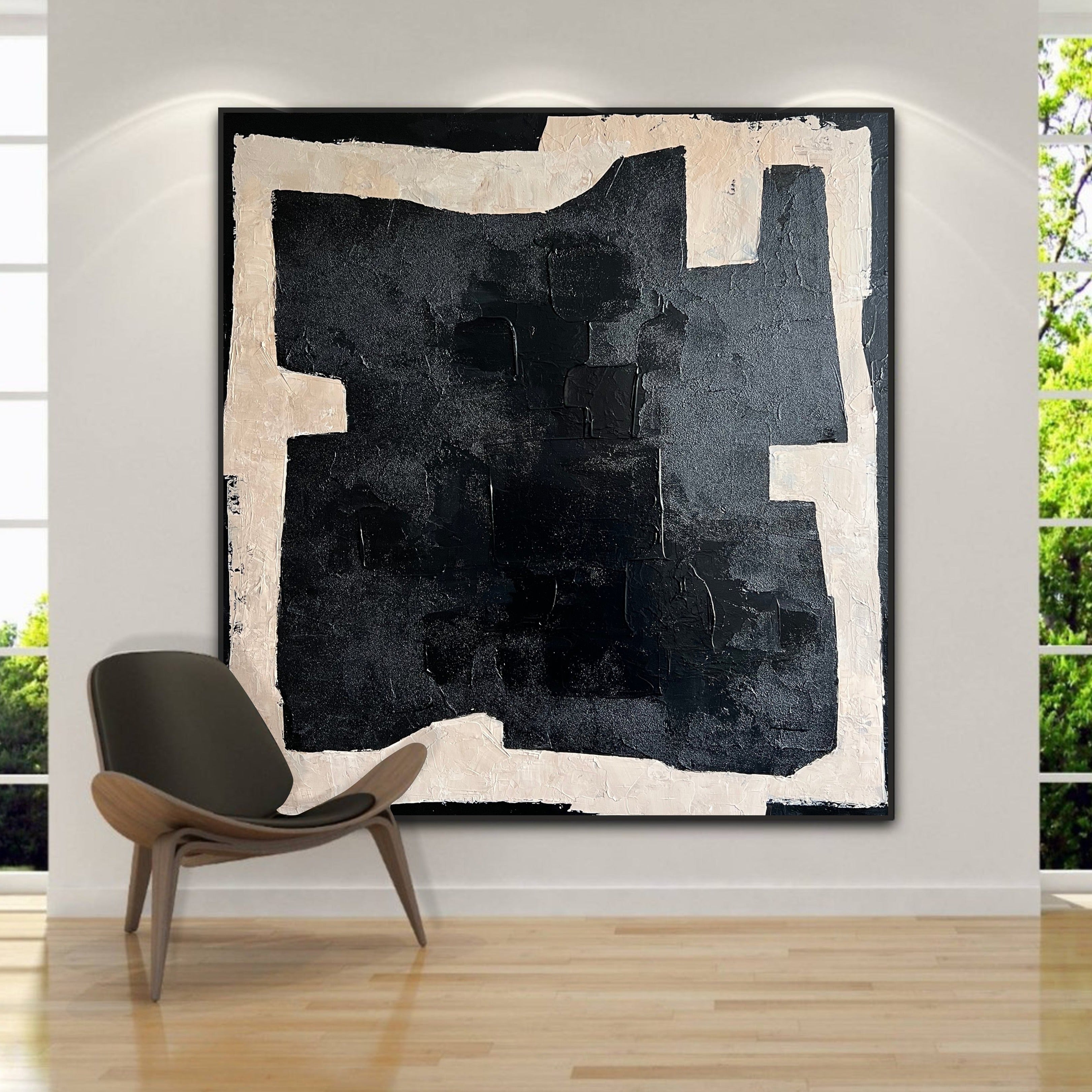
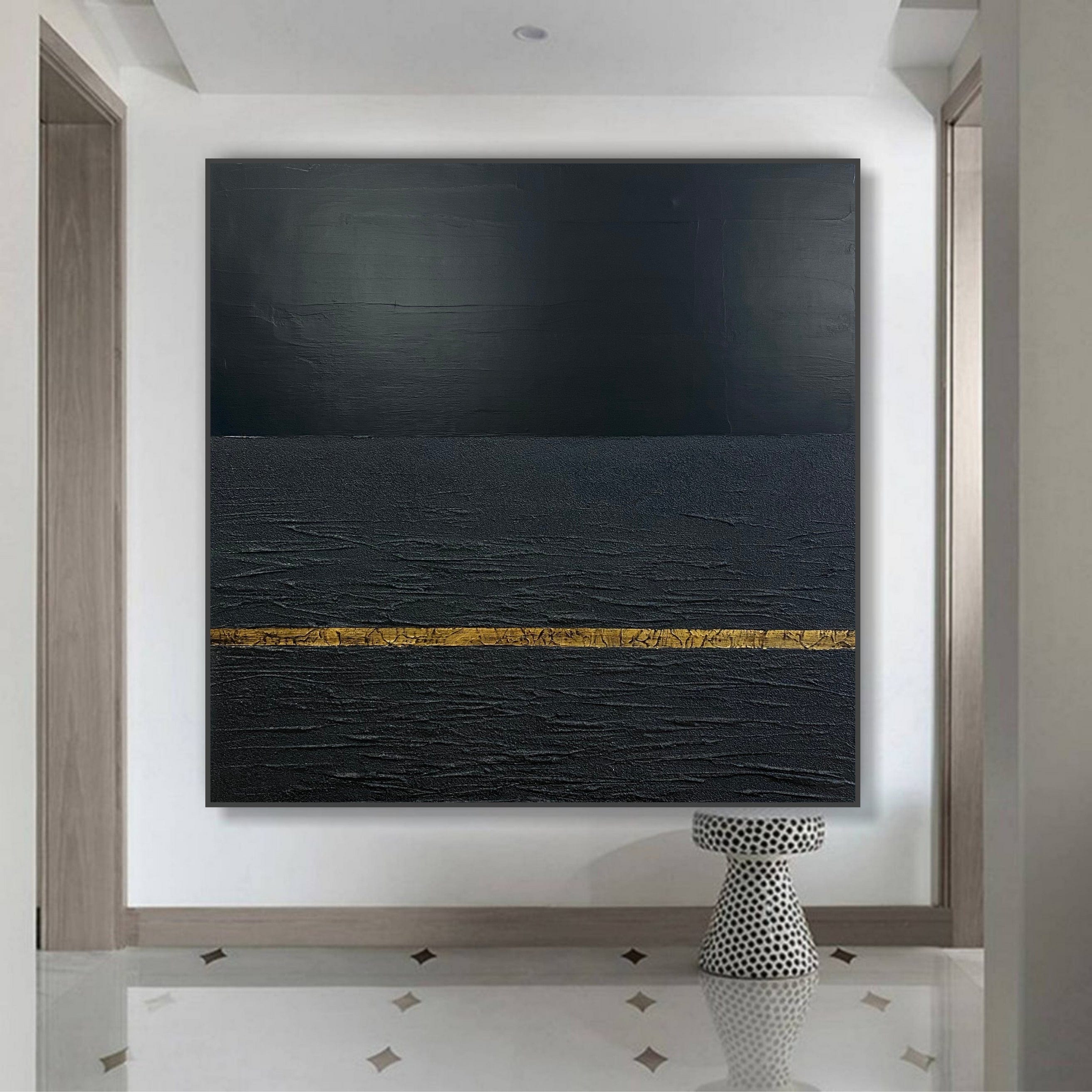
- Red is the personification of vitality, energy and activity, romance and passion. It is perceived very ambiguously. For some, it increases tone, stimulates and invigorates, while others associate it with pressure and aggression. Due to its strong energy, it is rather undesirable to use it as the prevailing color in the interior, but it is great as an accent spot in the living room or dining room. Shades of red can be appropriate in the bedroom, depending on the temperament of the owners.
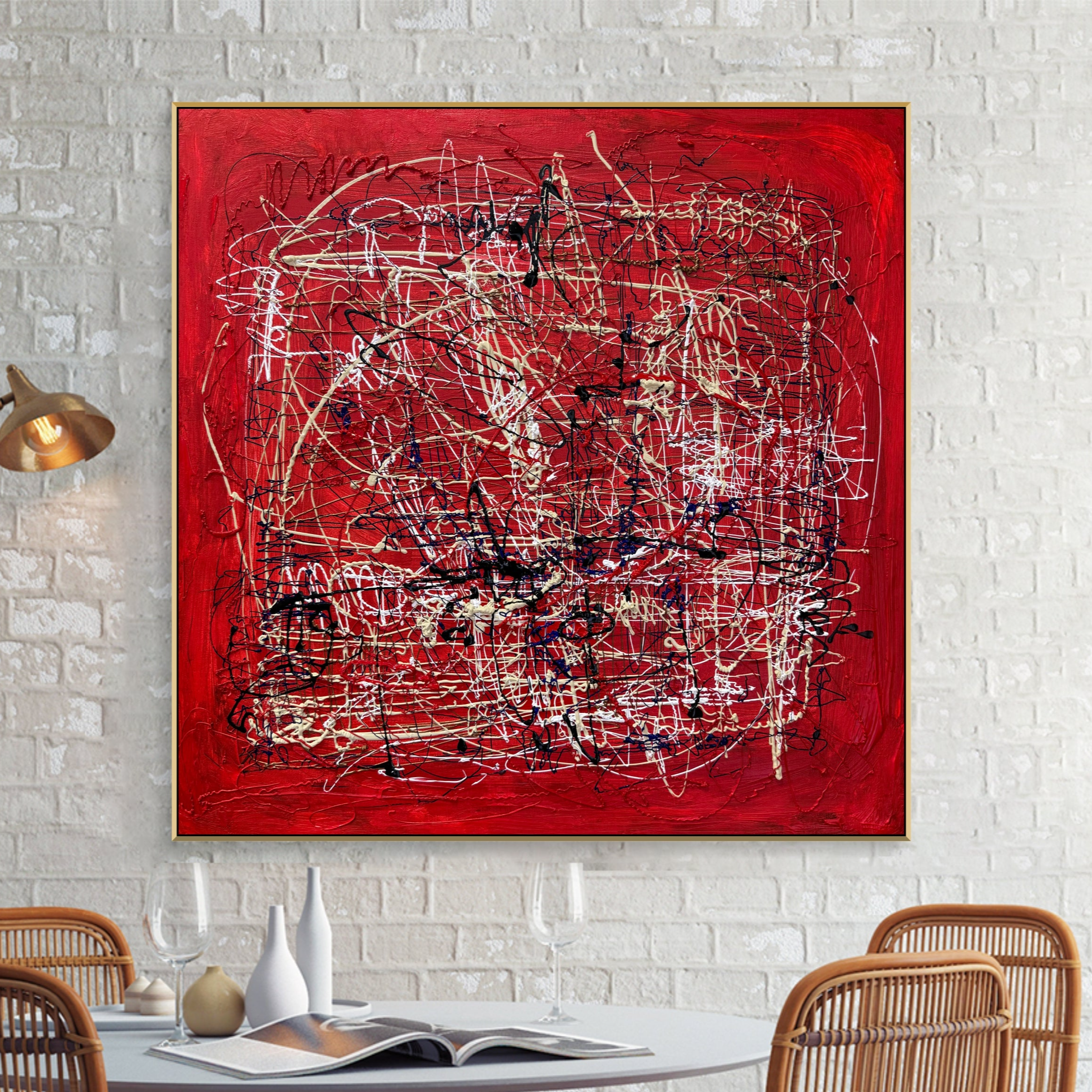
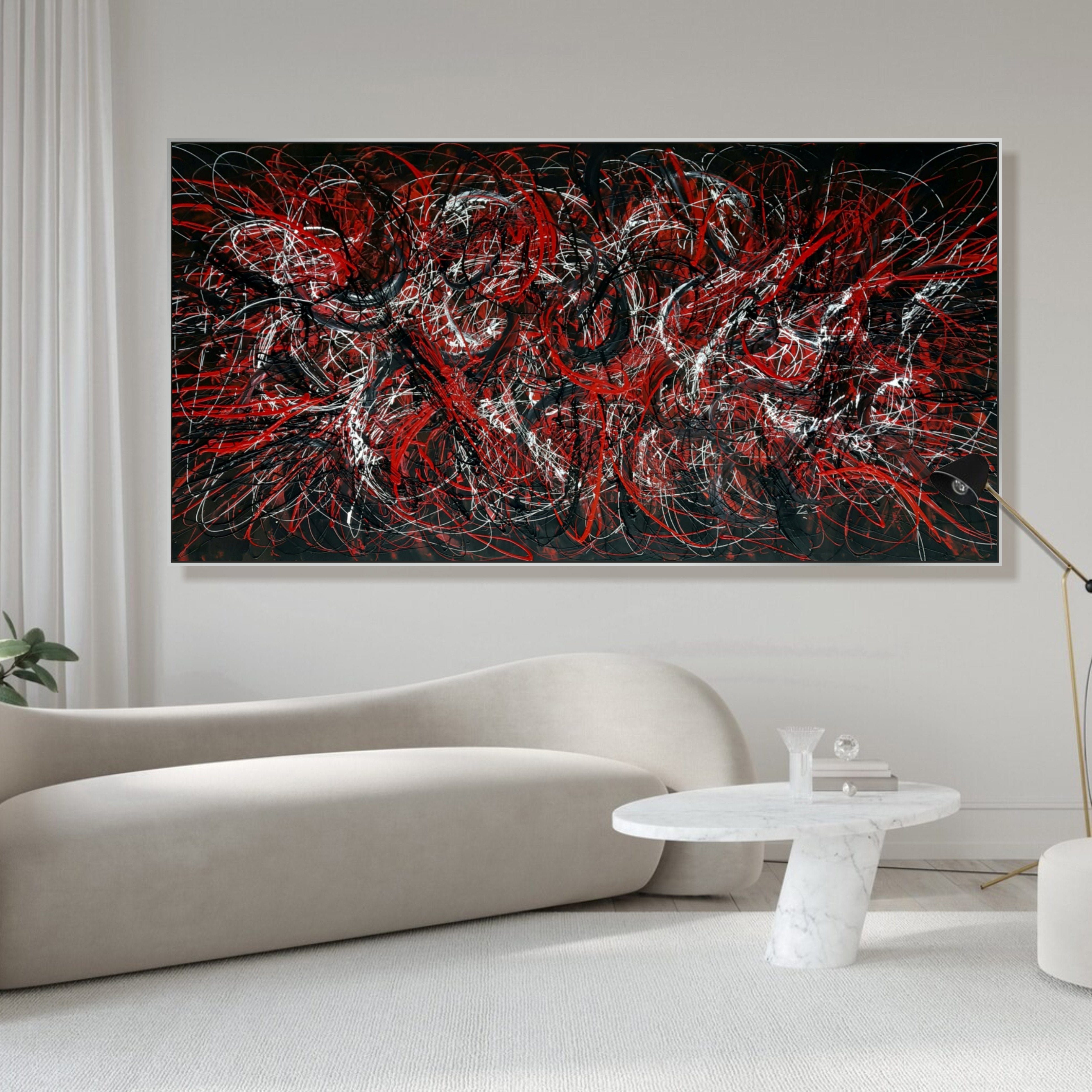
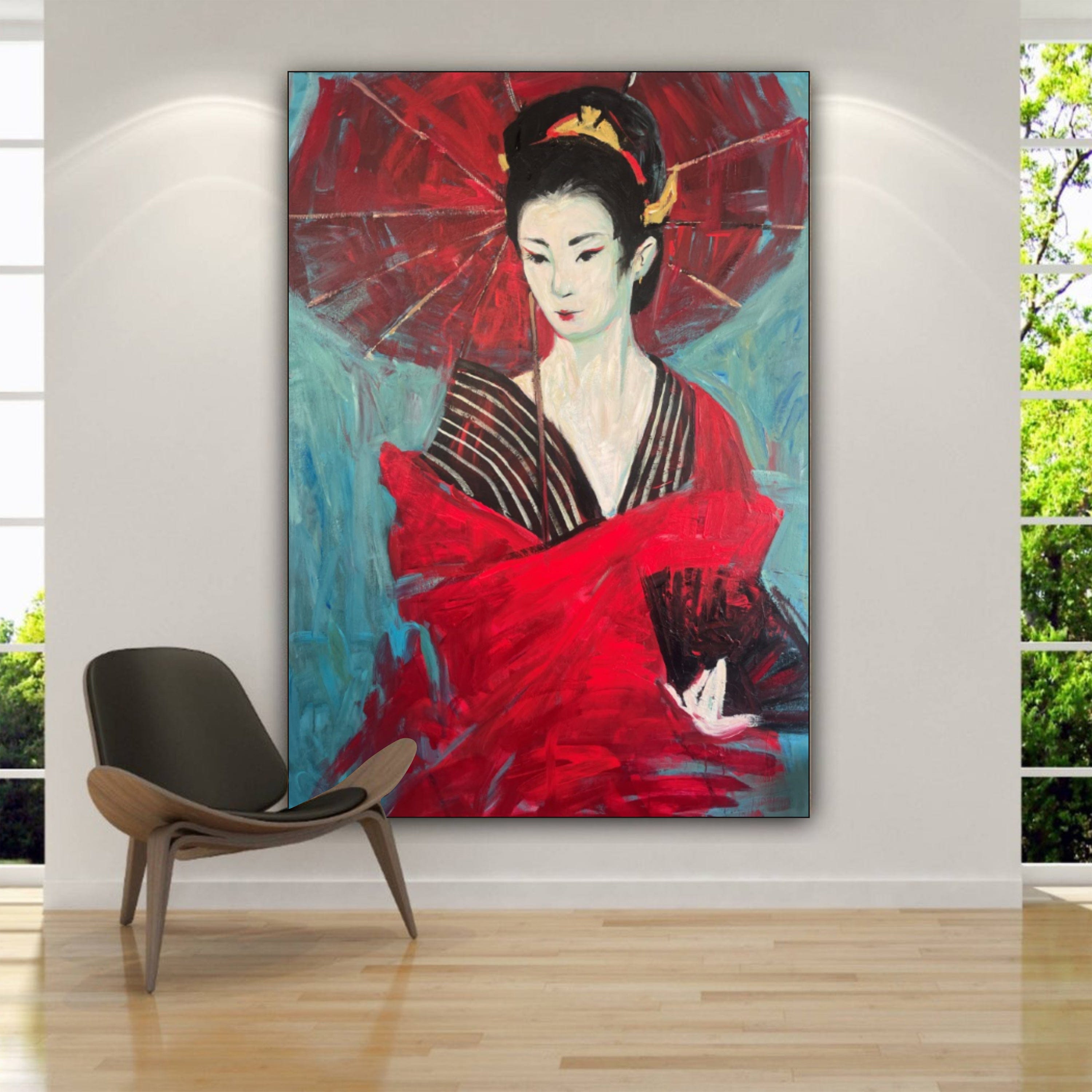
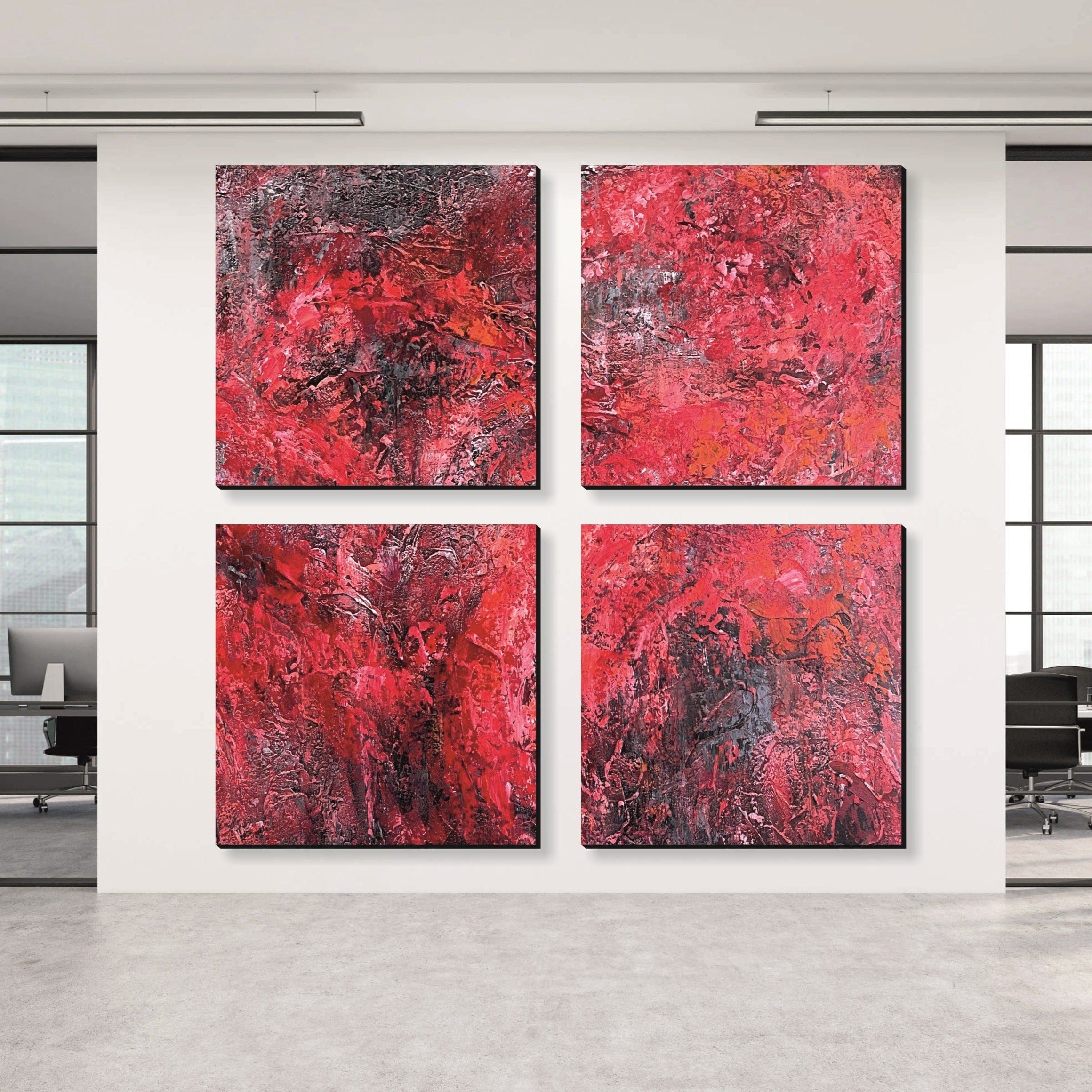
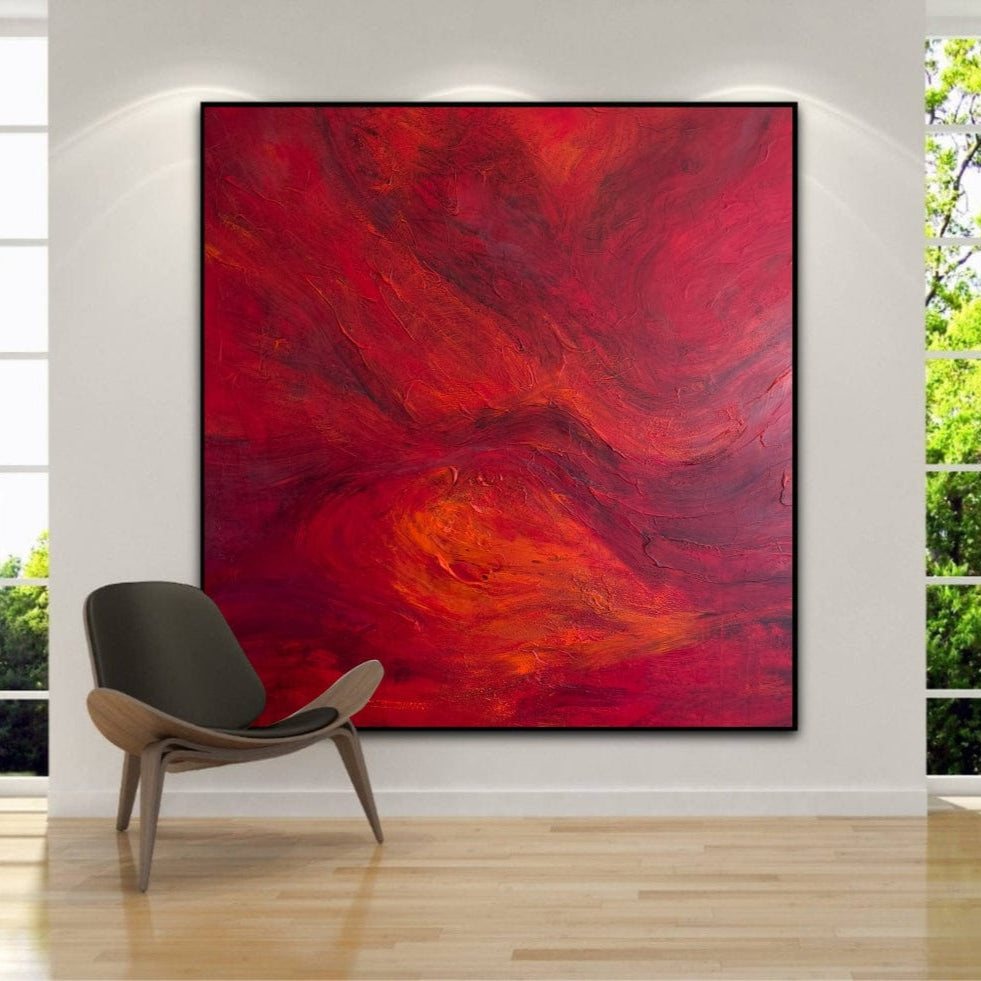
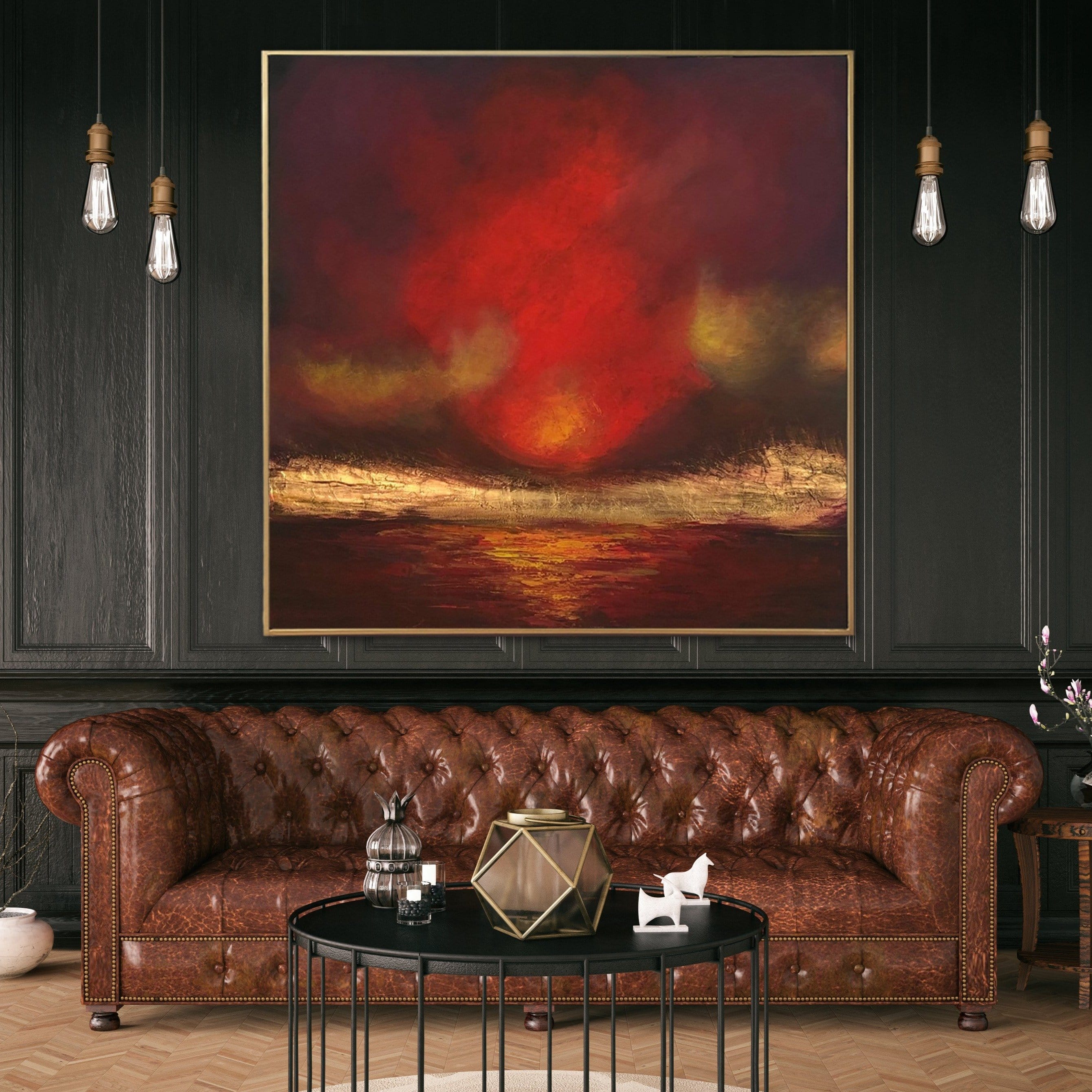
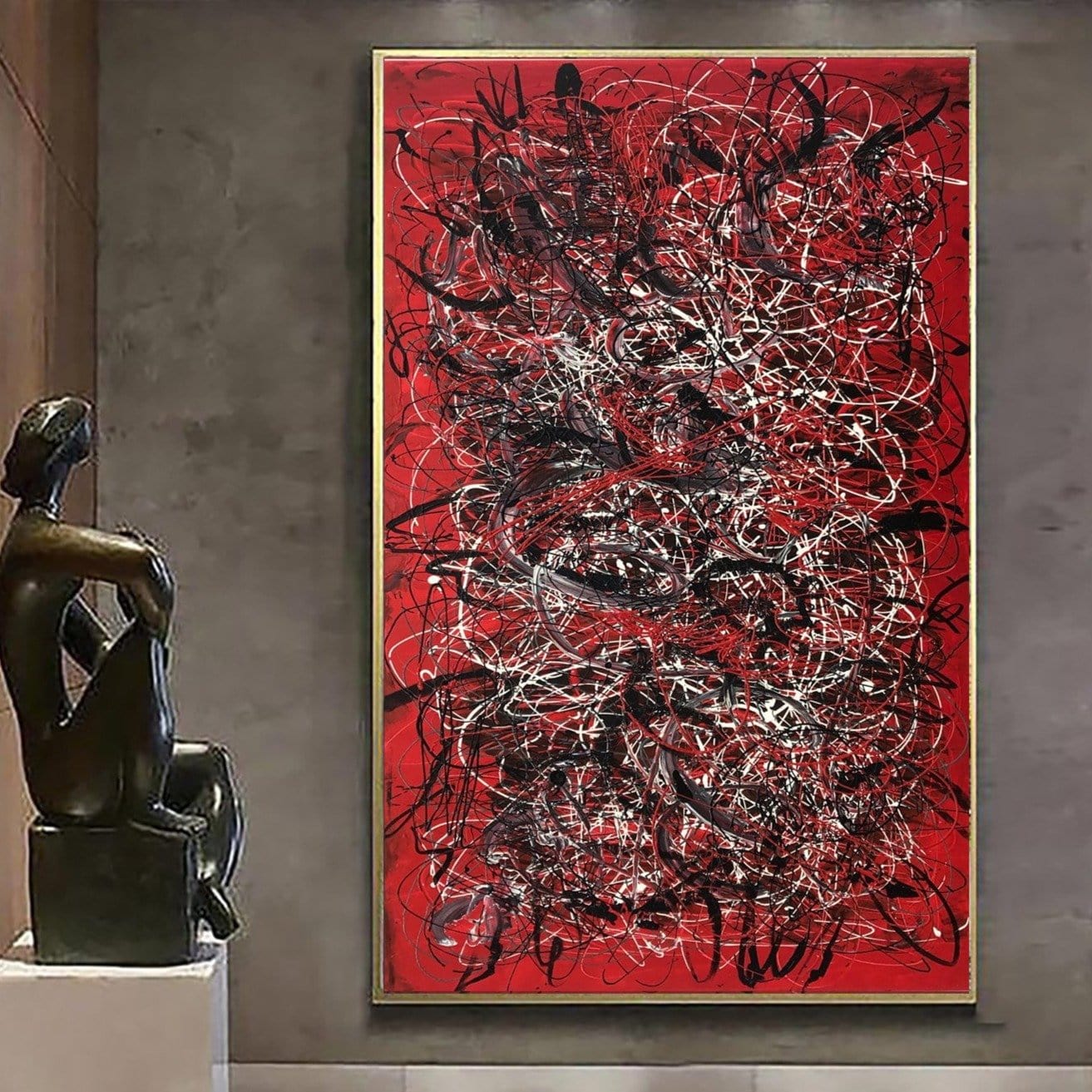
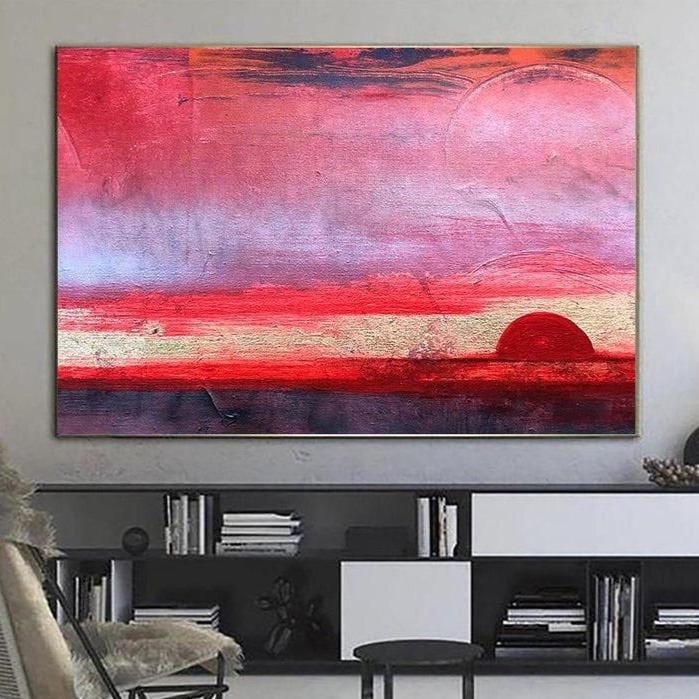
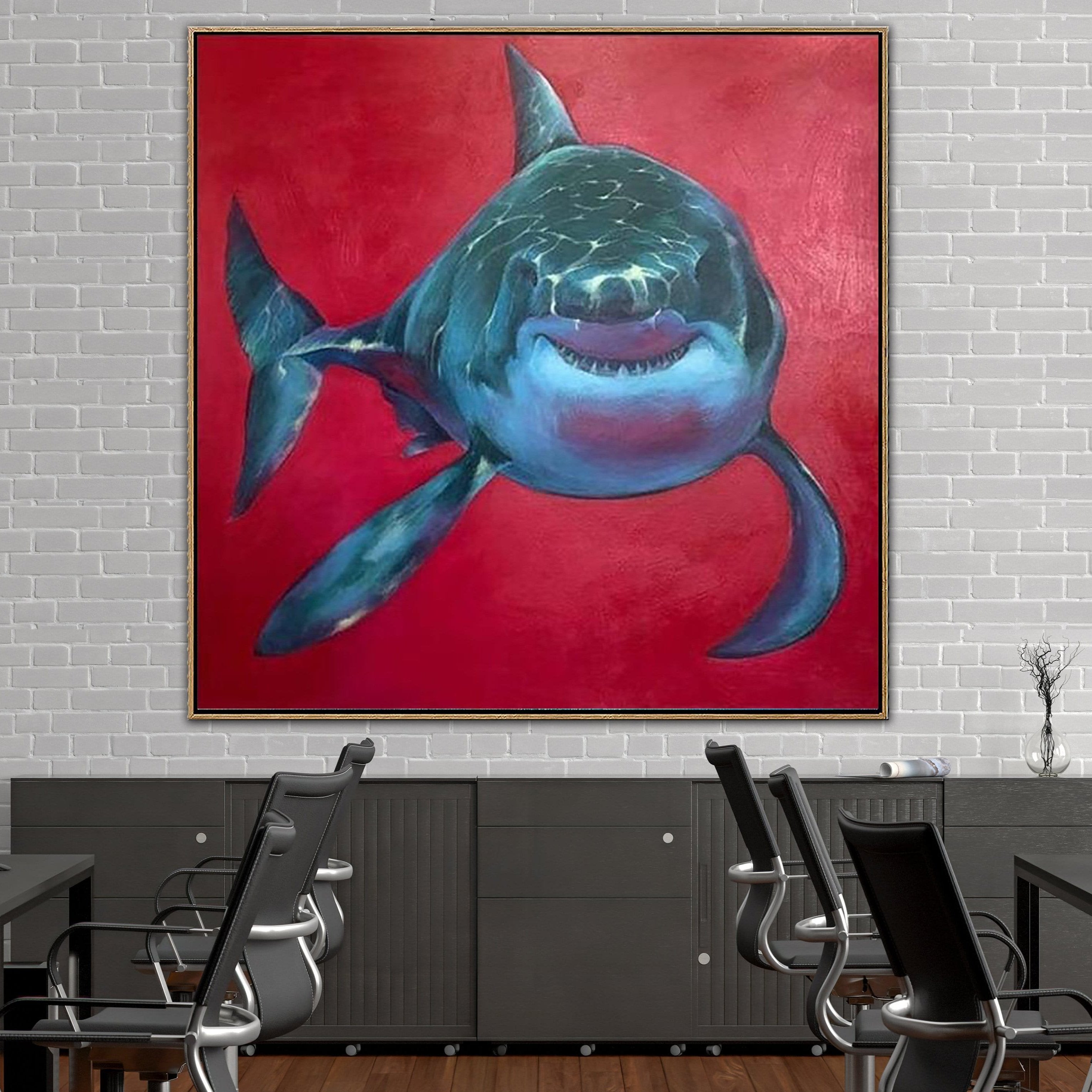
- Blue is the embodiment of calm, contemplation and tranquility. Blue color means persistence, seriousness and dedication. This color relieves nervous tension, lowers blood pressure, and gives a sense of security. However, an overdose of blue can cause a state of fear and emotional depression. Therefore, you should not overload the interior with deep blue, especially if the room has little natural light or the windows face north - northeast.
The most suitable place for blue is a bedroom, as it brings along sound sleep. Blue in the living room is well suited for walls with paintings of light or contrasting colors, as well as in decorative items. A painting in blue tones will help you calm down and tune in to a quiet, calm evening.
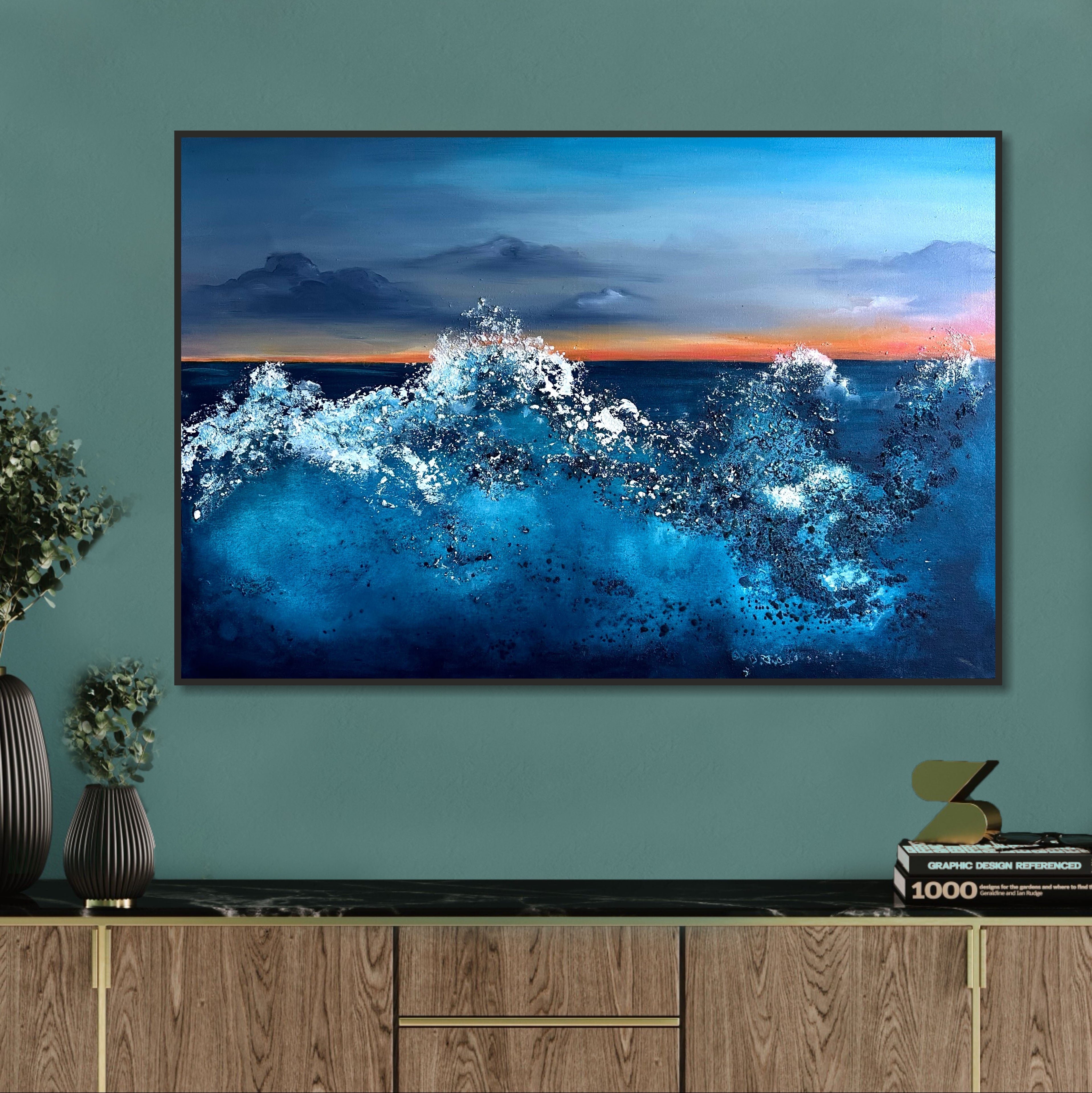
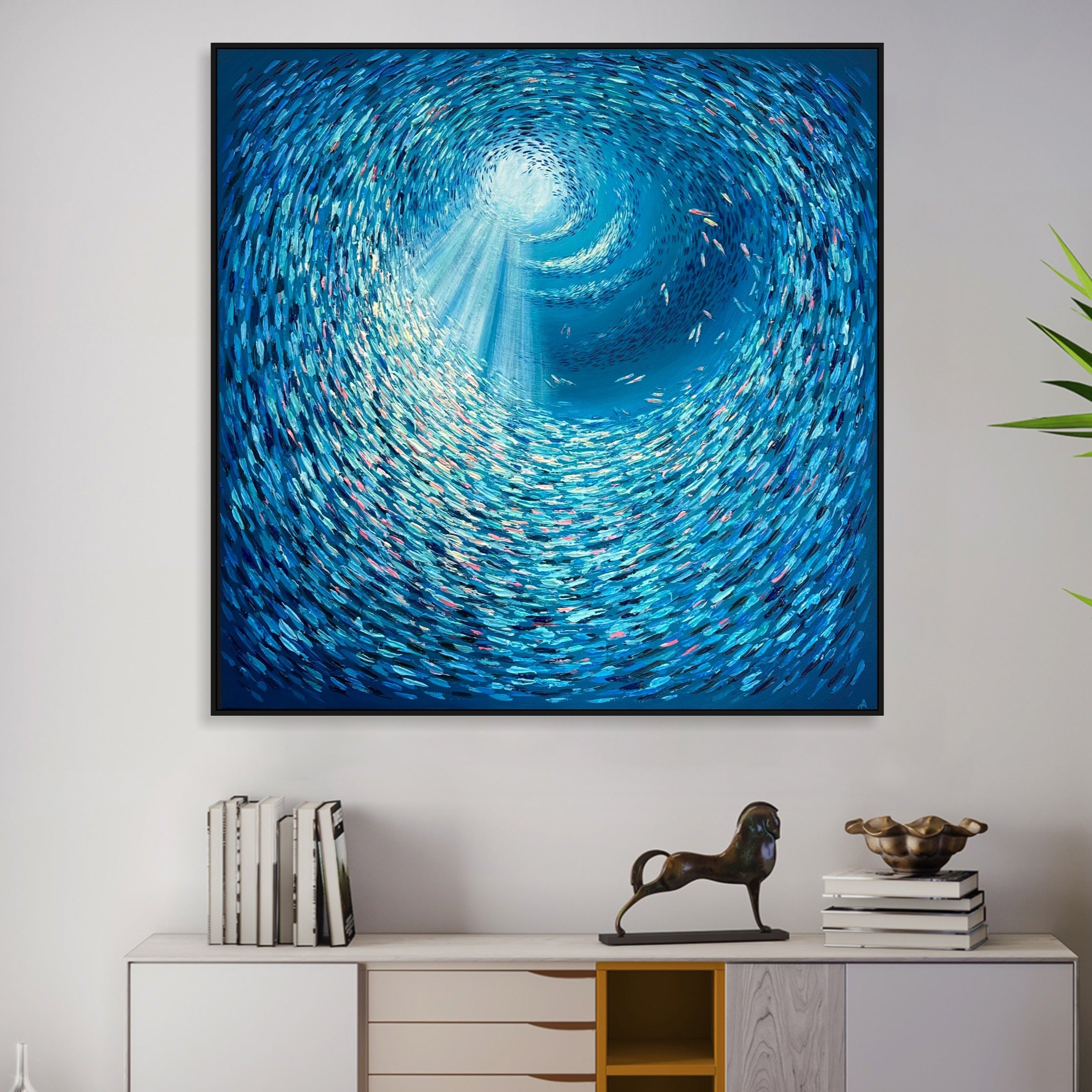
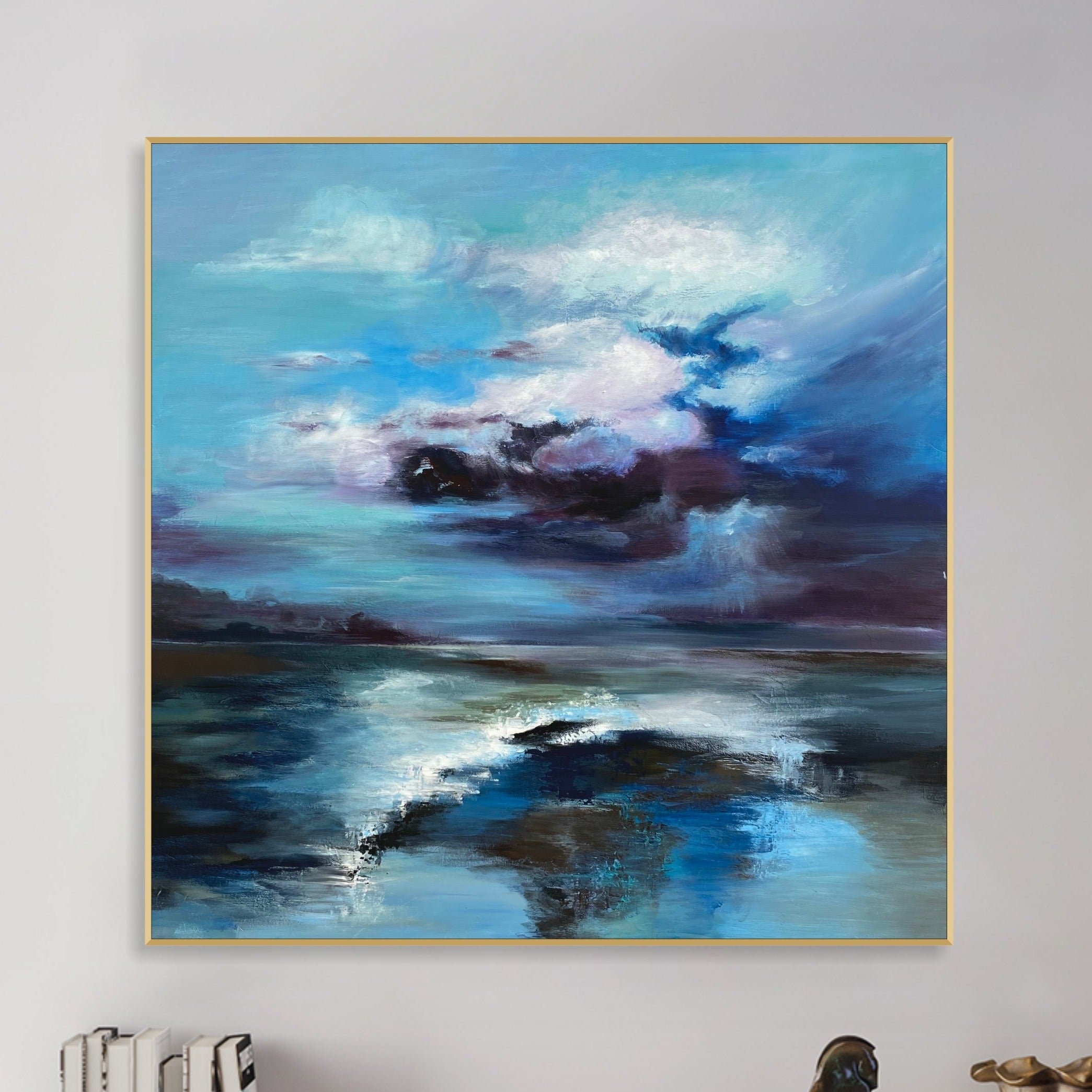

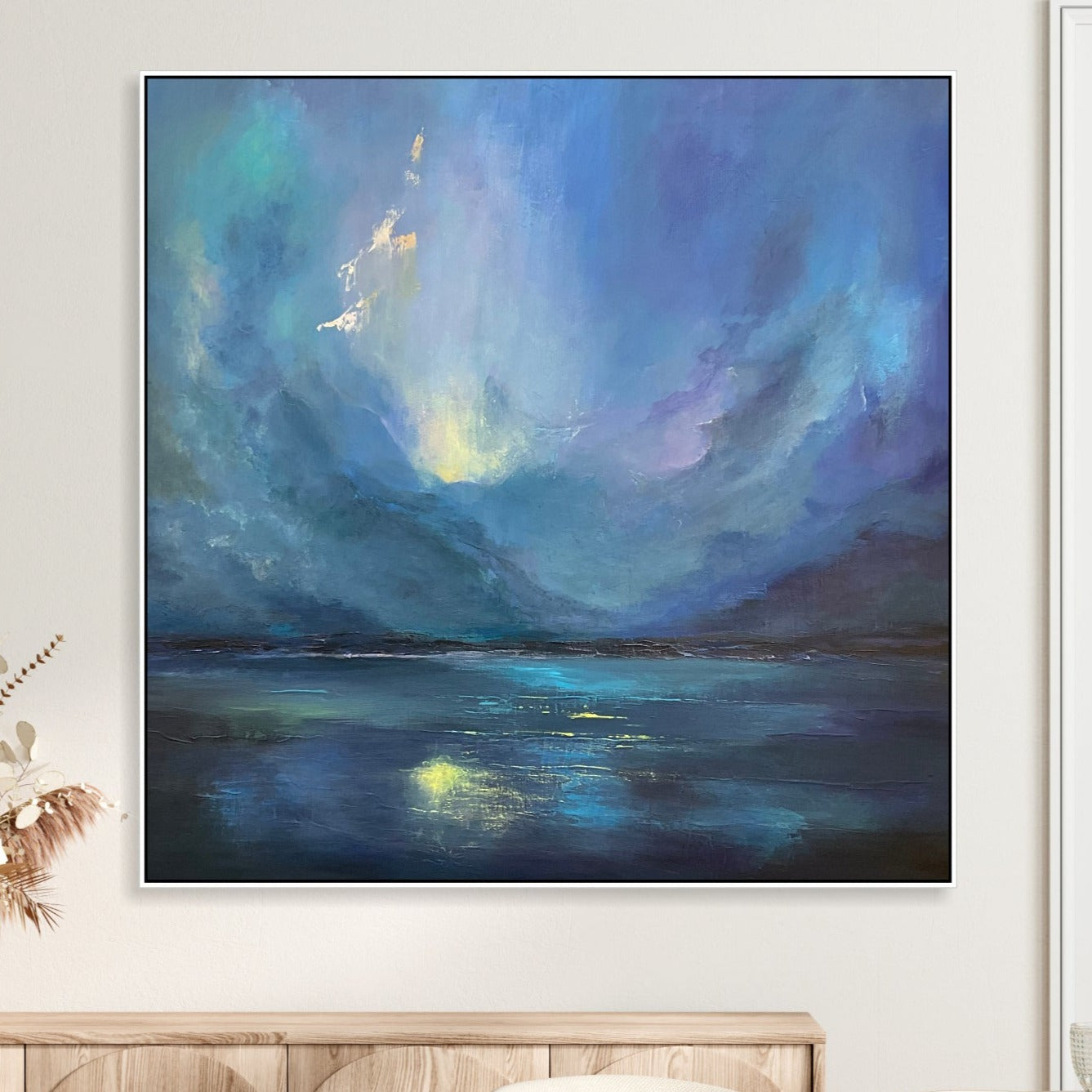
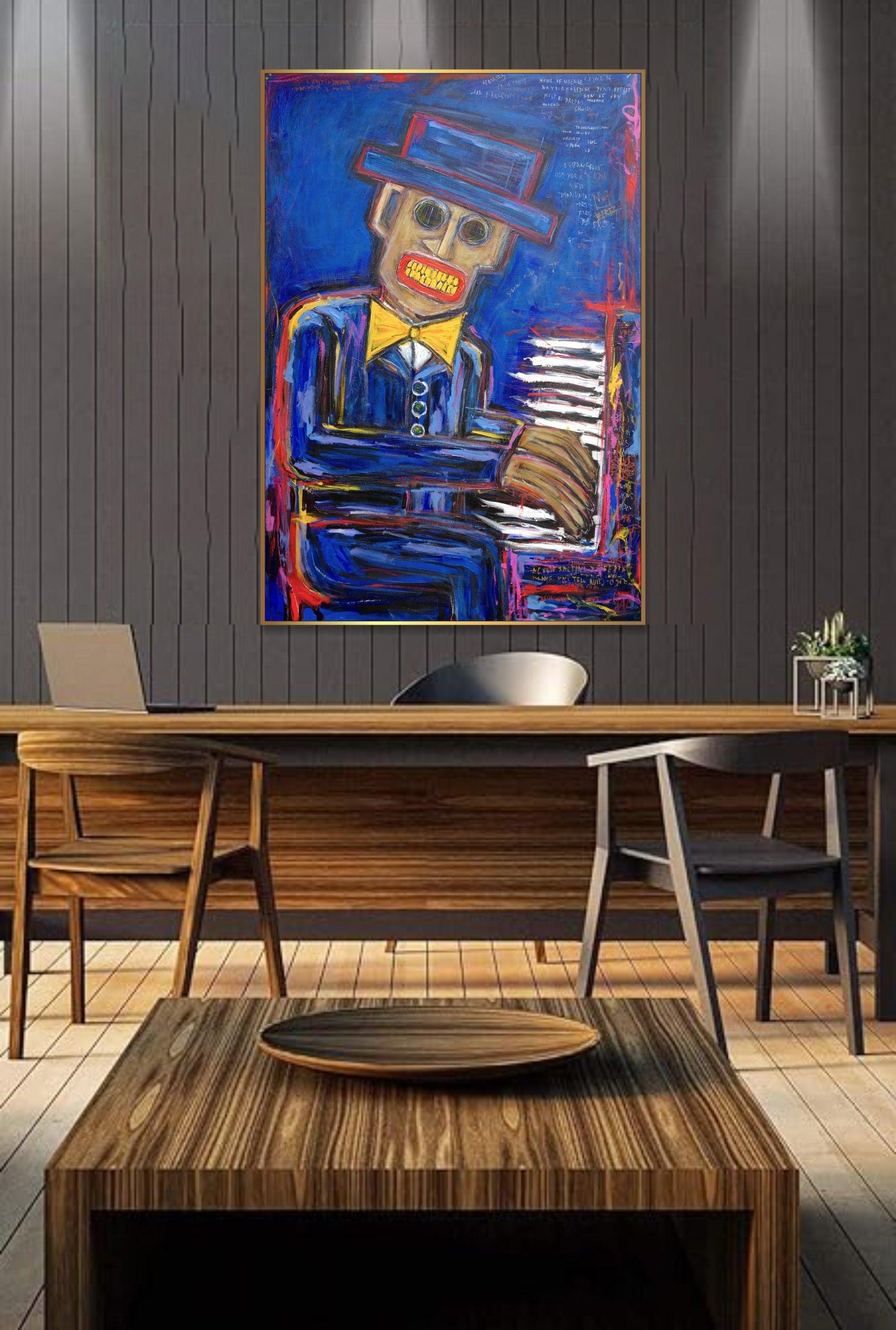
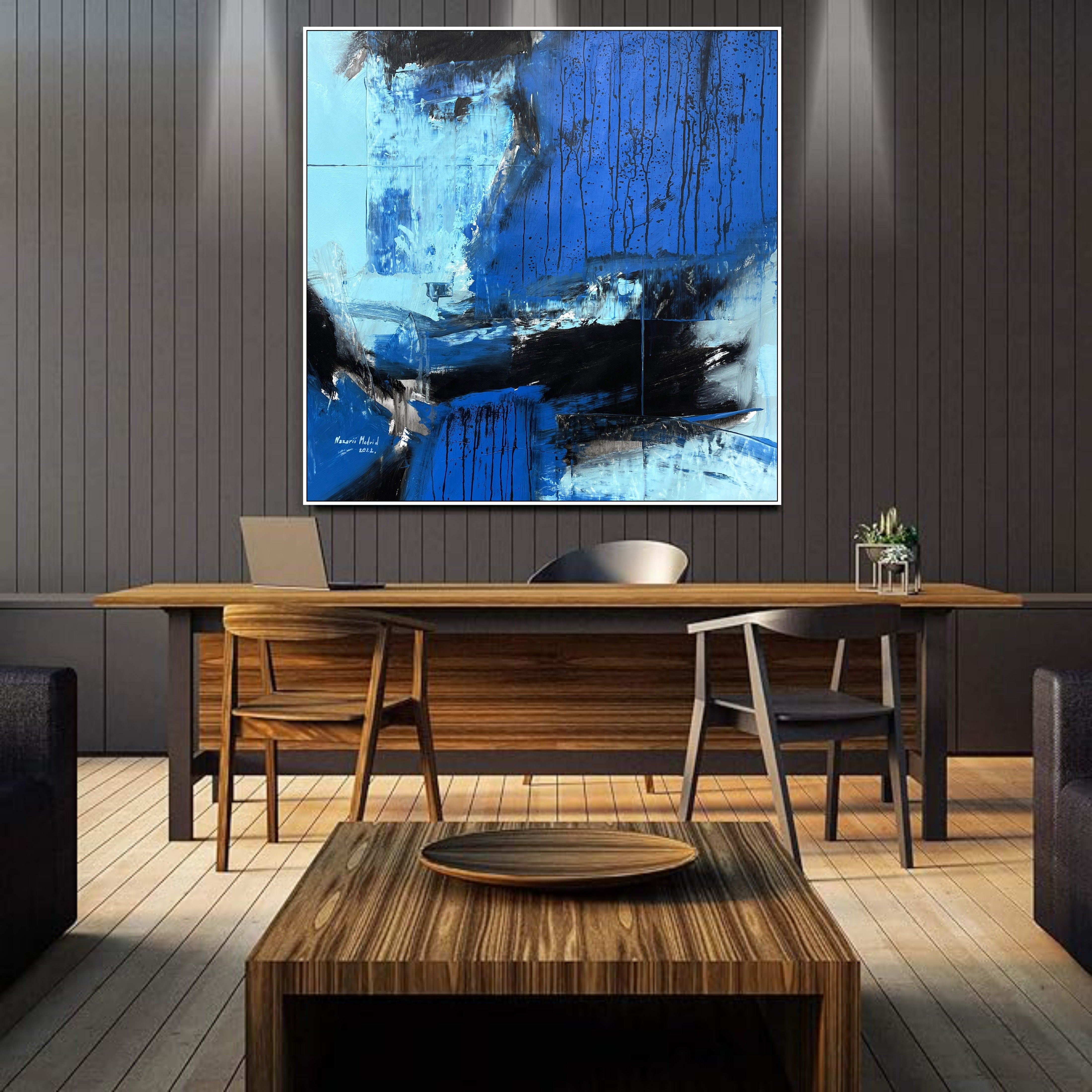
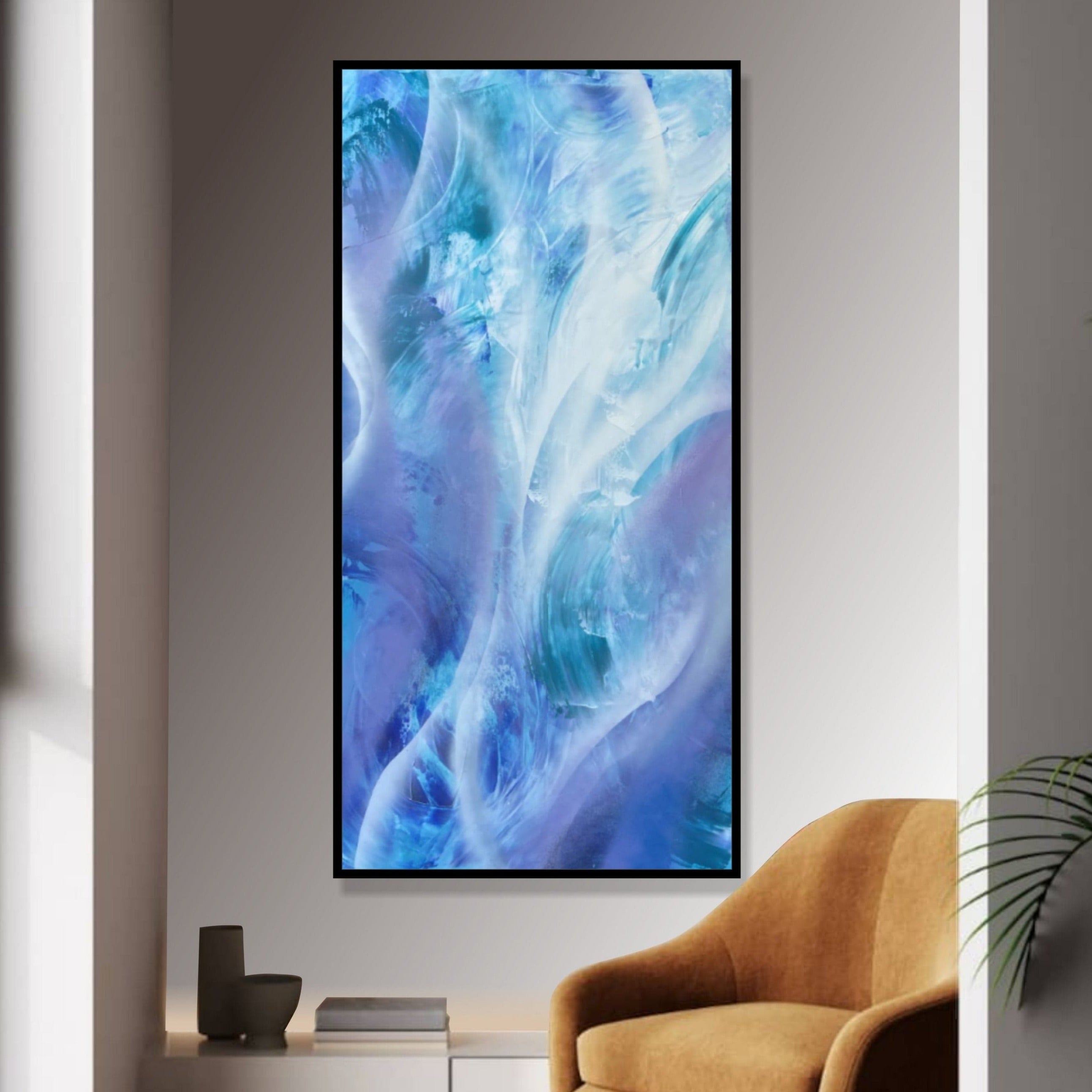
- Yellow represents cheerfulness, optimism and creativity. It stimulates brain activity, instills self-confidence and diligence. This very active warm color fills the house with the energy of the sun and vigorous activity, but like any overly active color, it should be used very carefully in the interior design.
Do not cover large surfaces with it. Be sure to balance it with calmer or contrasting color spots. Cheerful yellow is best in a children’s room or in the kitchen.
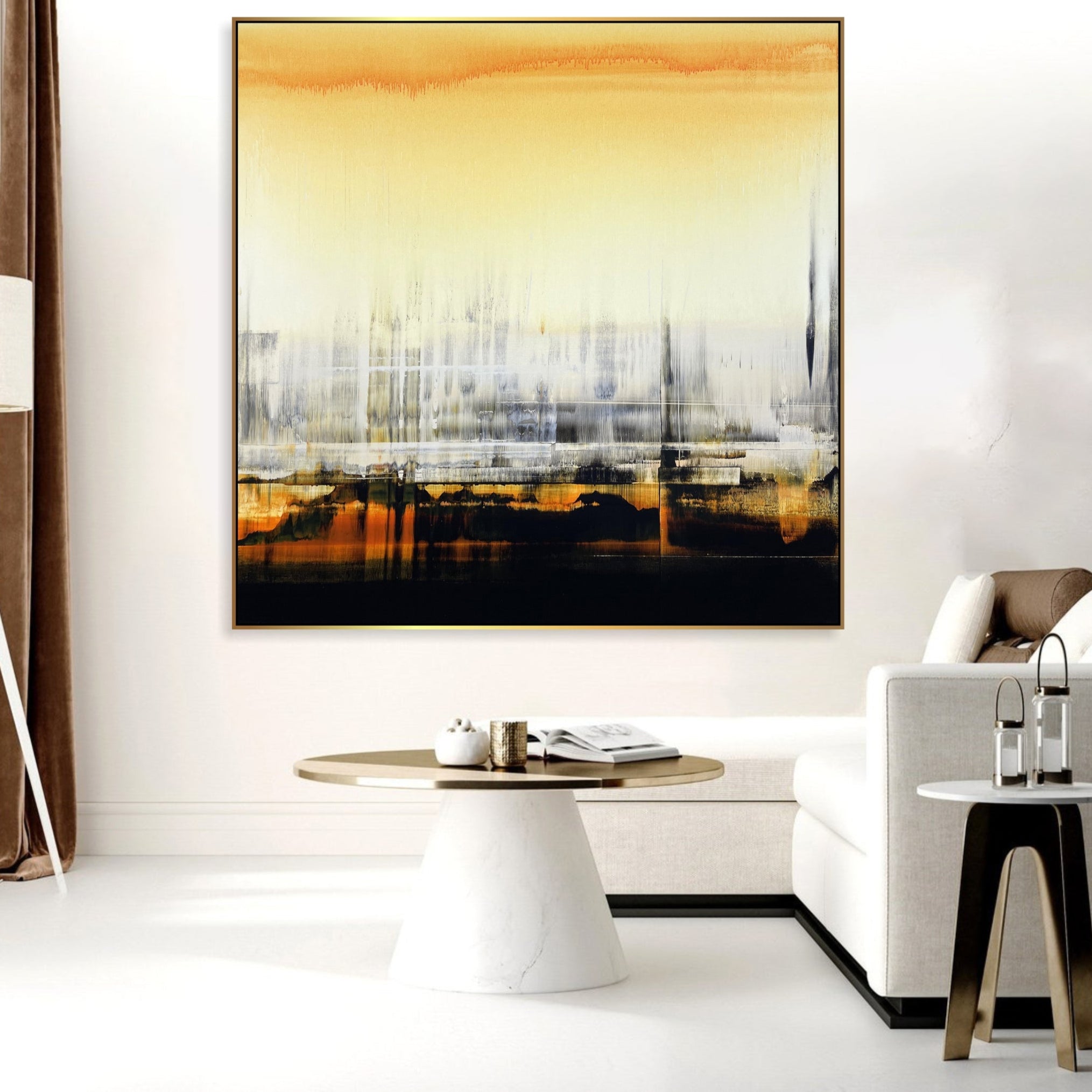
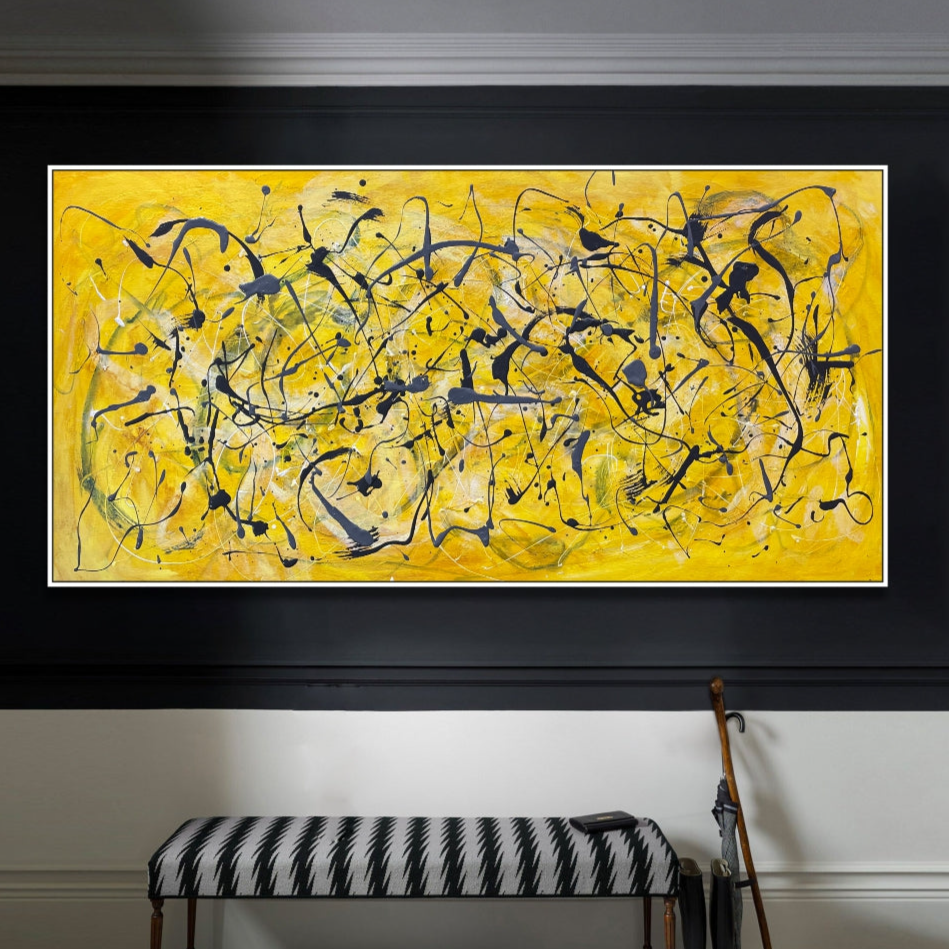
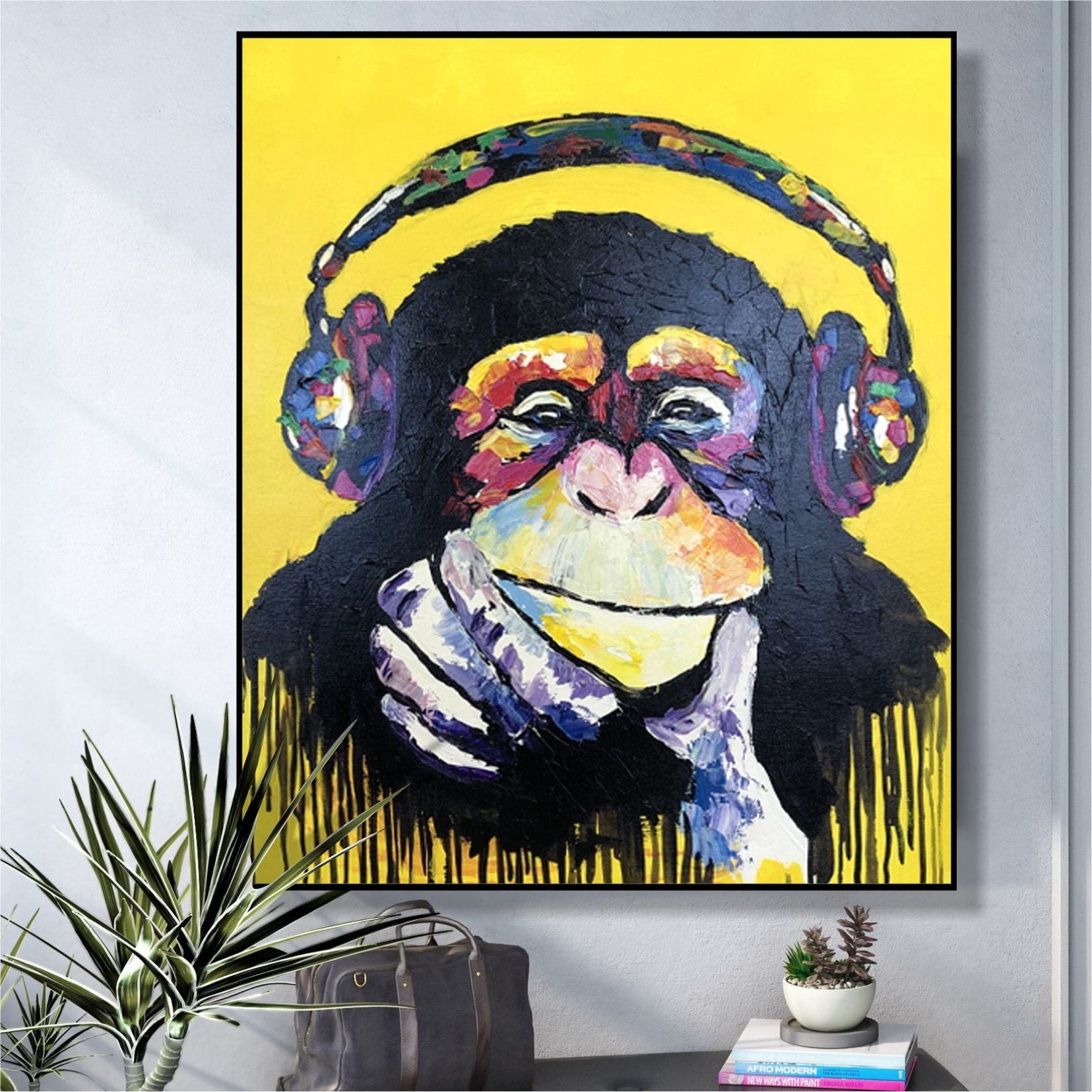
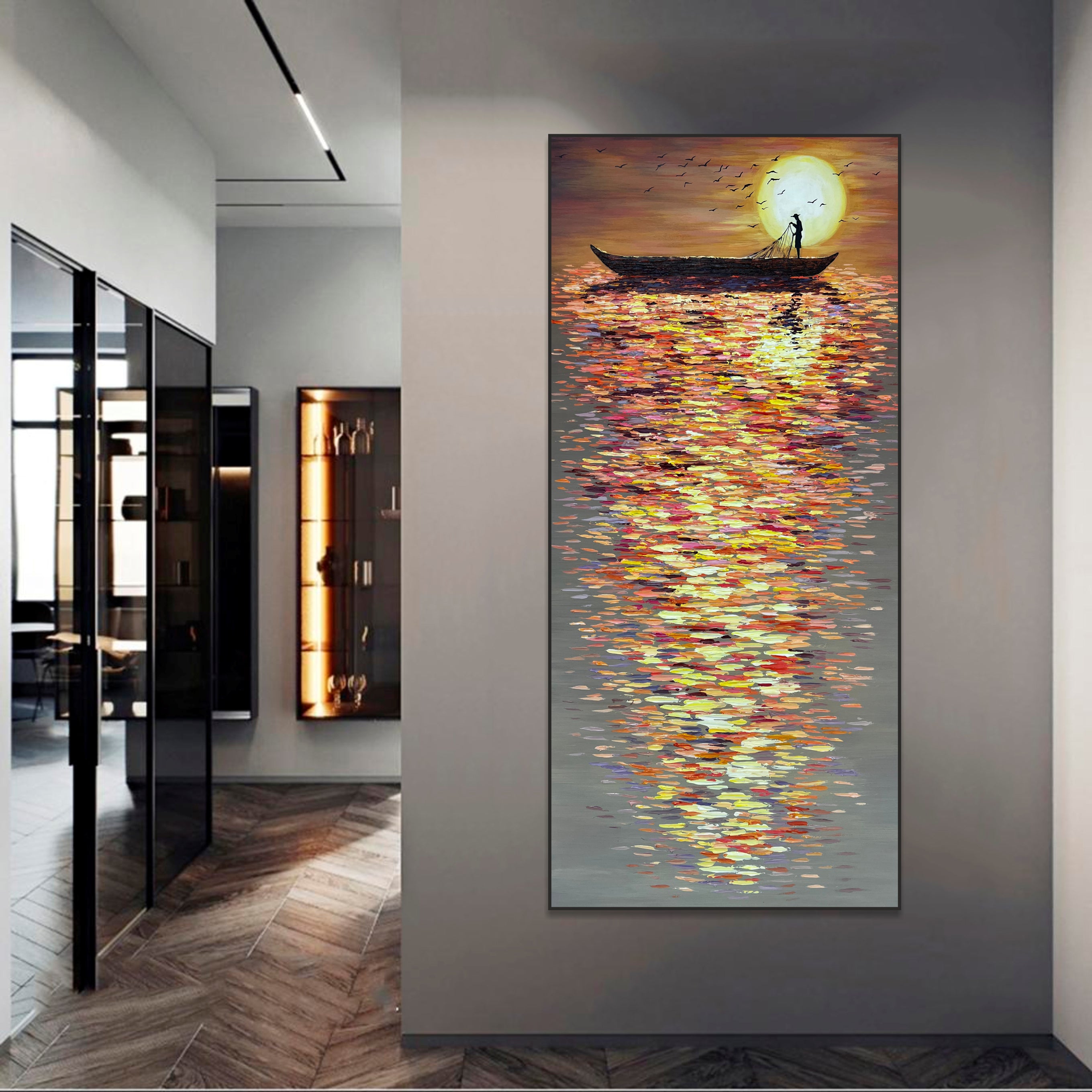
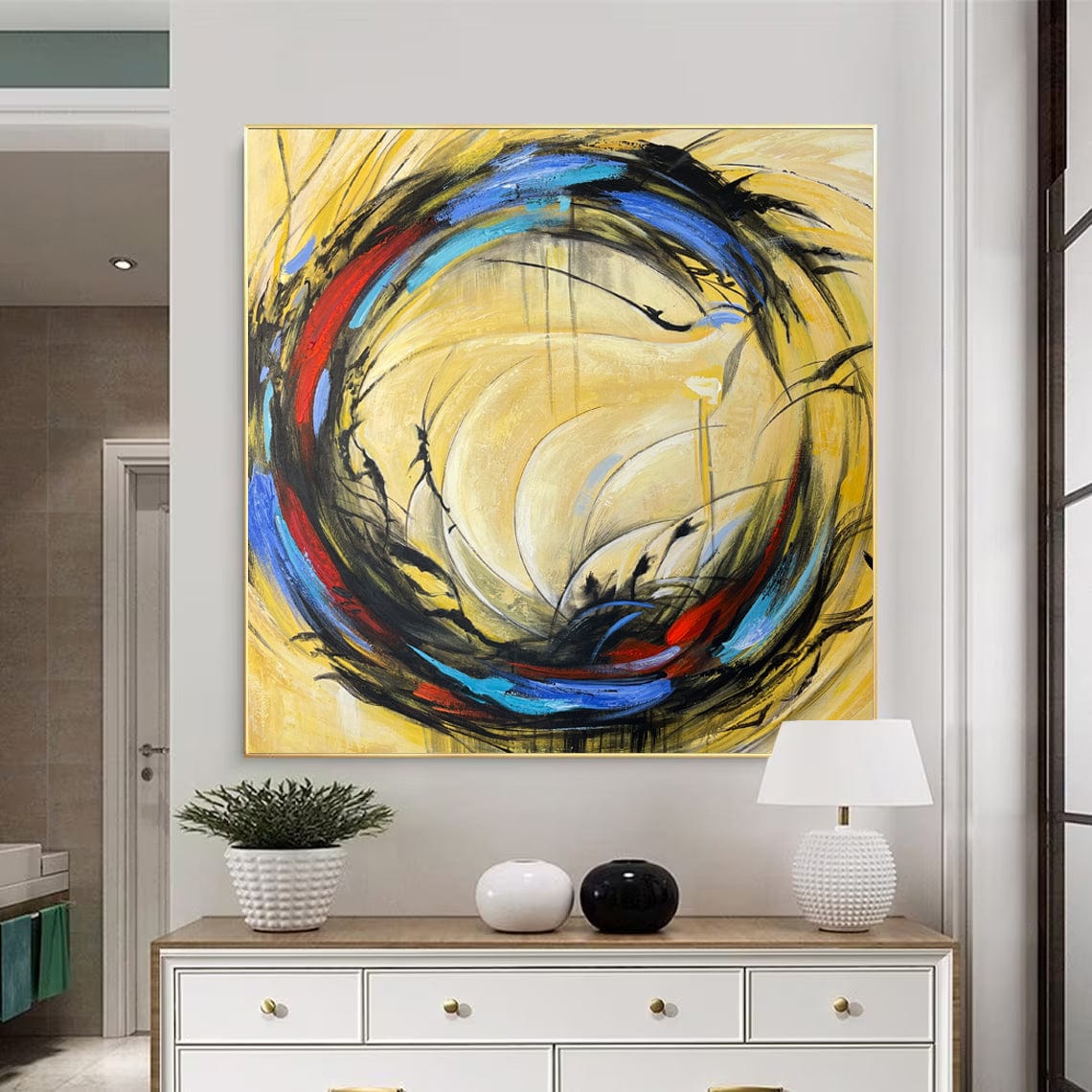
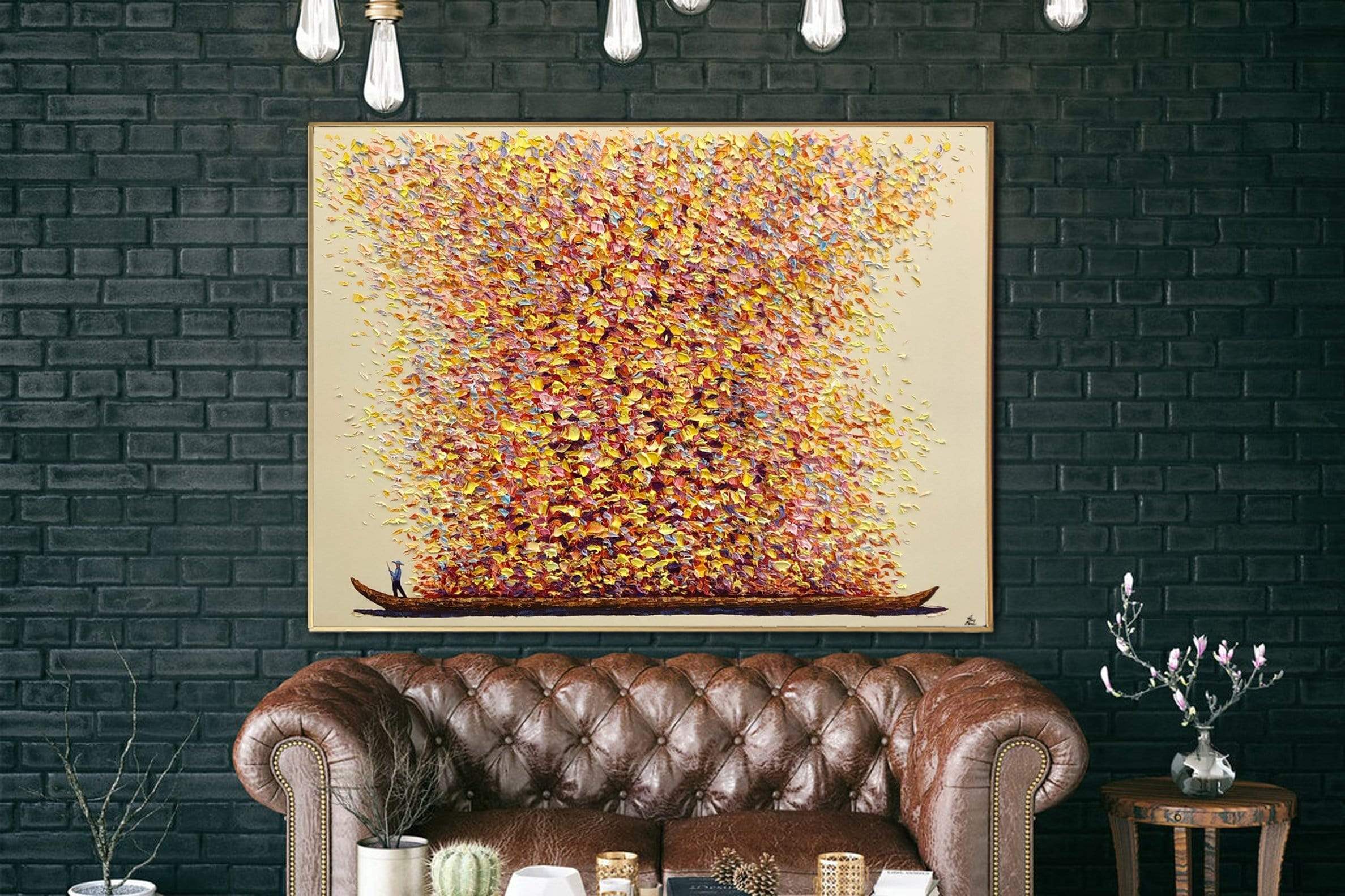
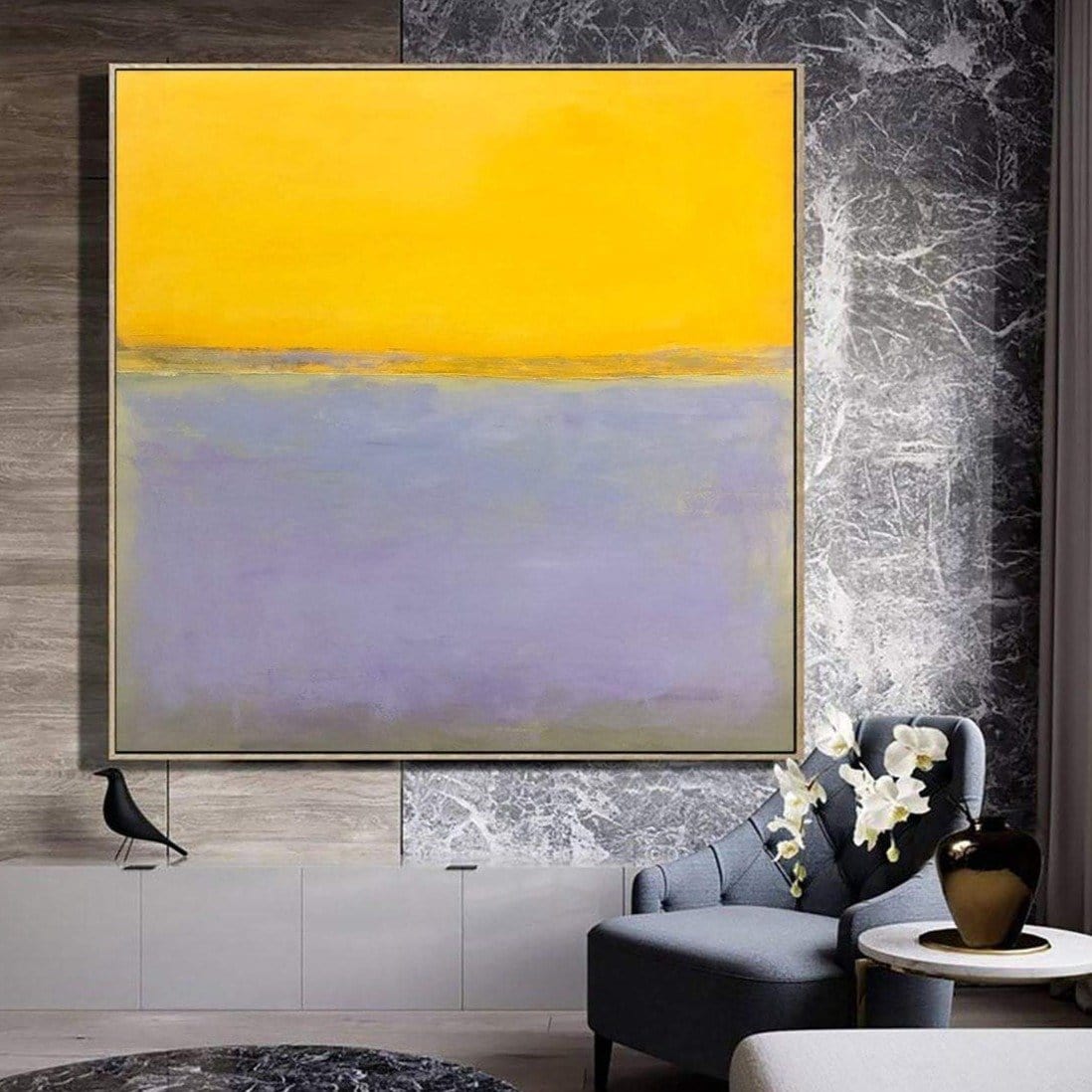
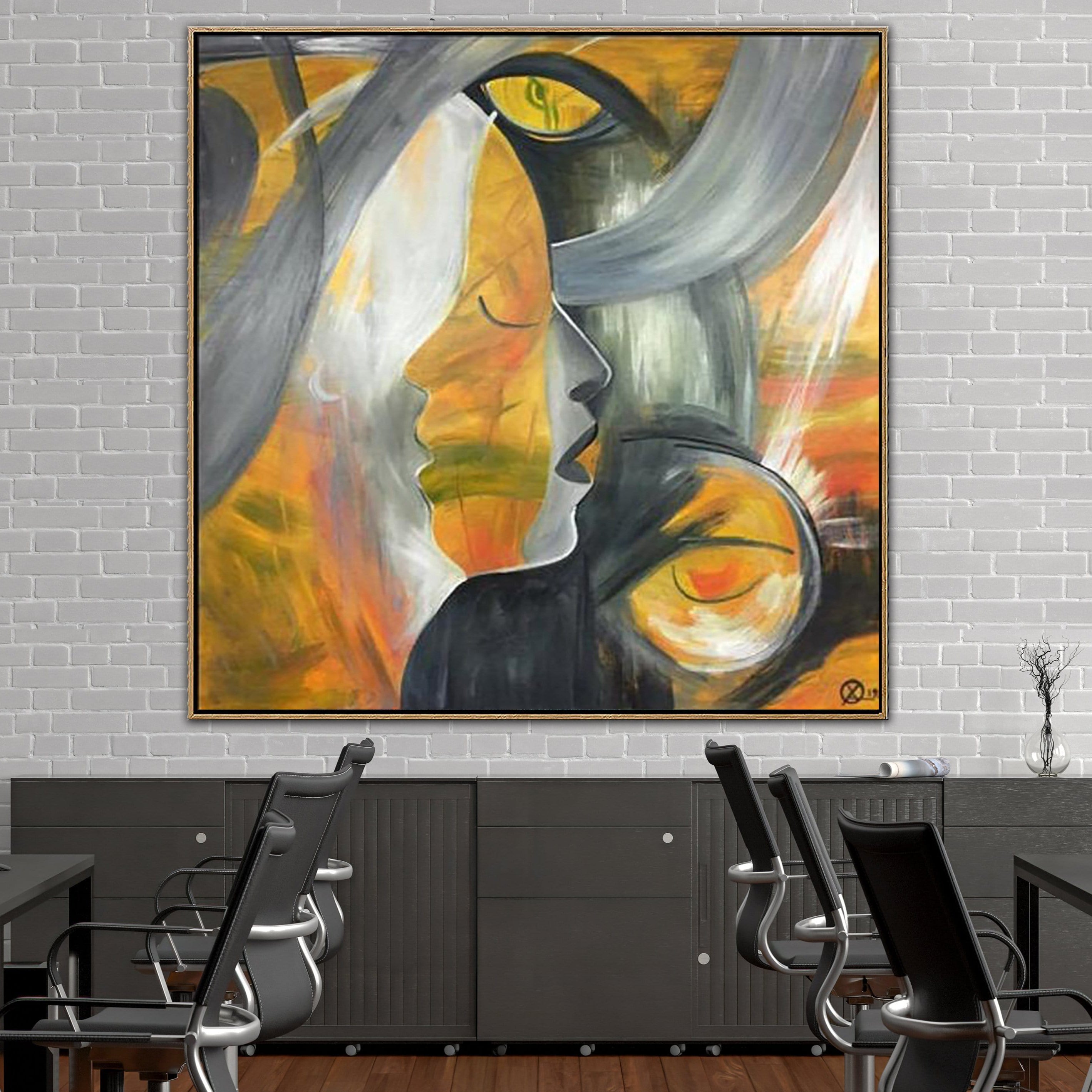
- Green represents nature, life, creativity, energy. The color stimulates the will, increases self-esteem. It relaxes, soothes, lowers blood pressure, and relieves headaches. It is very pleasant for the eyes, but in its pure form it is better to use it as an accent color spot, for example, hang a picture in green tones.
Shades of green - olive, khaki, light green and so on can be used as the main working color. It is good in the living room, the kitchen, and the study.

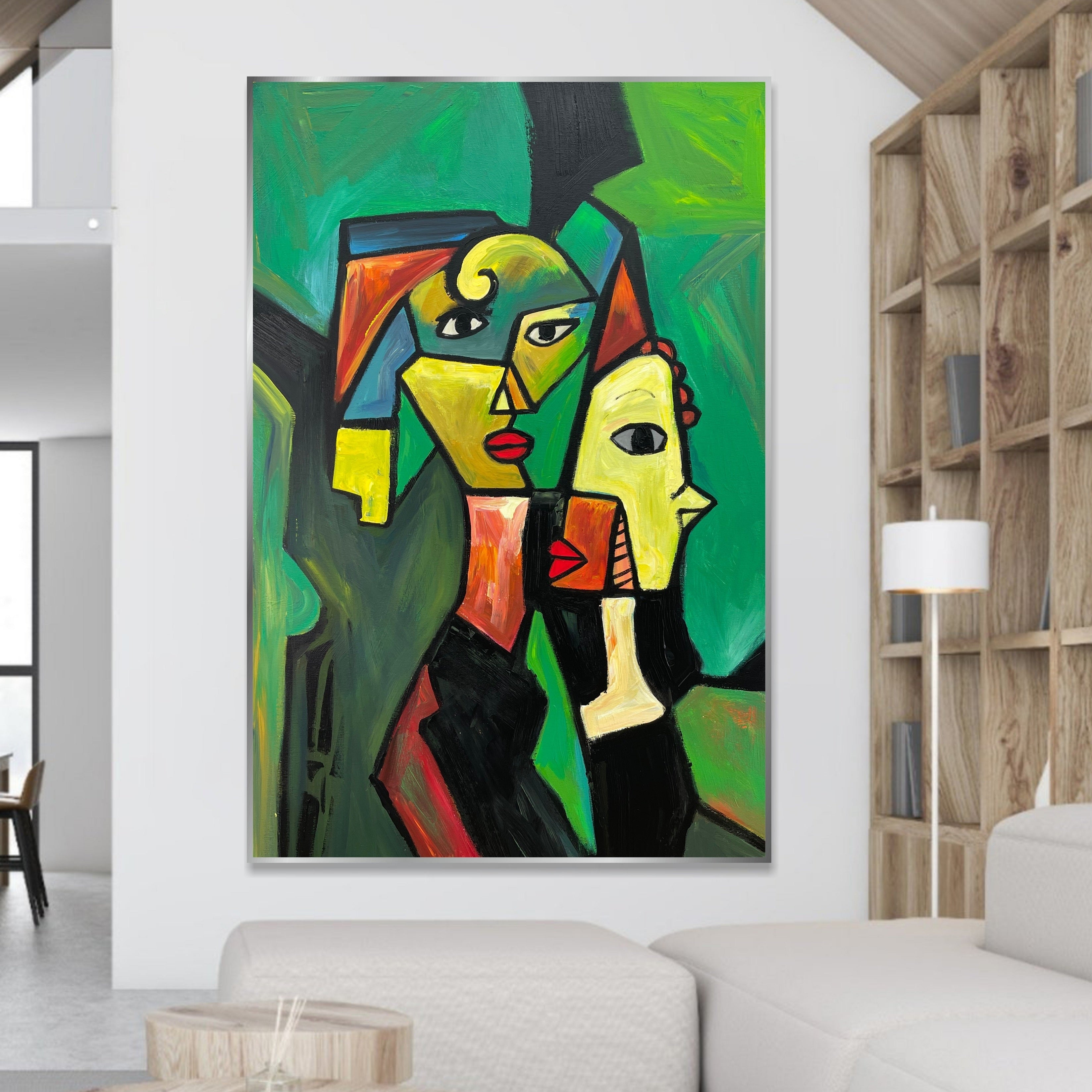
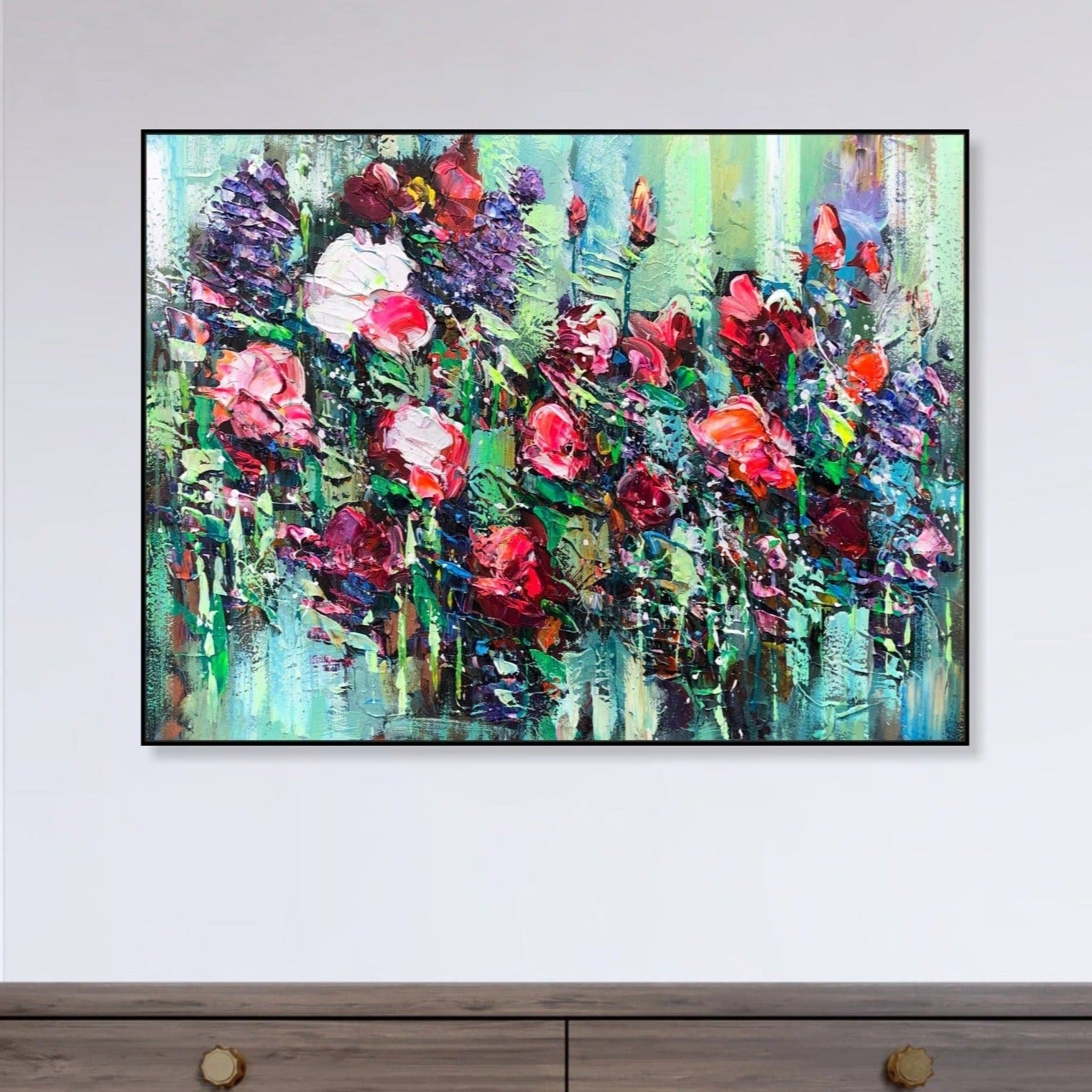
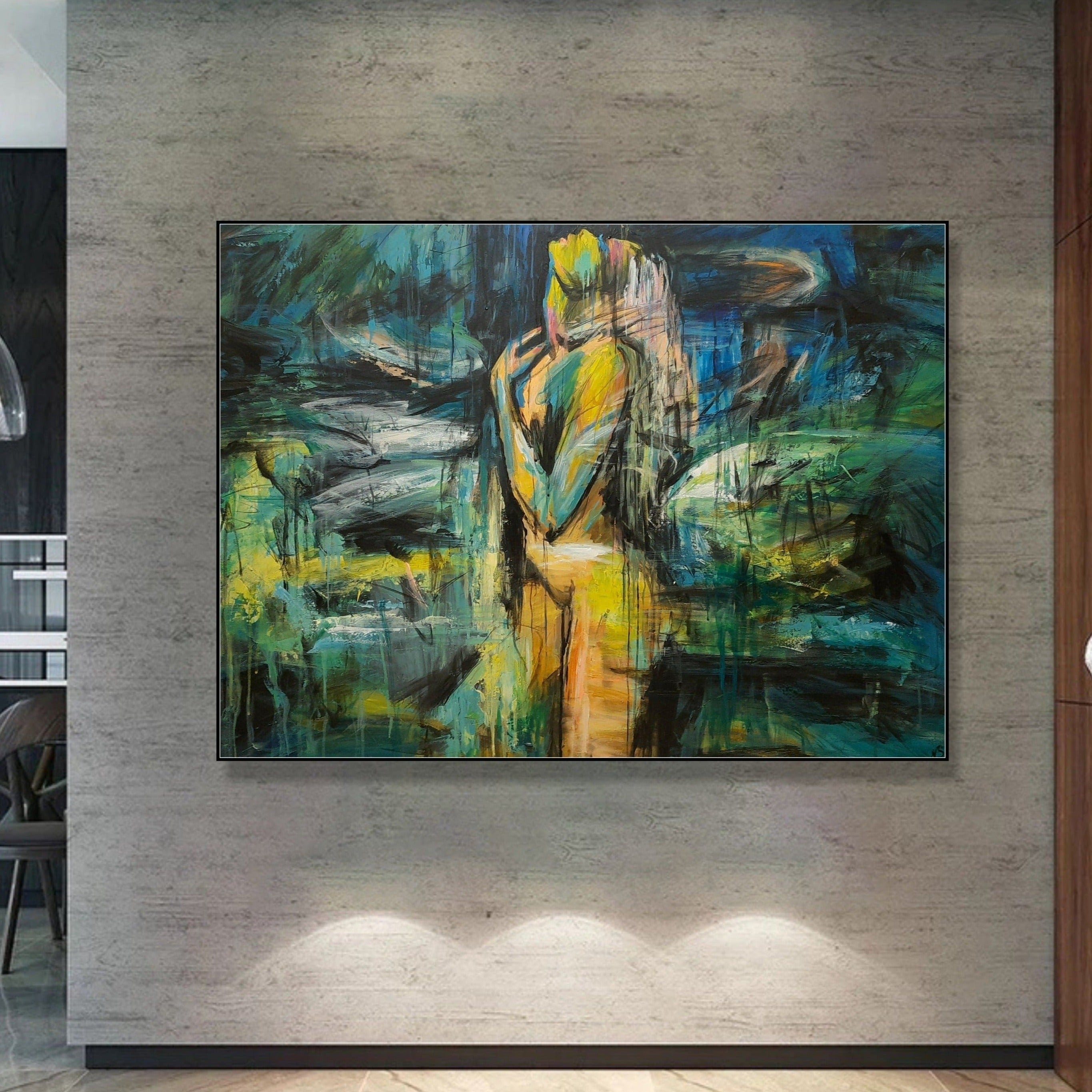
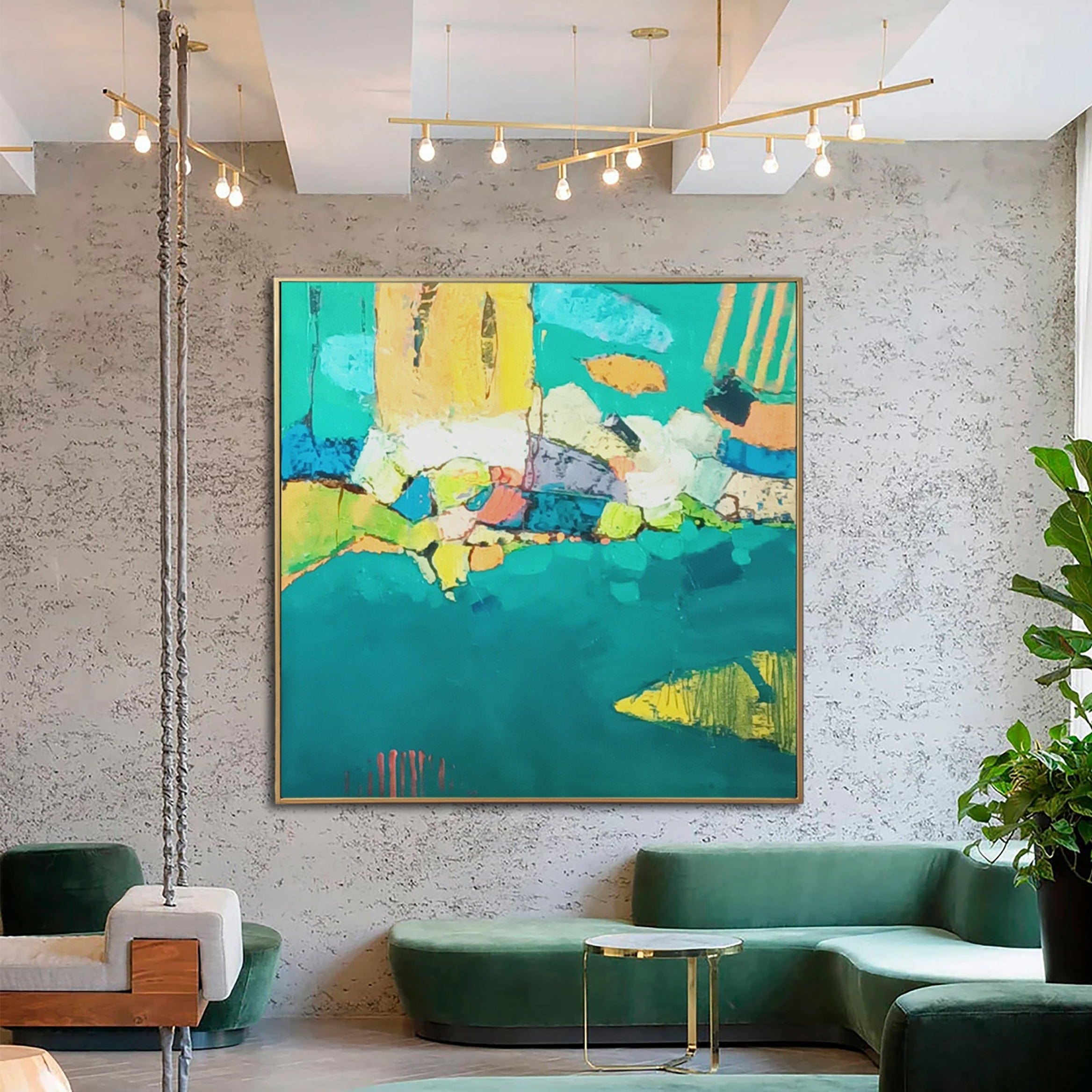
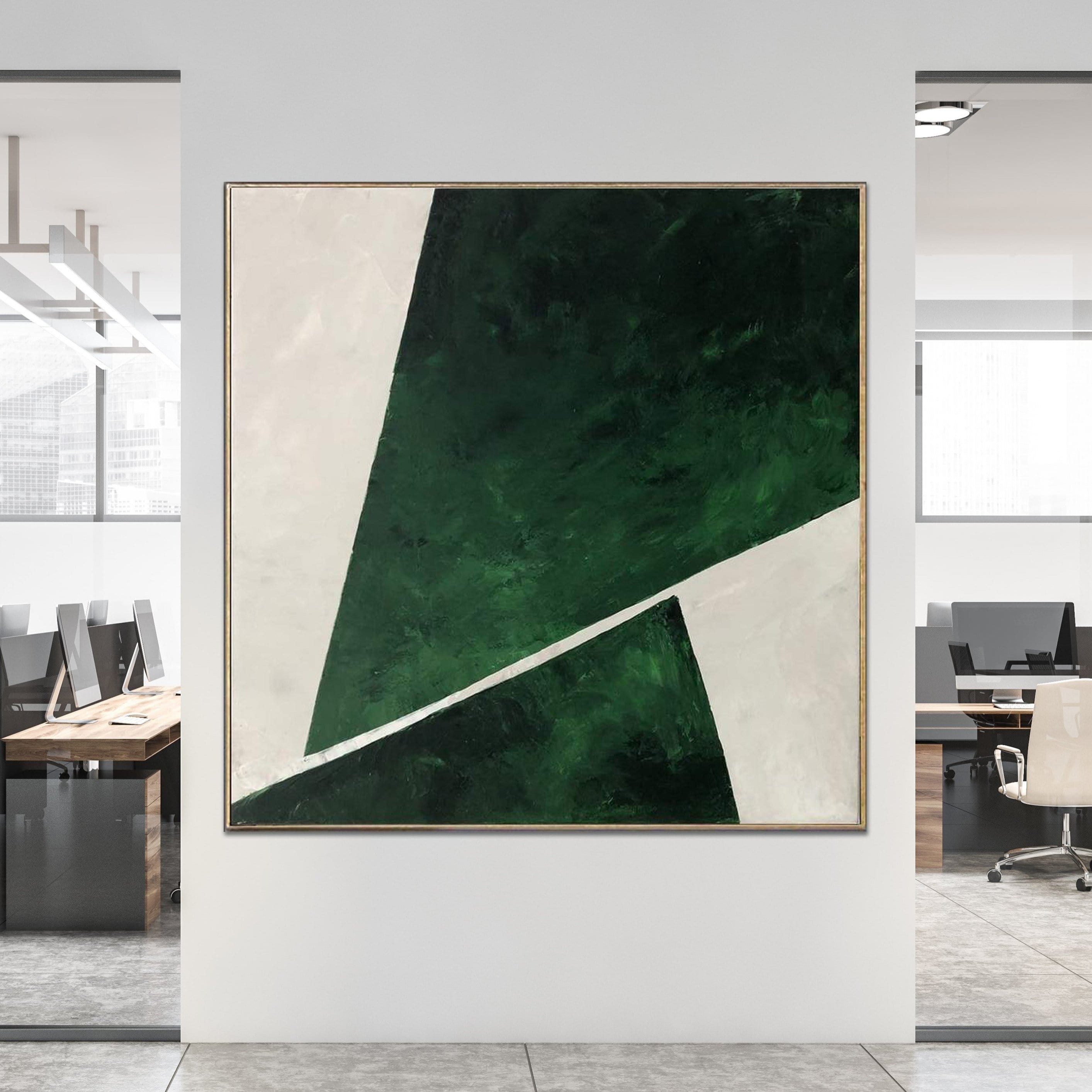
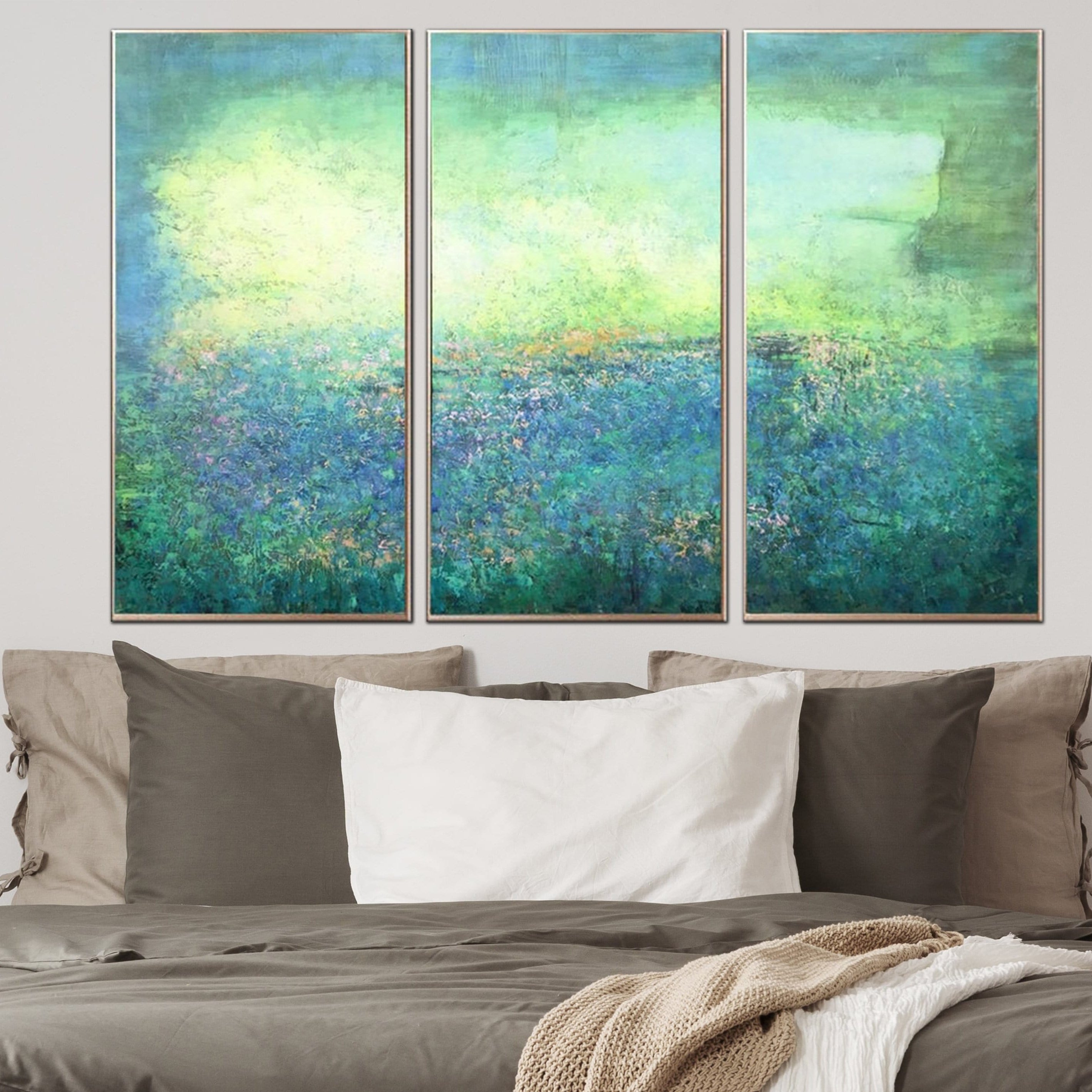
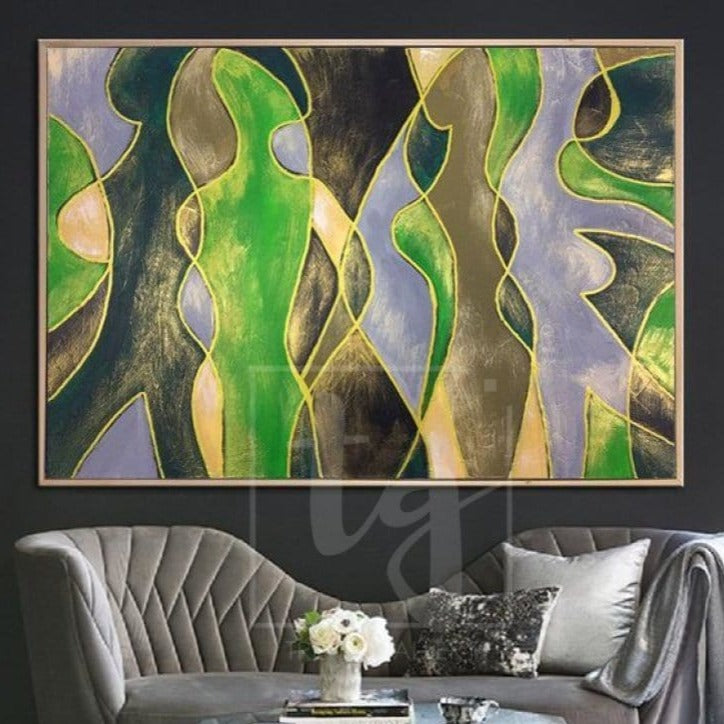
- Purple. It embodies mysticism and dreaminess. The psychology of color relates it to luxury, religion and sexuality. Purple objects and things intrigue and attract us. This is not a very common color in nature, and when used correctly, it stands out from the rest.
In addition, it denotes flexibility of thinking and knowledge. Purple activates work of internal organs (heart, lungs), affects the subconscious, awakens the spiritual principle. This color has very strong energy.
Too saturated purple can be tiring and even lead to nervous exhaustion, but pastel shades will look very advantageous.
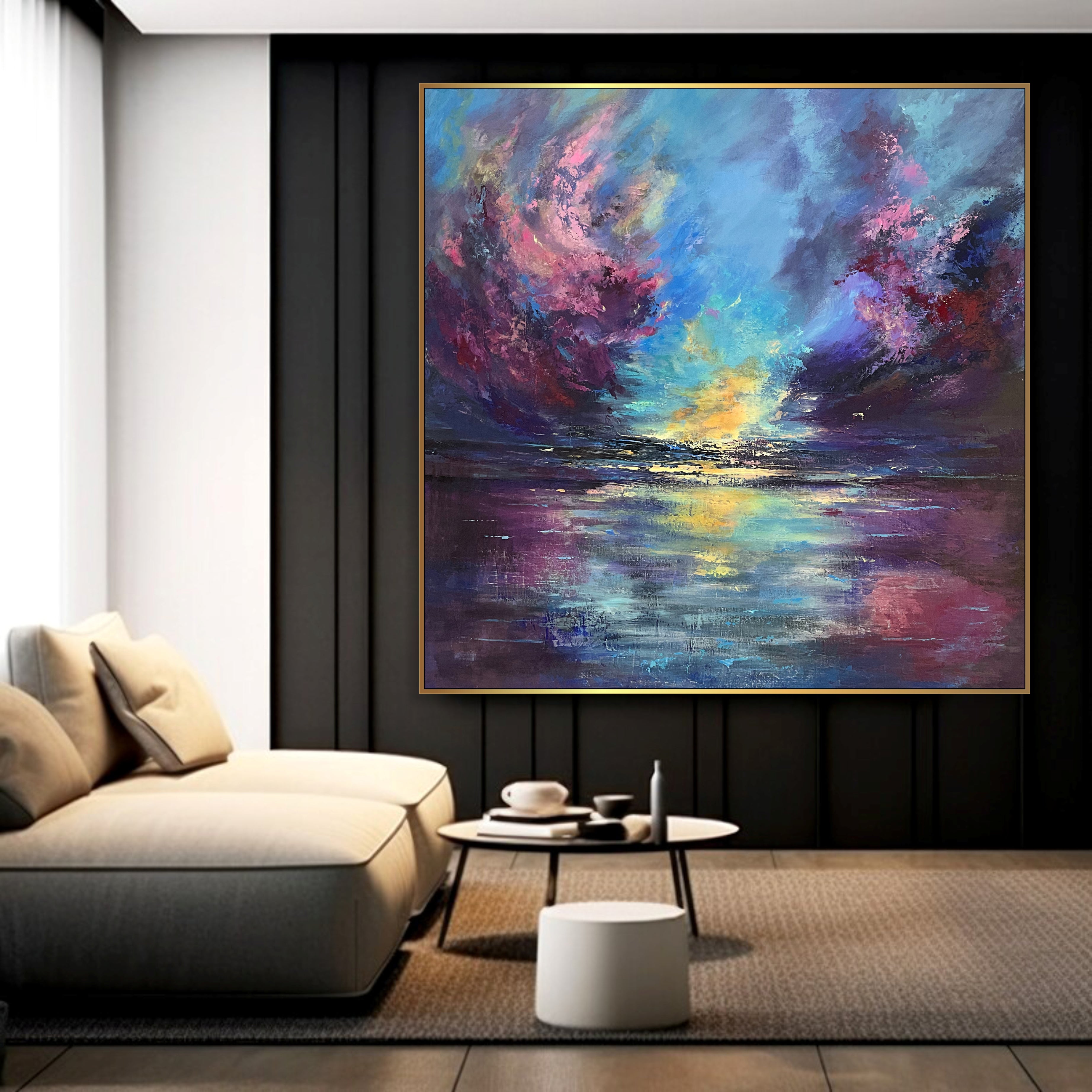
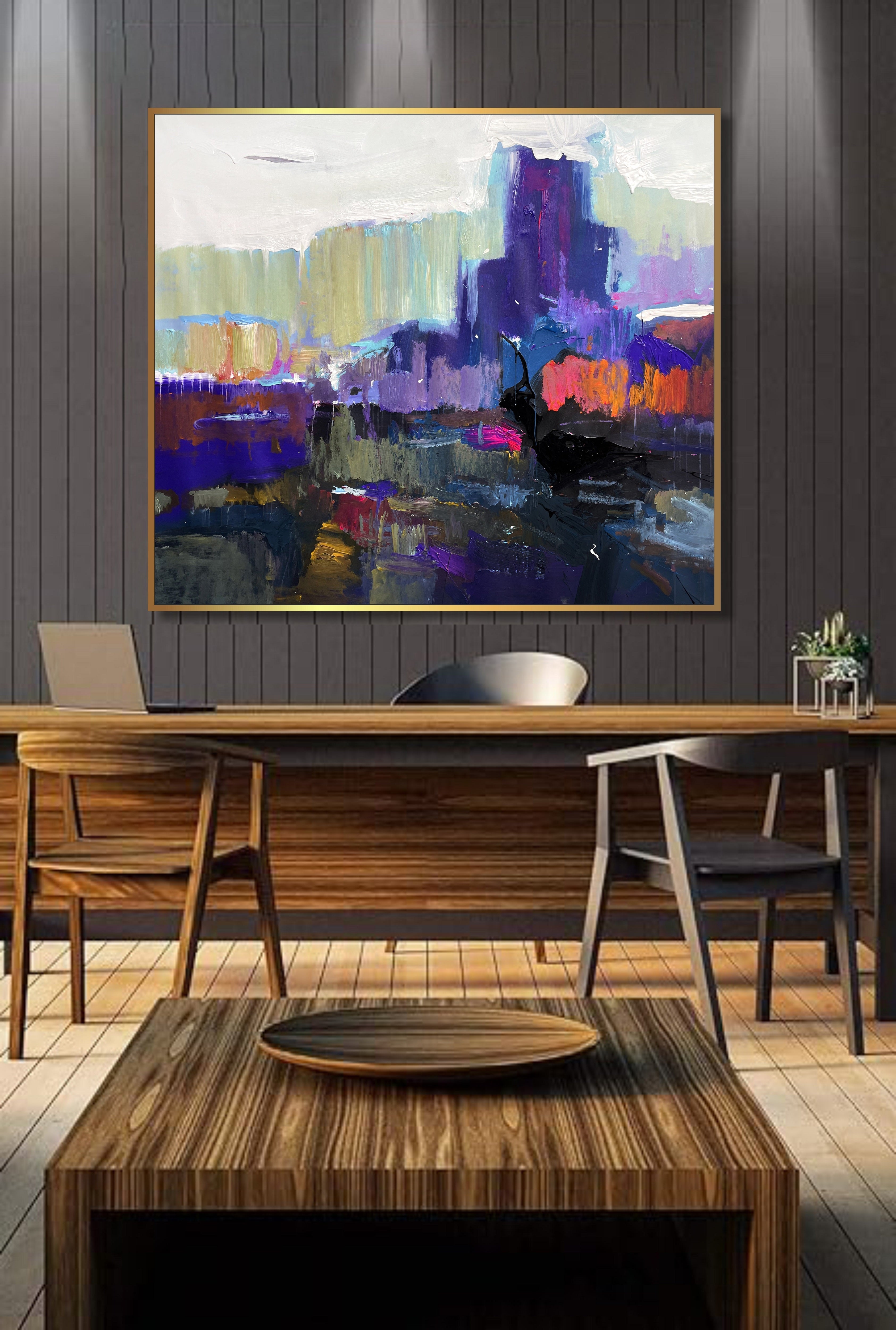
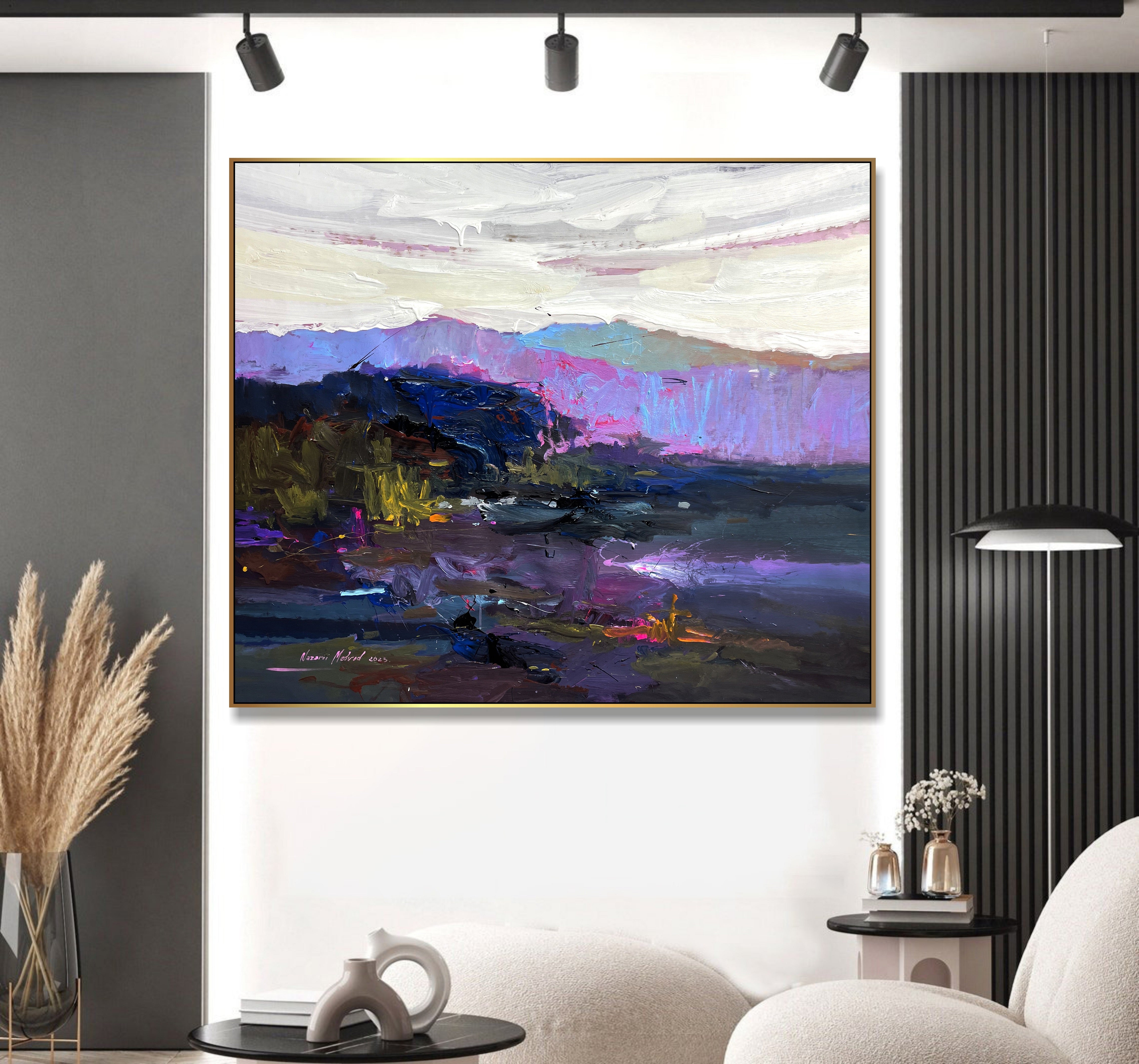
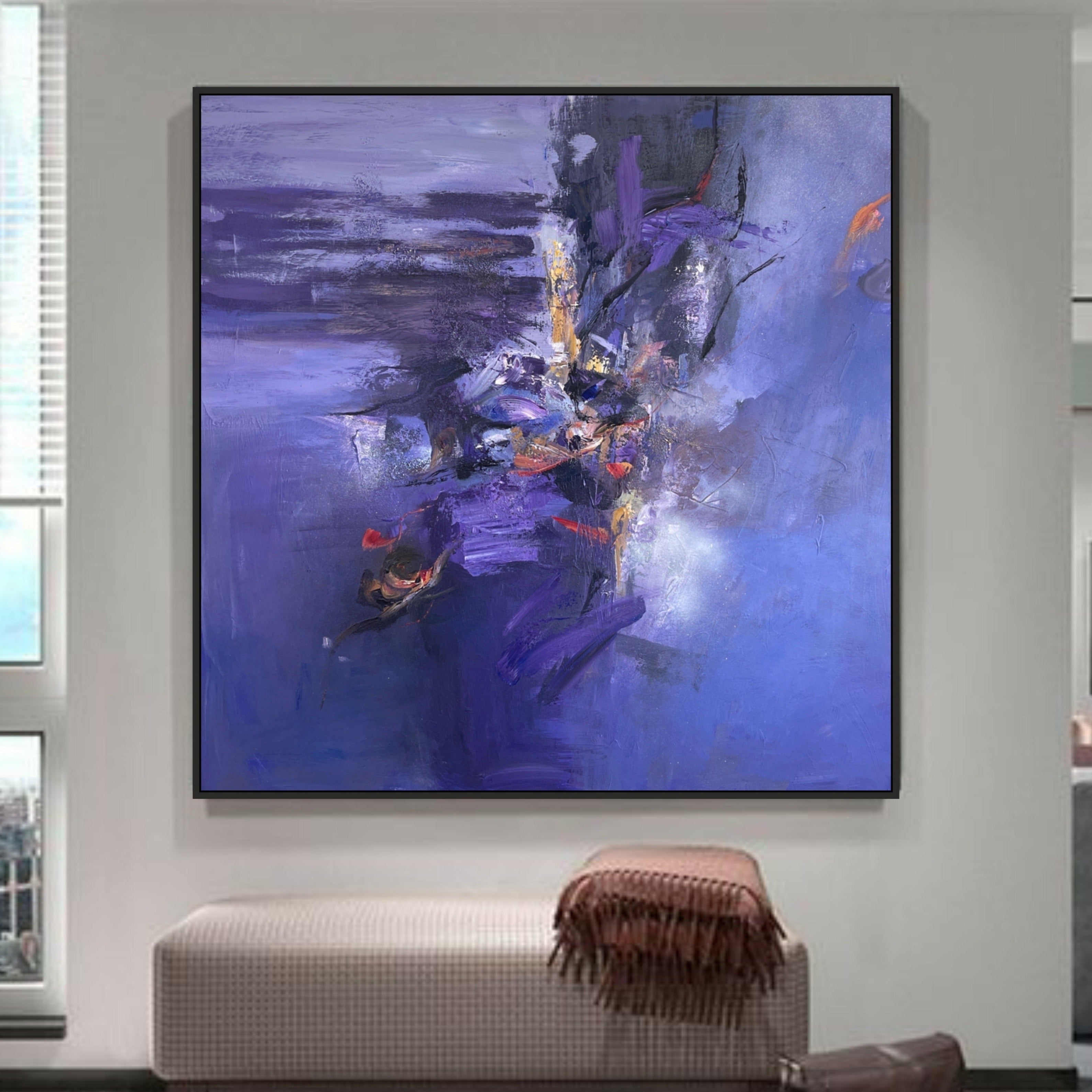
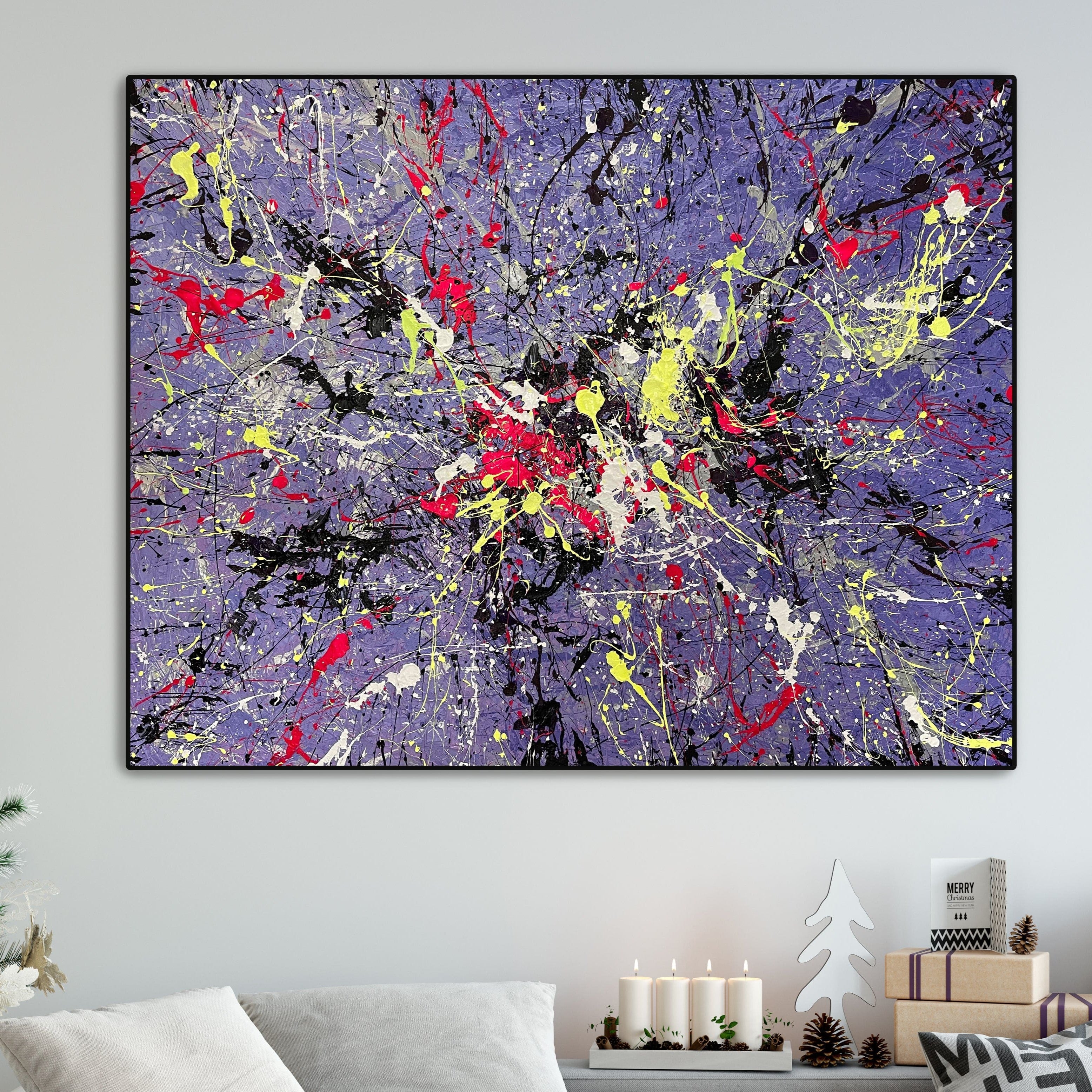
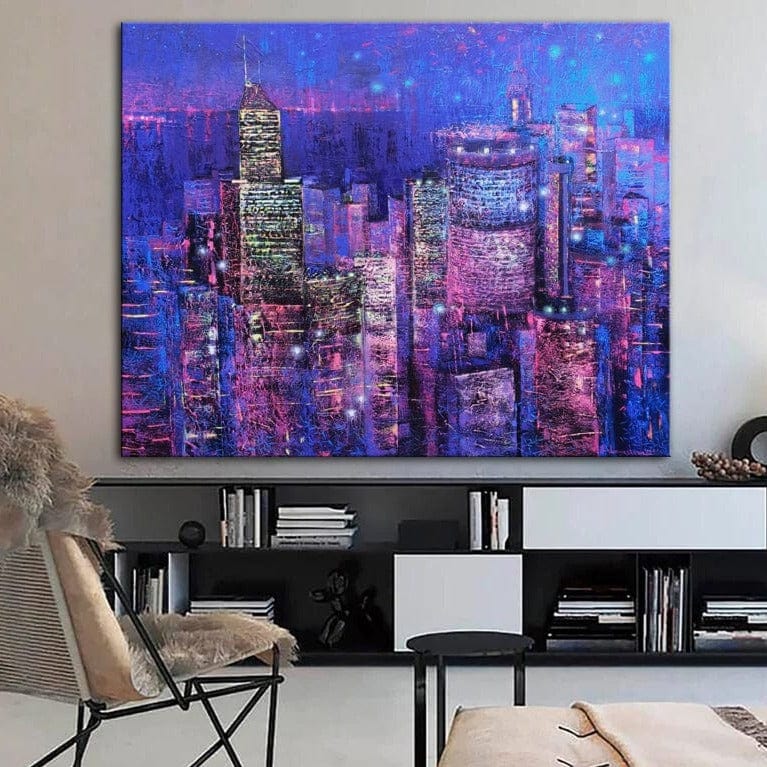
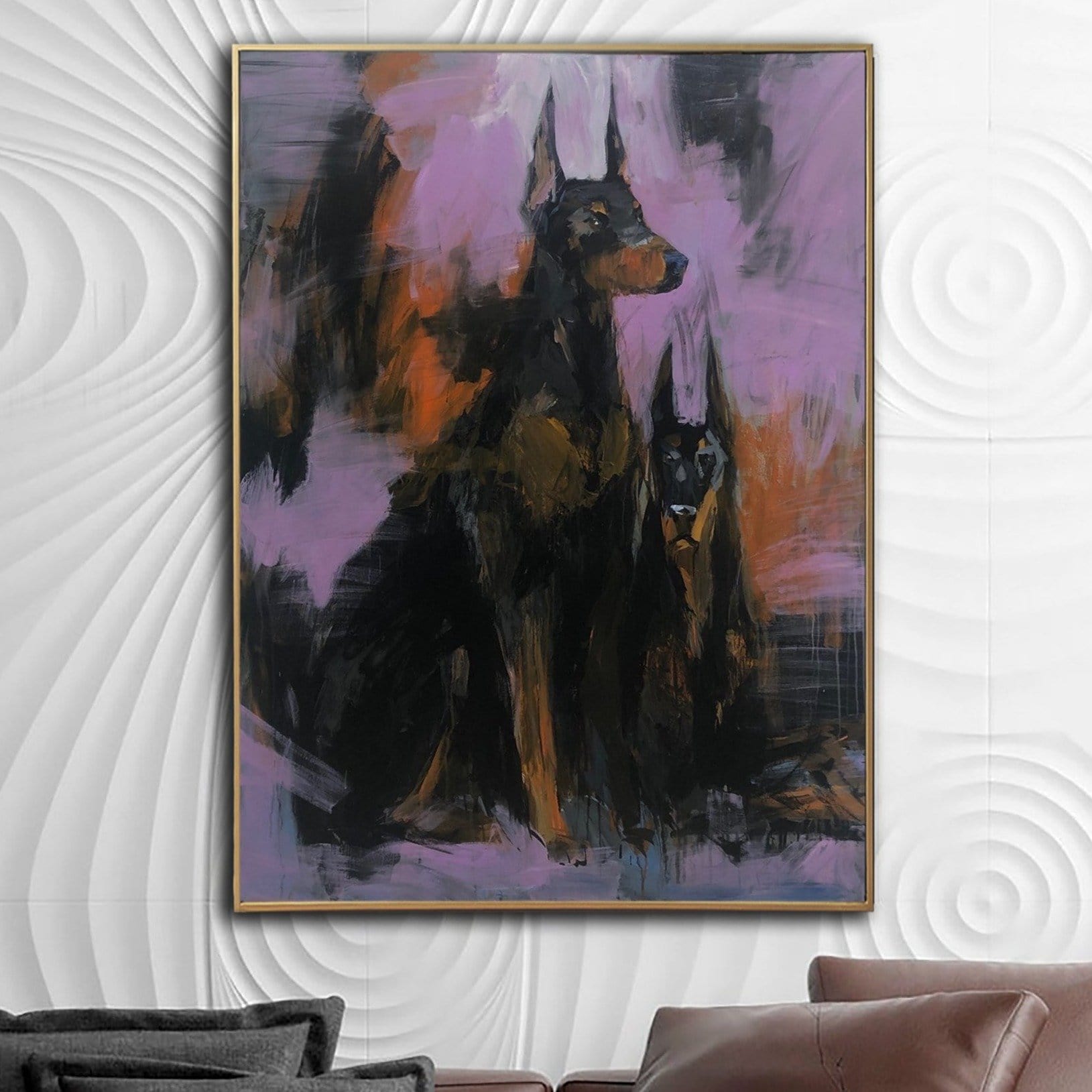
- Light blue is a symbol of freedom and peace. It is associated with coolness, friendliness and carelessness. On the one hand, it relaxes and reduces activity, on the other hand, it sharpens emotions. A bedroom in light blue will look great. If the windows face the south, blue will add coolness to the room. From a psychological point of view, however, an "overdose" of light blue can develop indifference and indecisiveness in a person.
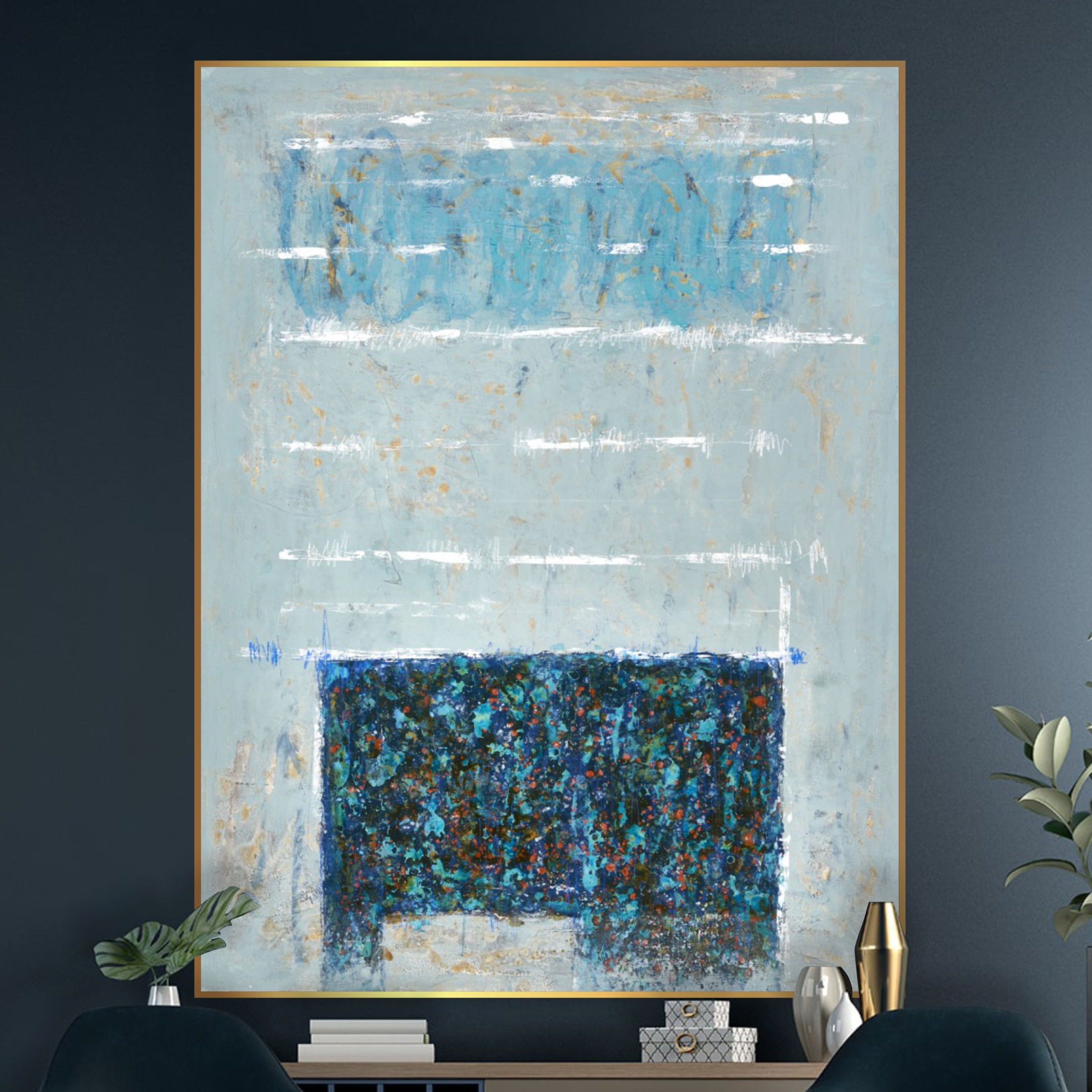
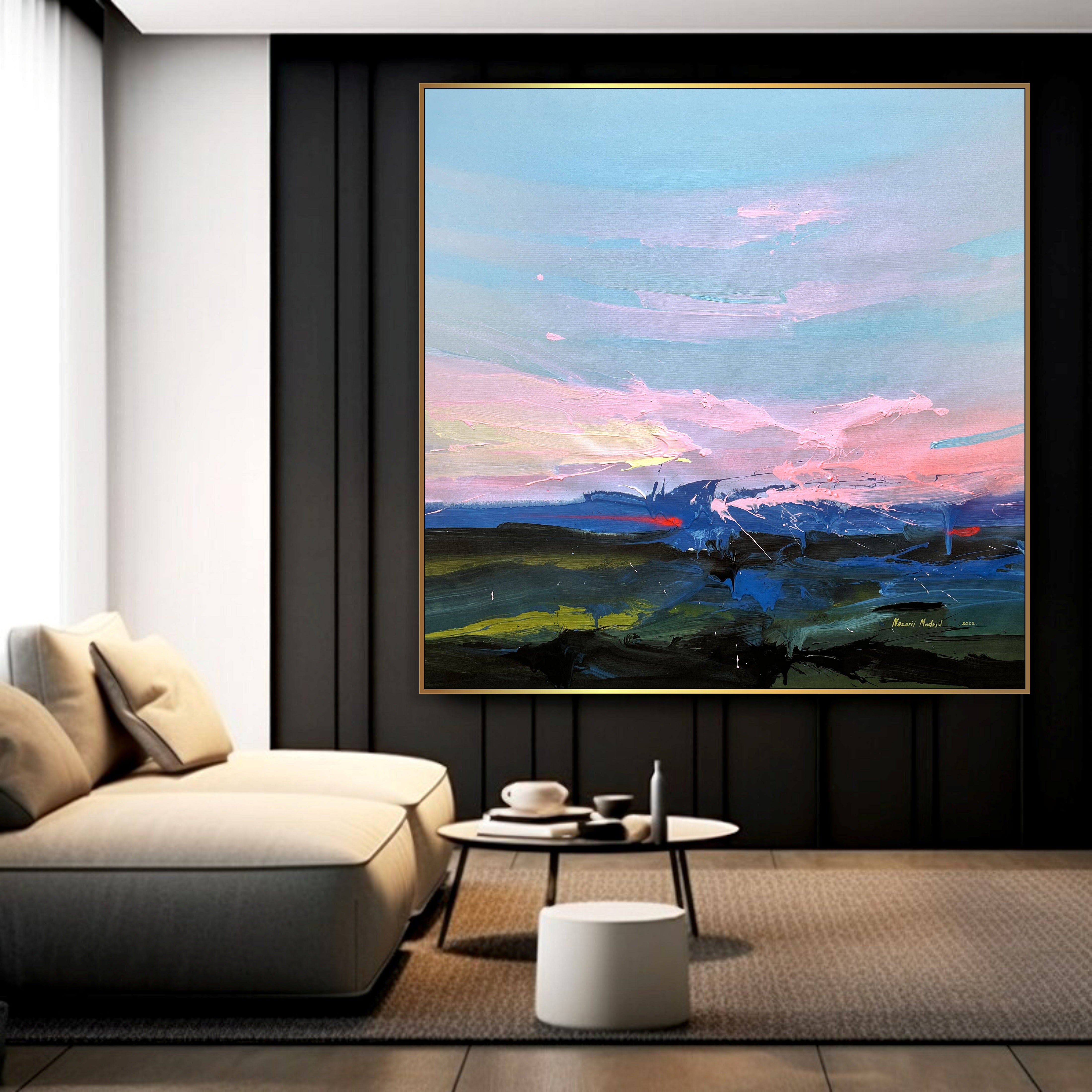
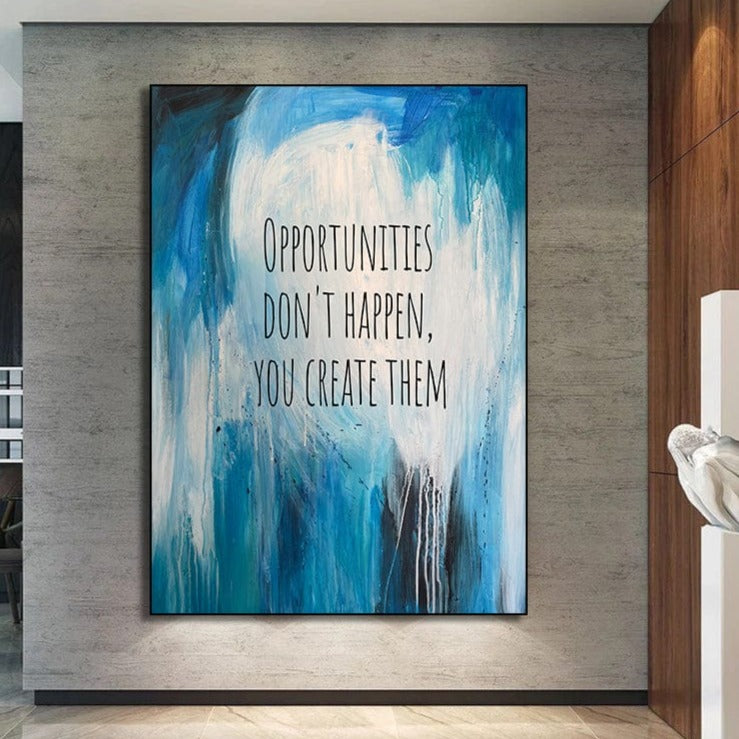
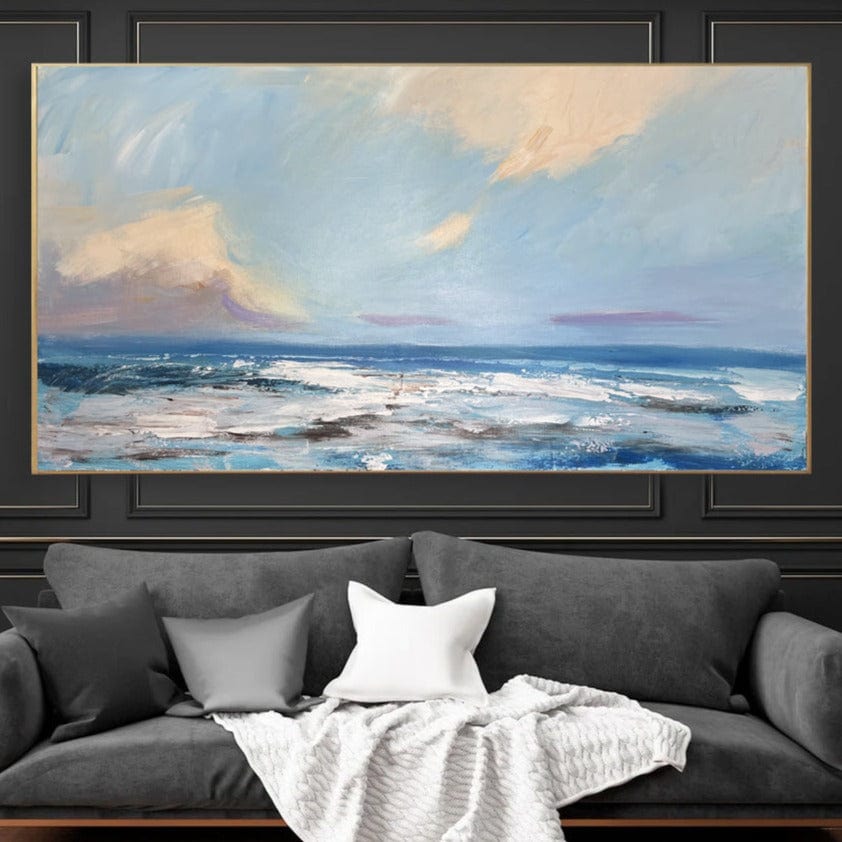
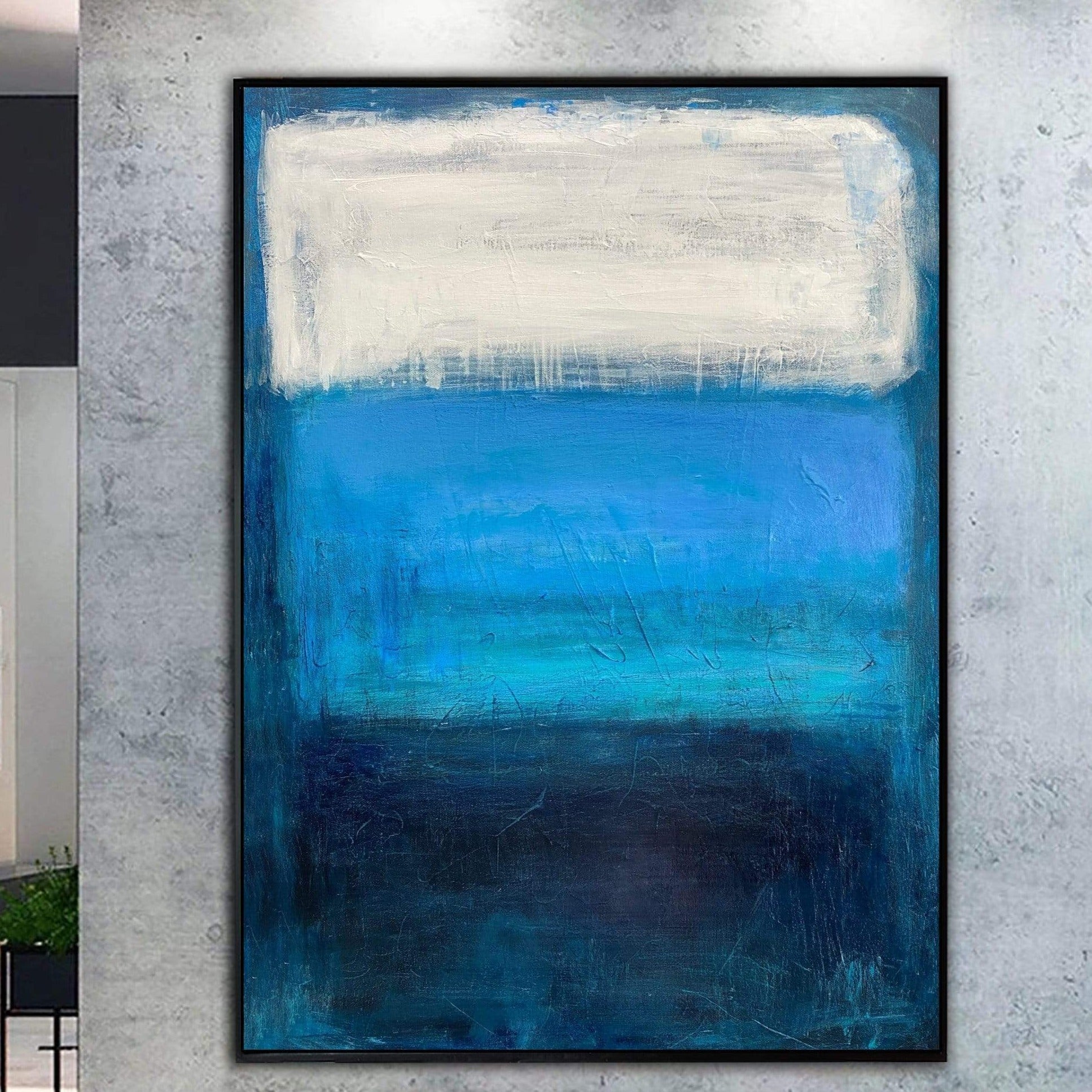
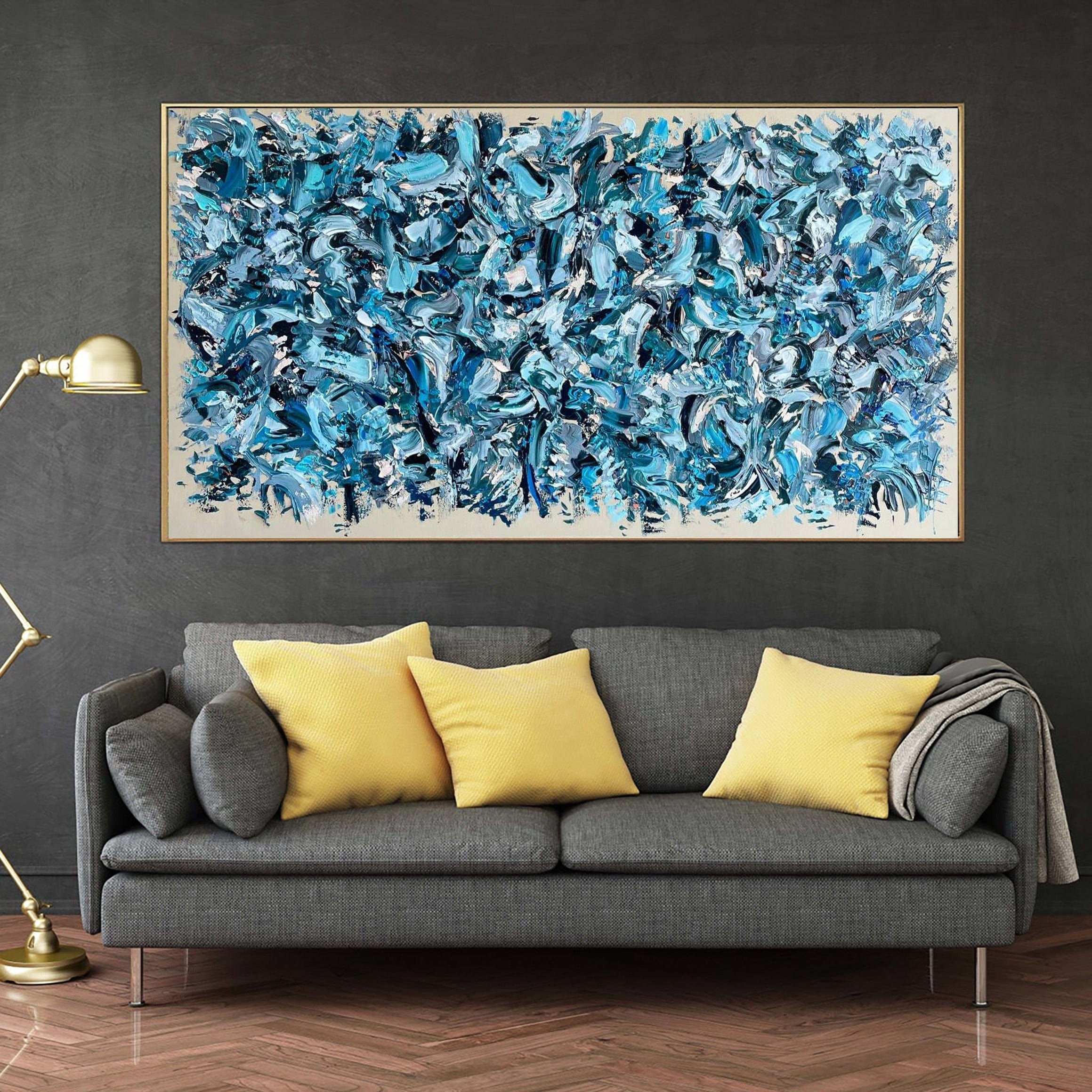
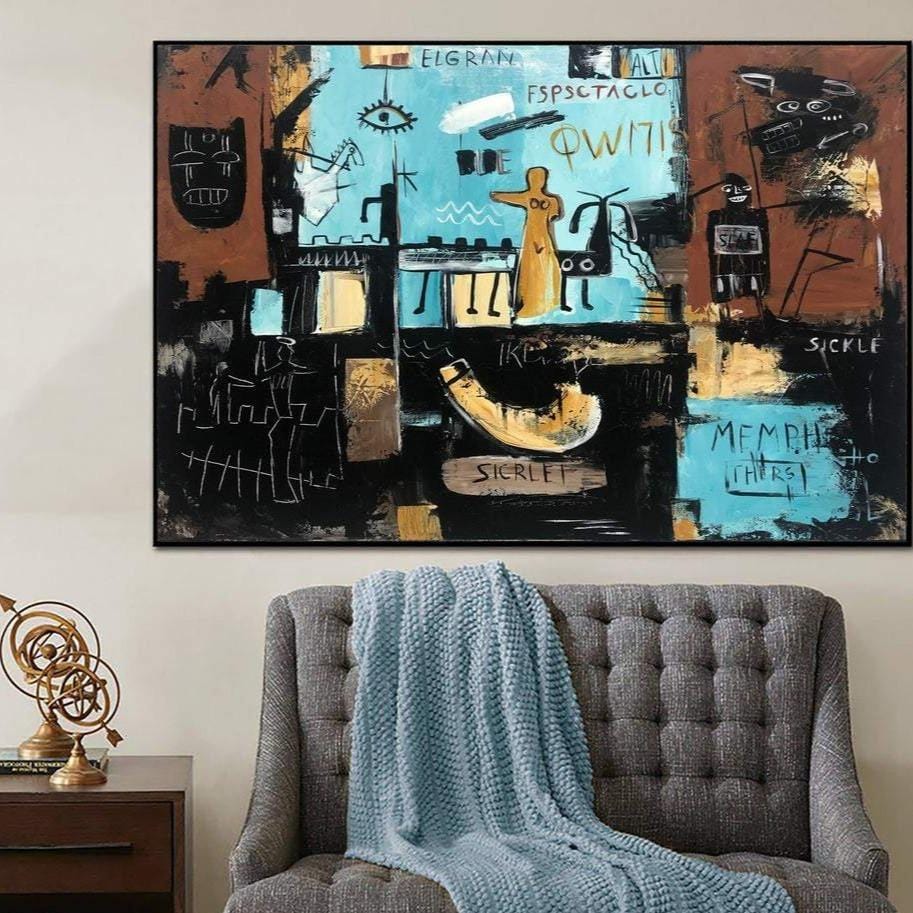
- Pink. According to color psychology, pink represents sweetness, femininity, charm, sensuality, and eroticism. It is also associated with youth and innocence. It soothes pain, gives peace of mind, relaxes, helps to sleep soundly. However, too much pink may develop infantilism. It can be used as a primary color, but not in the living room or office. For the bedroom or bathroom it is really perfect.
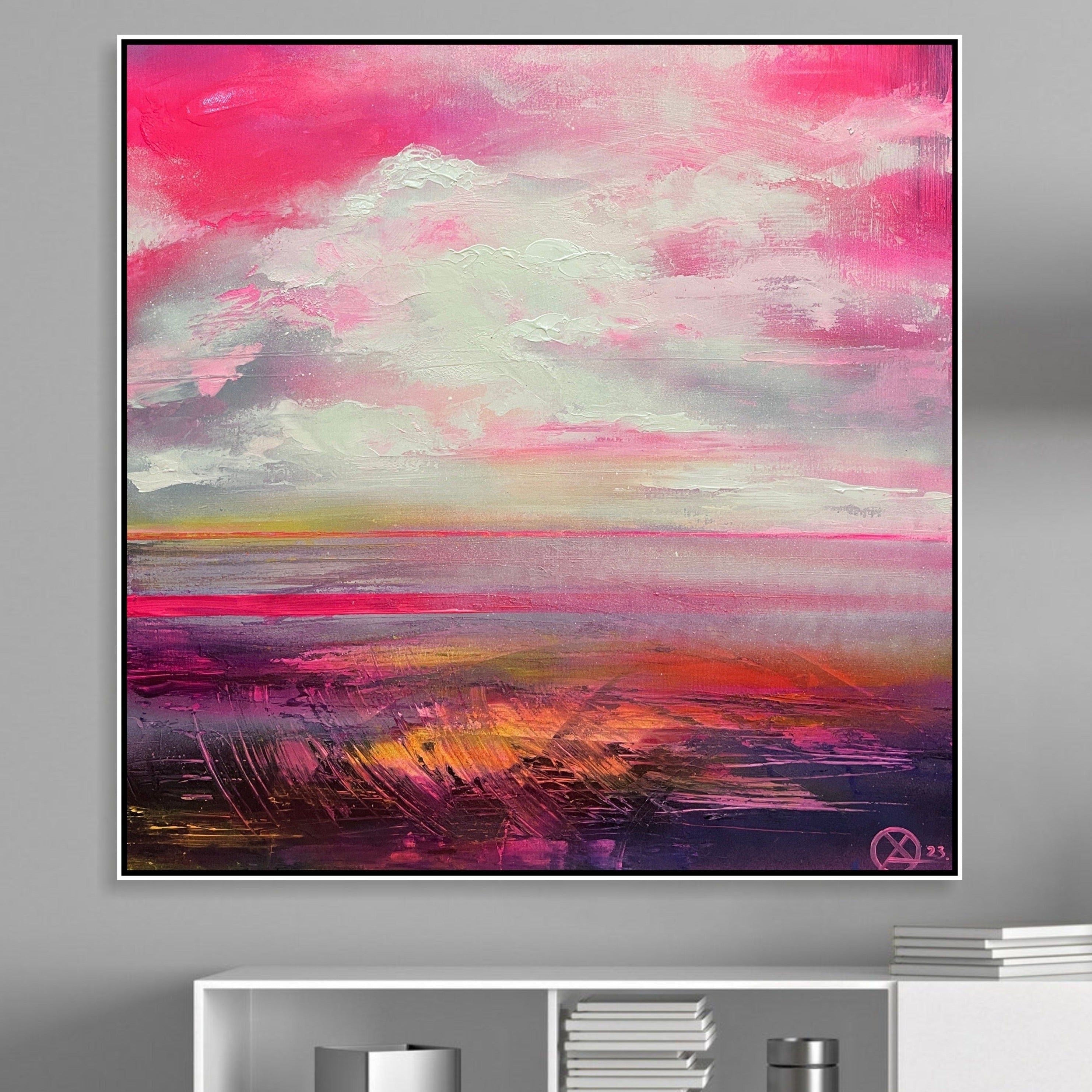
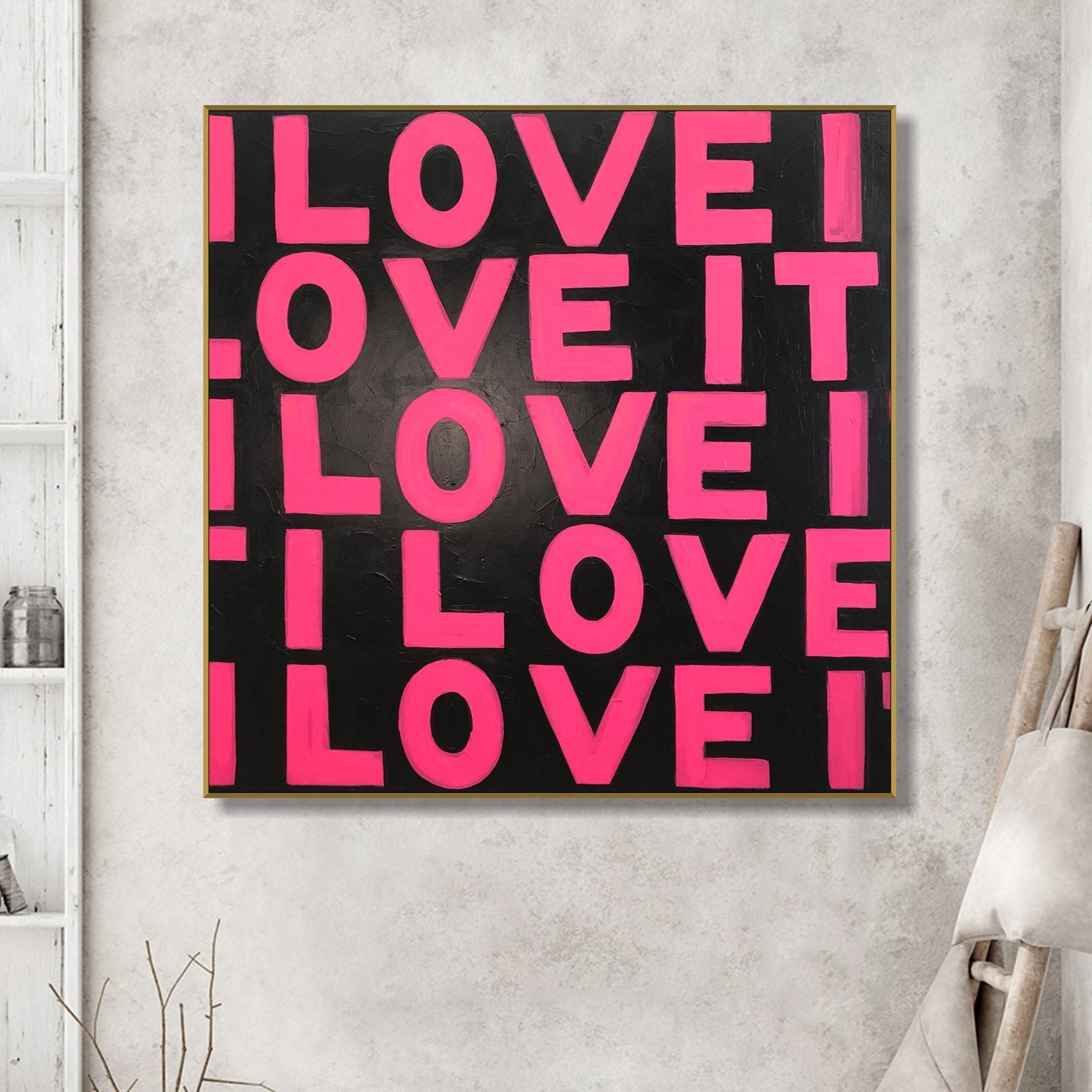
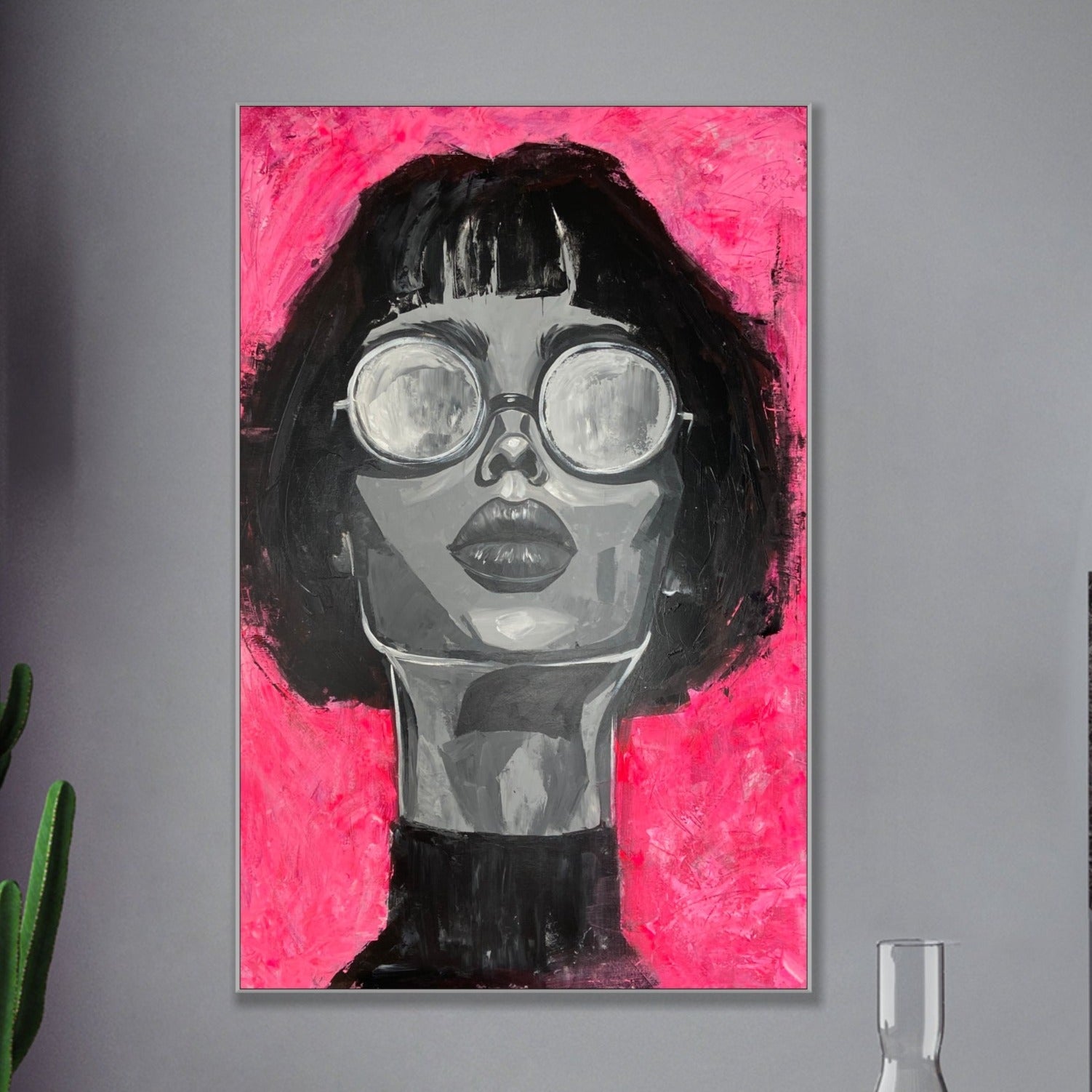
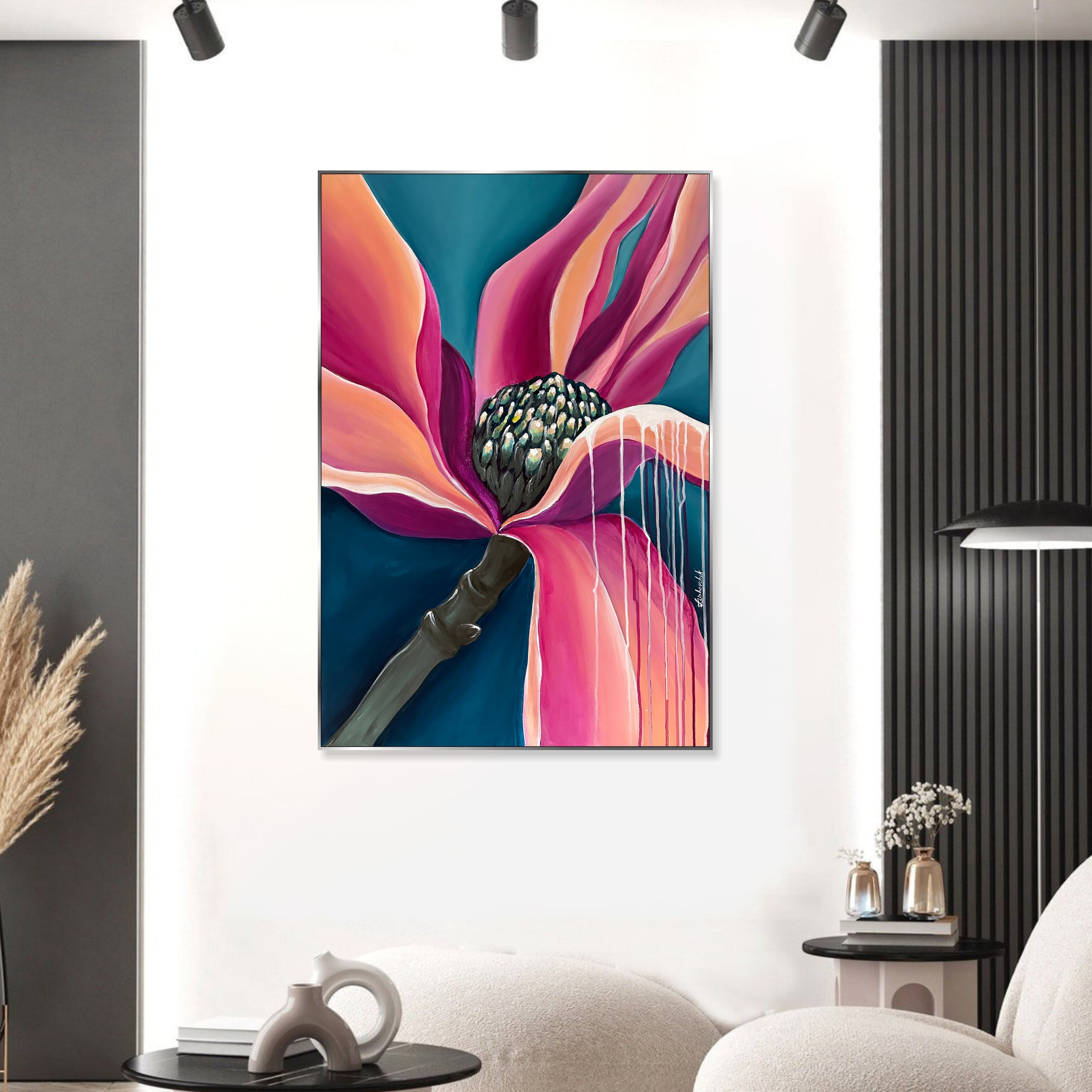
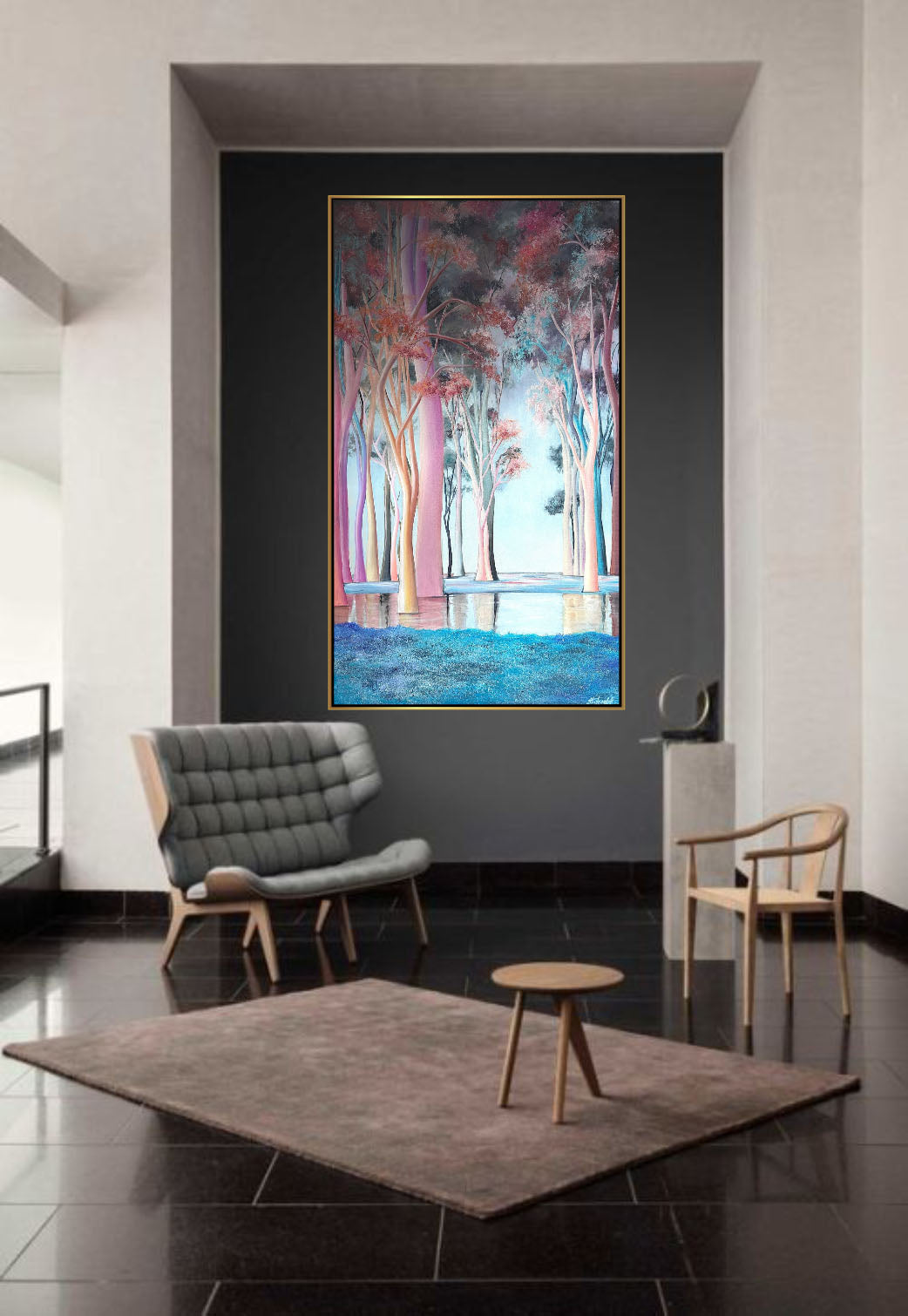
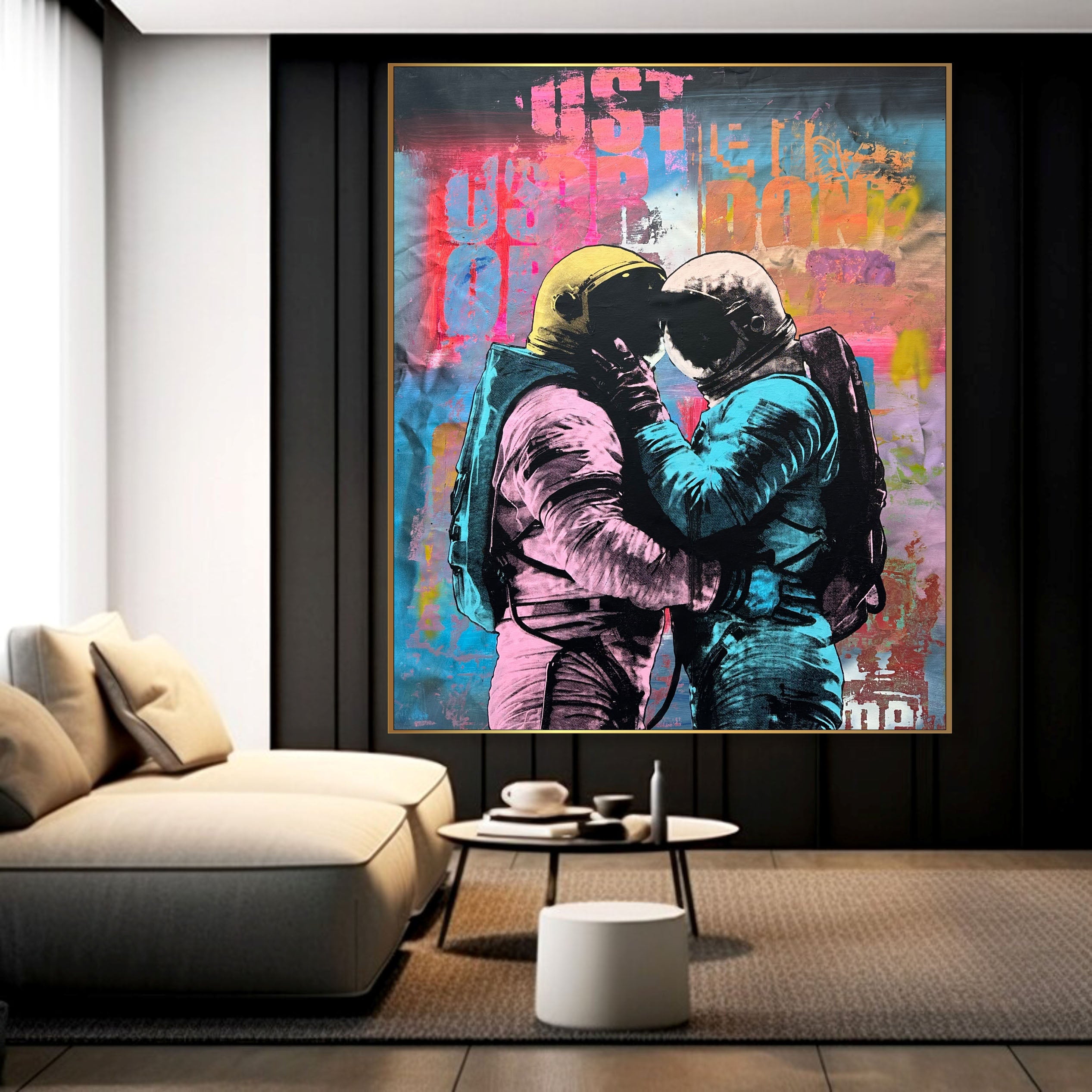
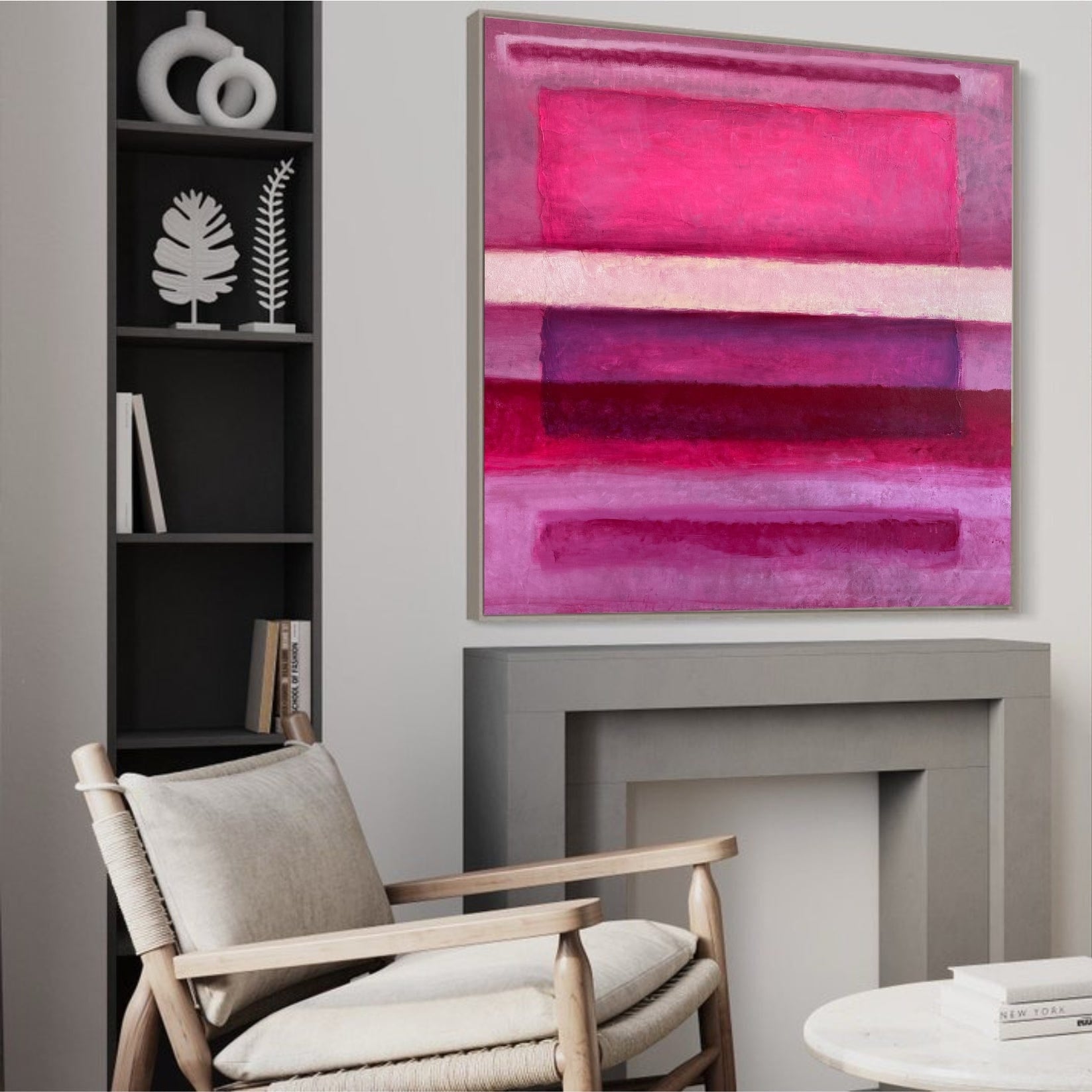
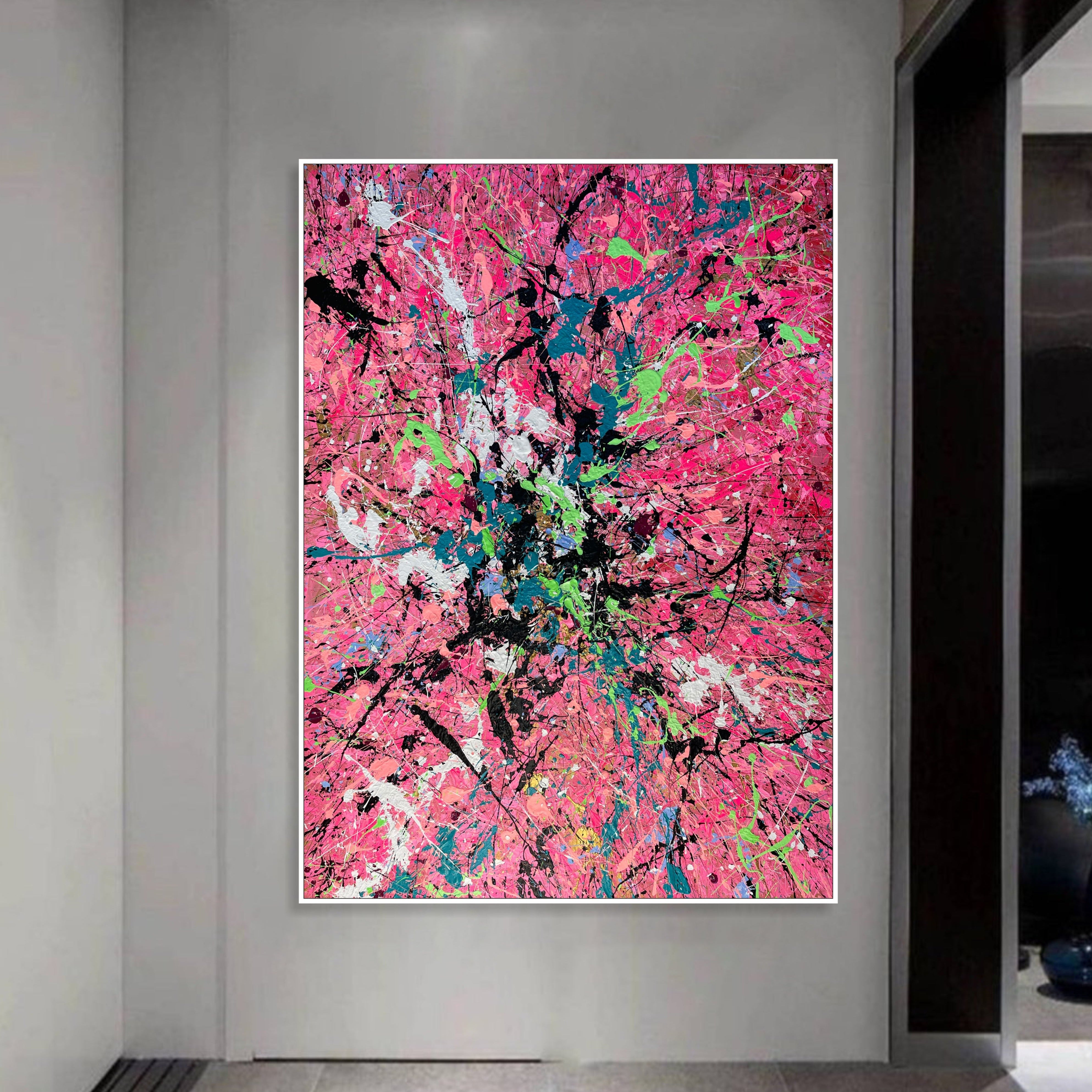
- Orange is the most optimistic color, associated with celebration, sun and joy. It relieves depression, gives a feeling of freedom and euphoria, and develops sociability. It has a positive effect on the endocrine system, too.
Orange is the personification of vigorous activity, so it is better to avoid it in a bedroom. It will look good in the office, at home in the living room or kitchen (as it stimulates appetite).
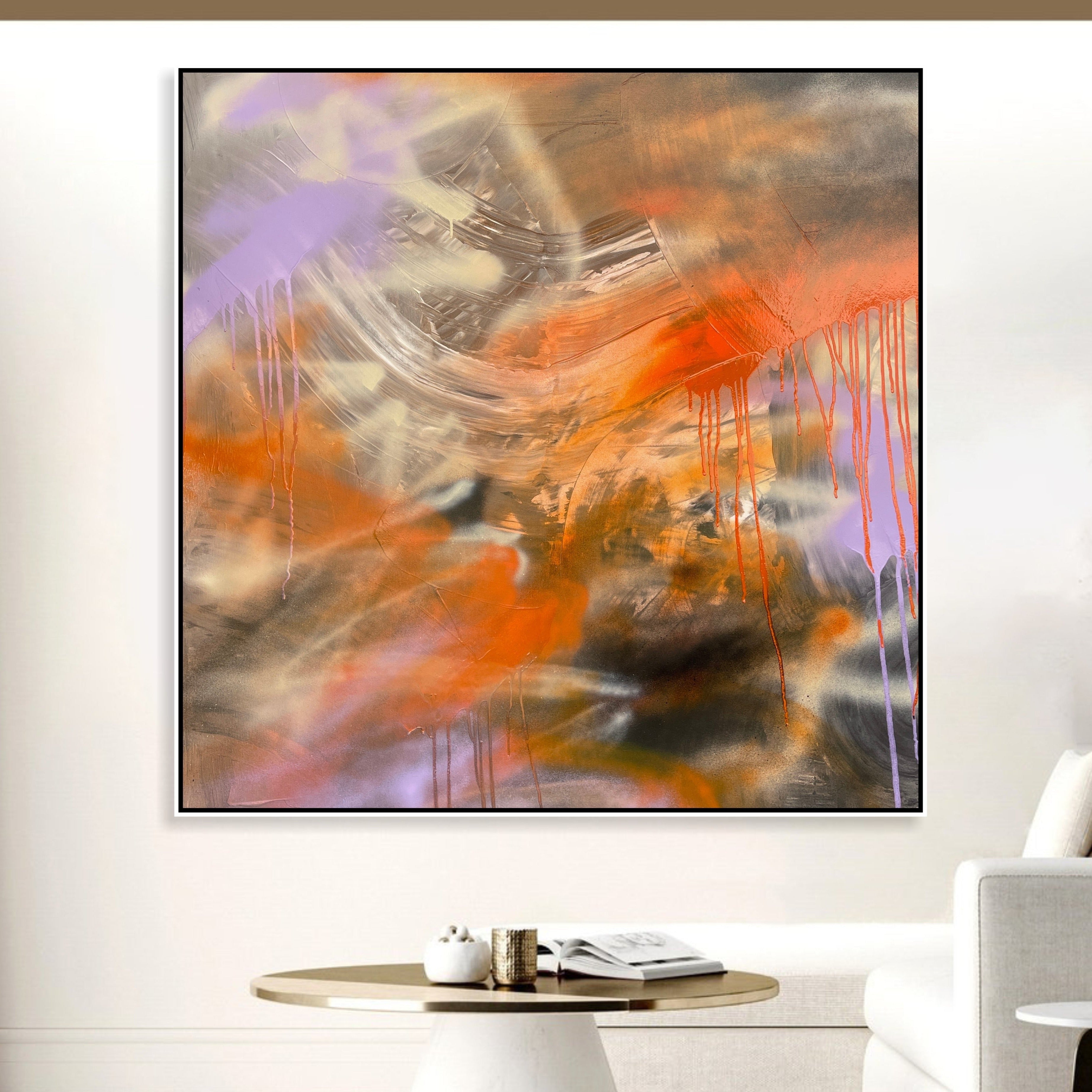
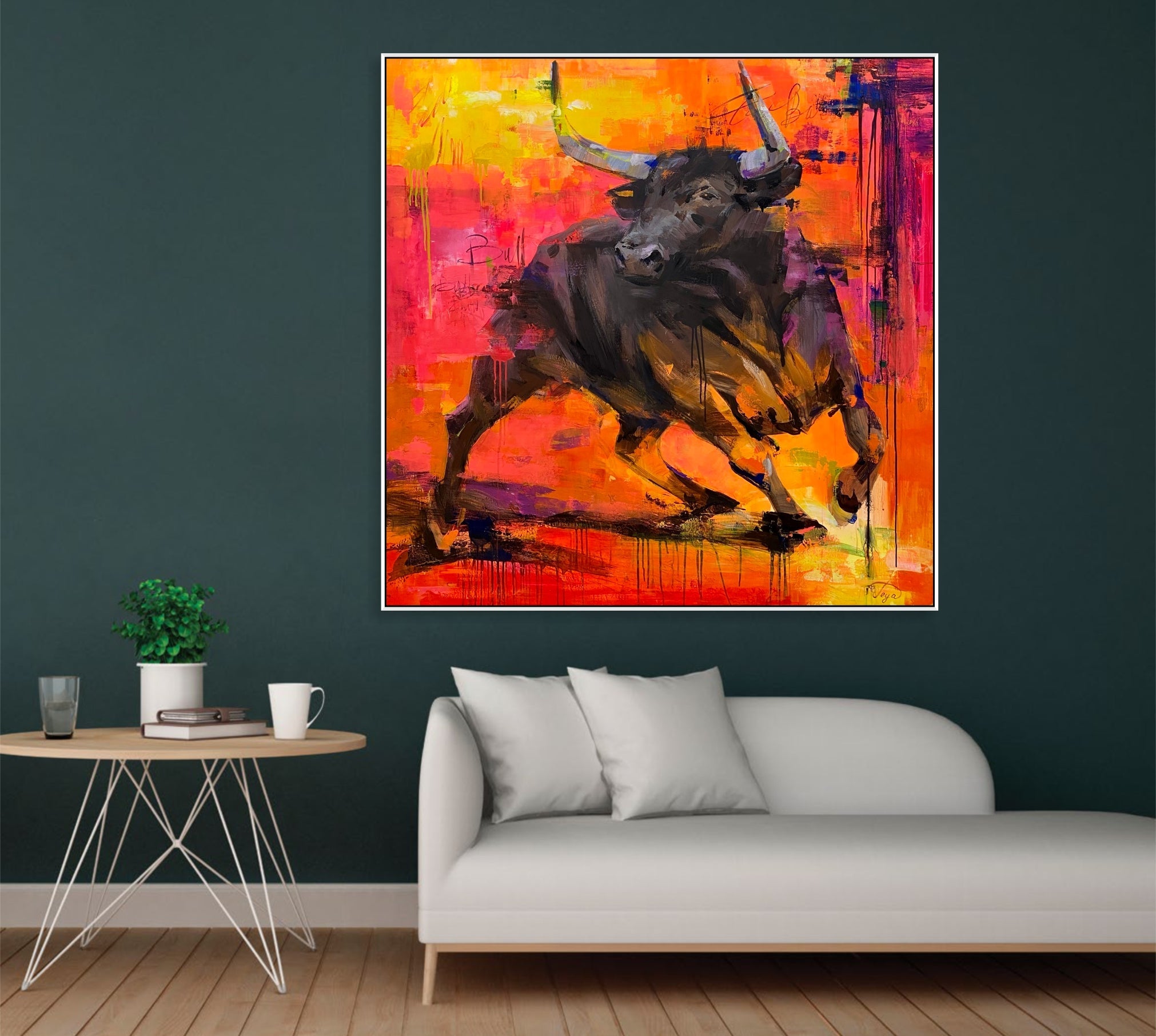
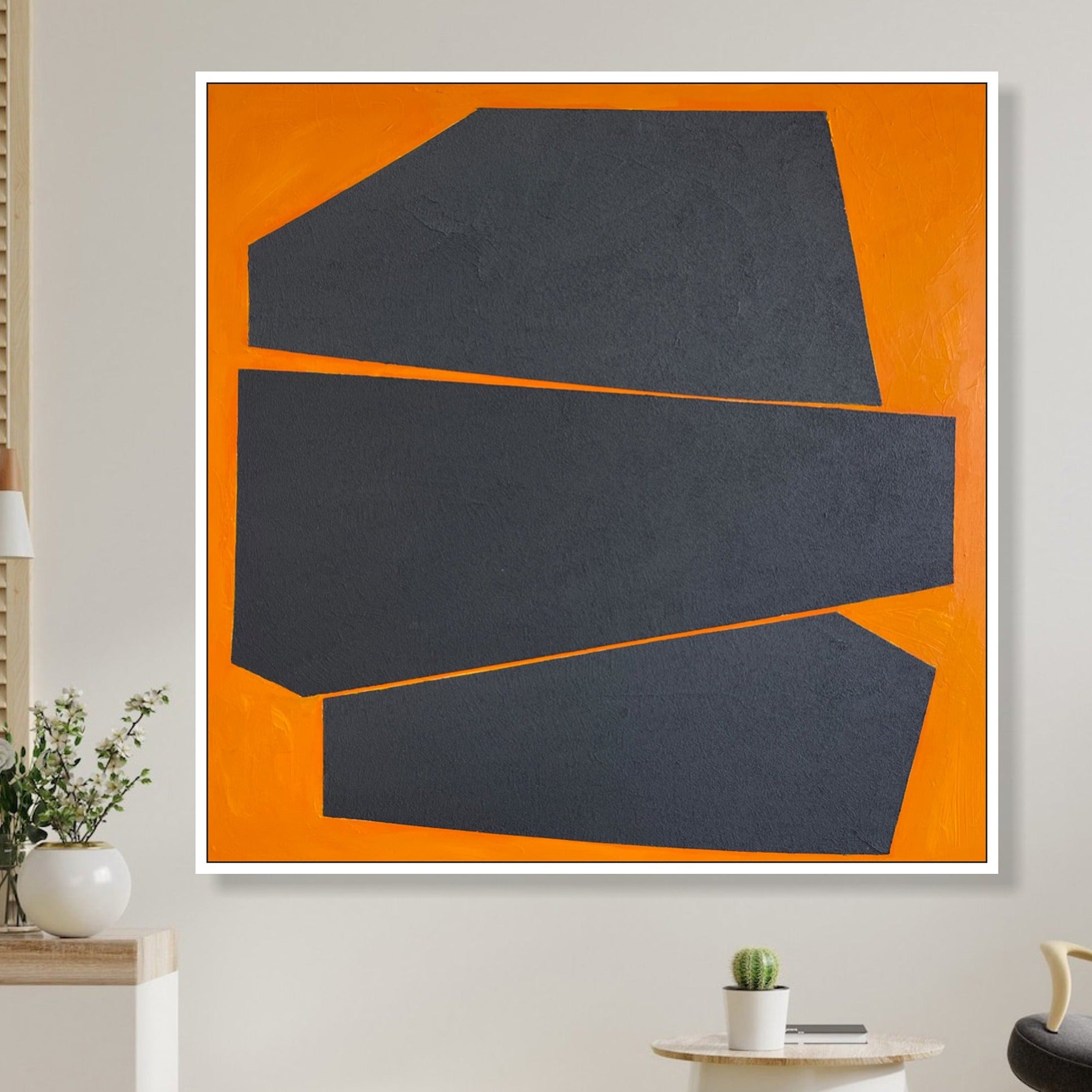
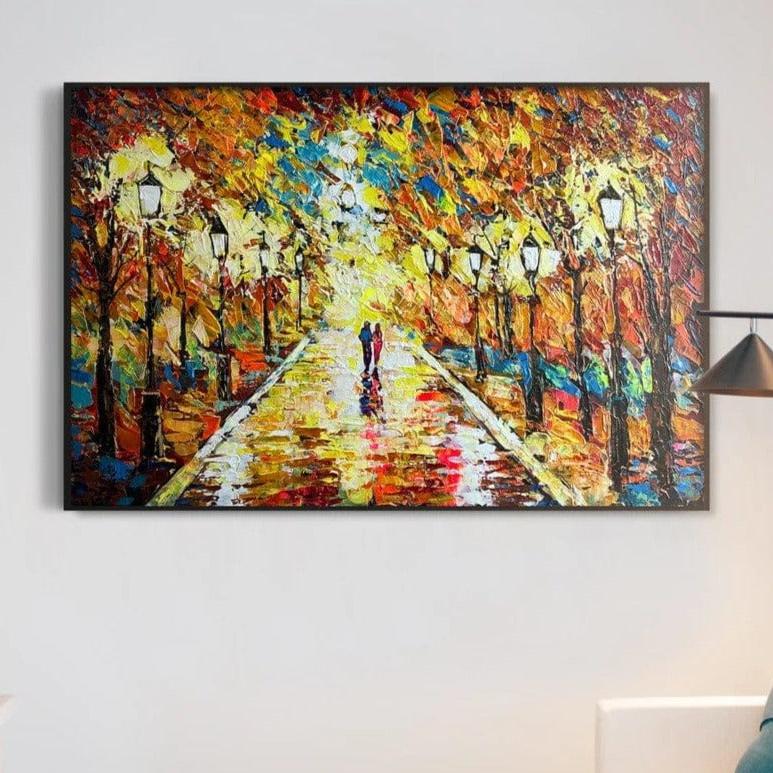
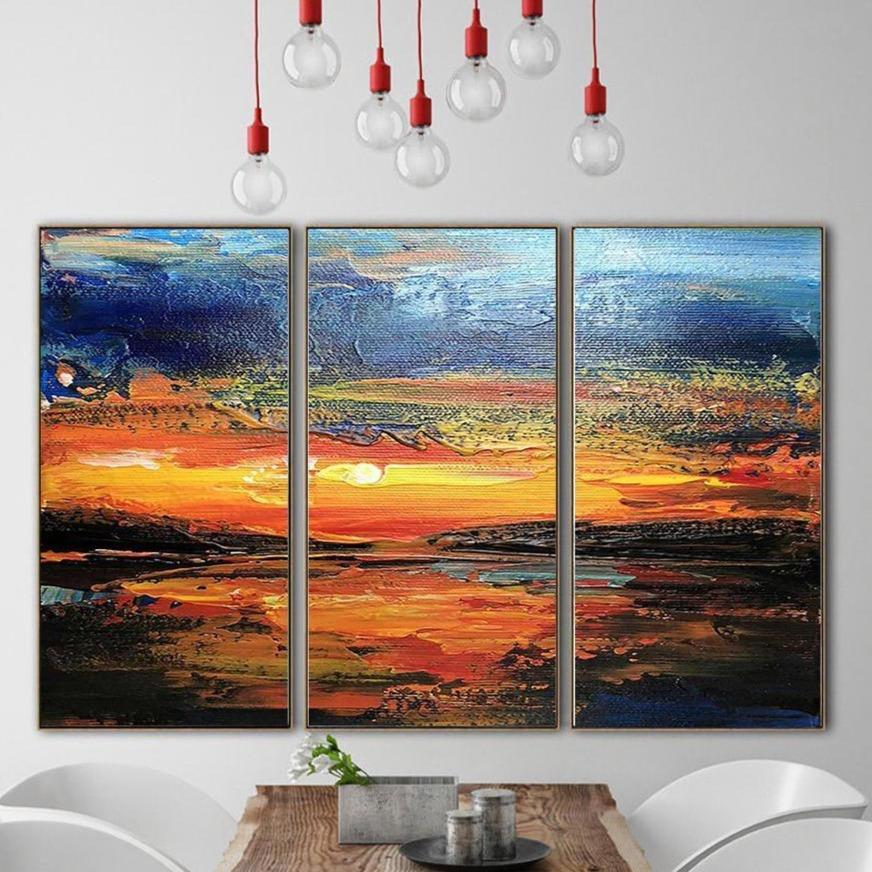
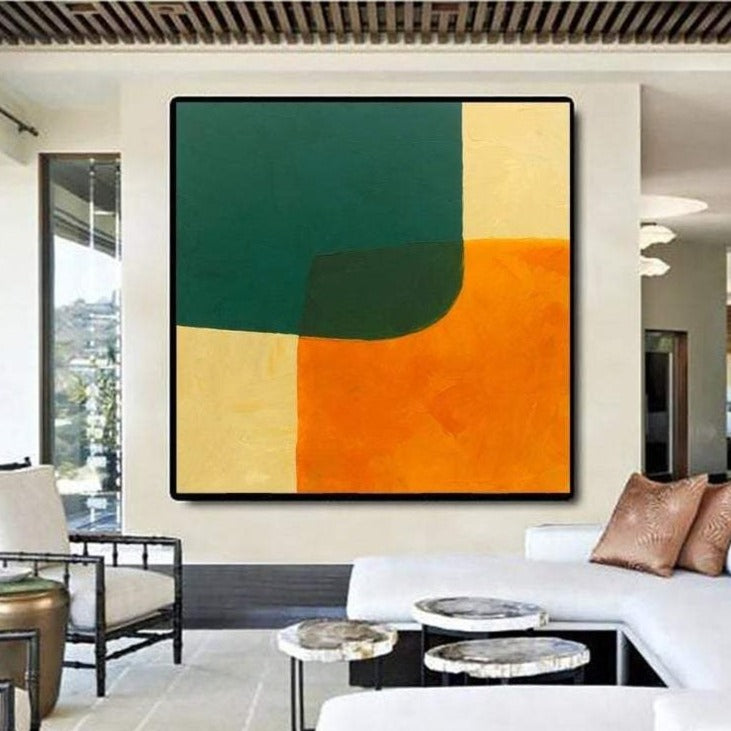
- Brown is the embodiment of reliability and stability. It is associated with home, with loved ones, and psychological safety. Hence, it promotes confidence, solidity and efficiency. This color has a huge number of cozy shades, and is chosen by people who value traditions and family most of all. It will create a warm and cozy atmosphere in the living room, it is ideal for offices. Shades of brown are also suitable for the bedroom.
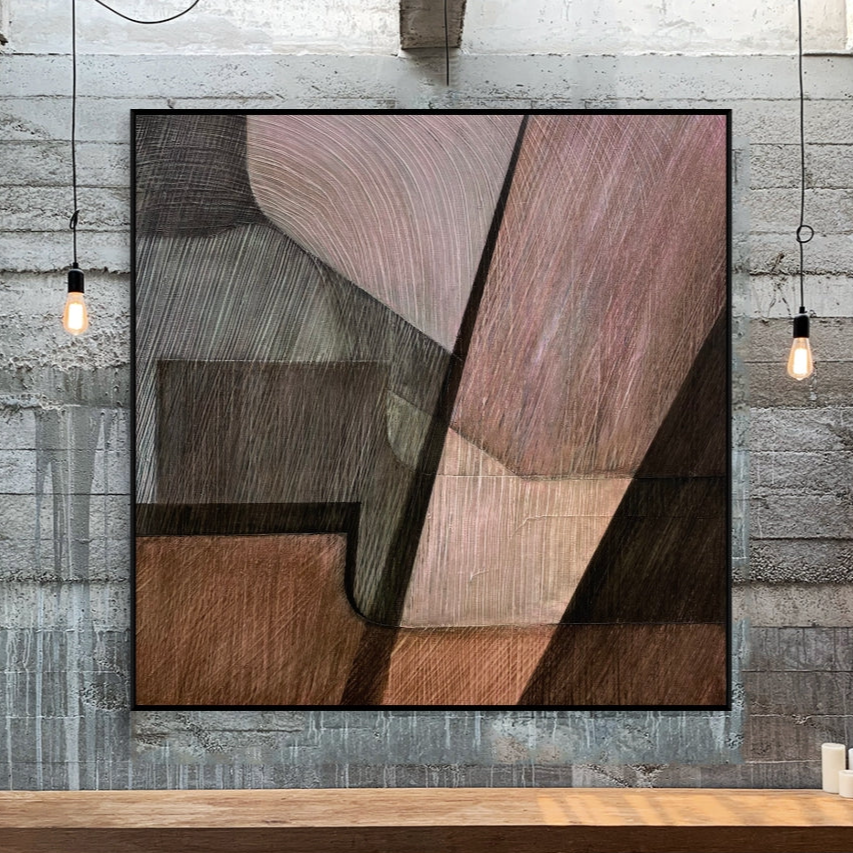
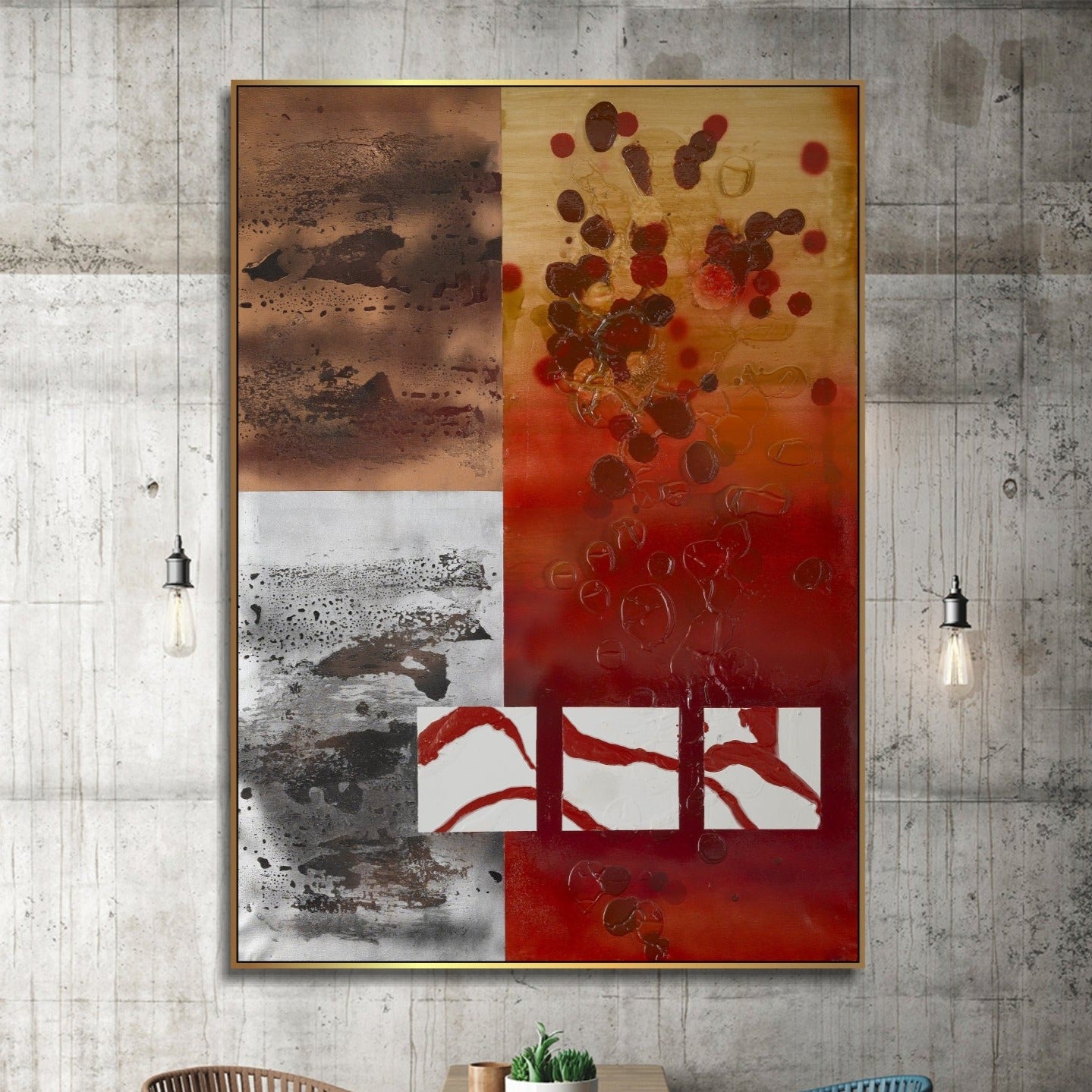
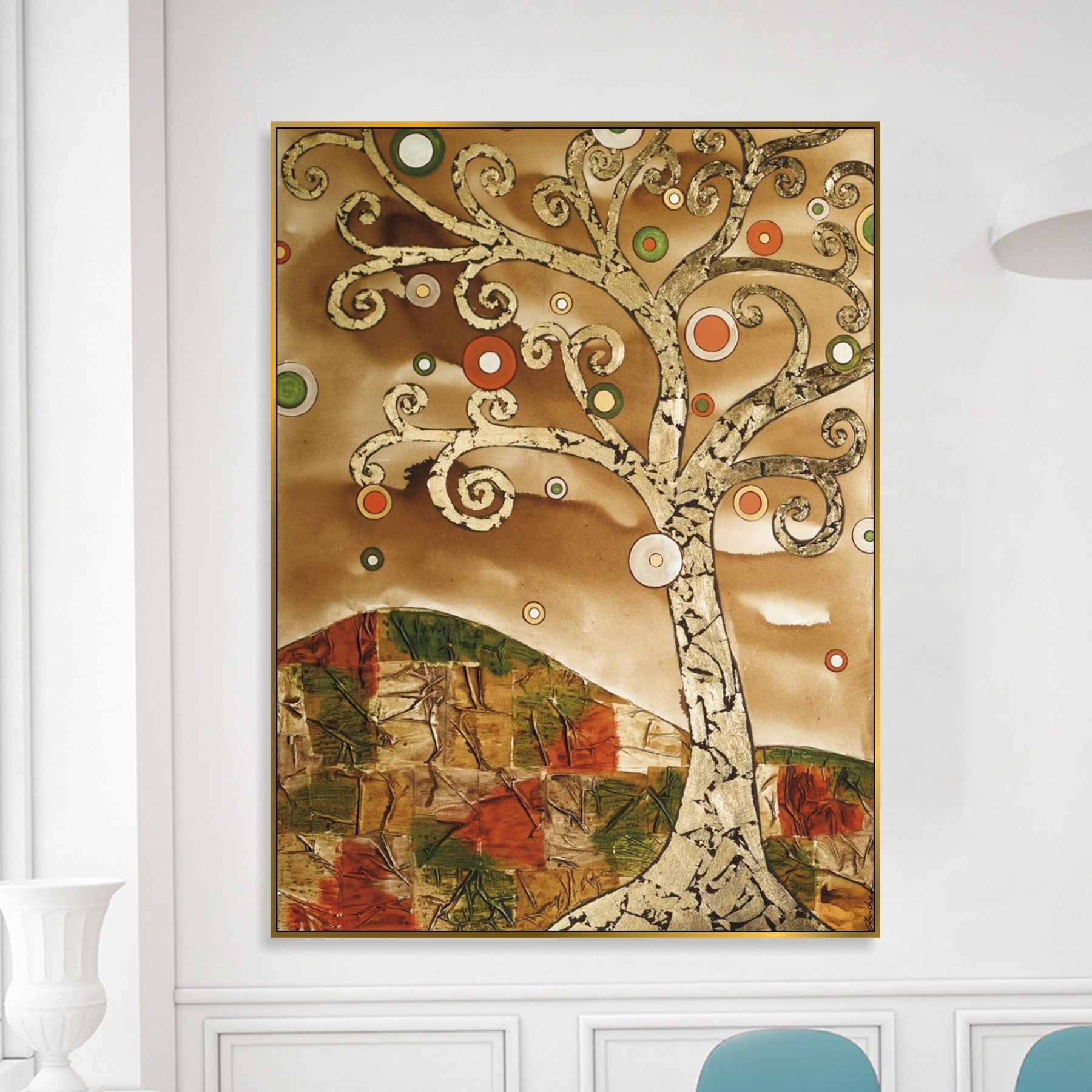
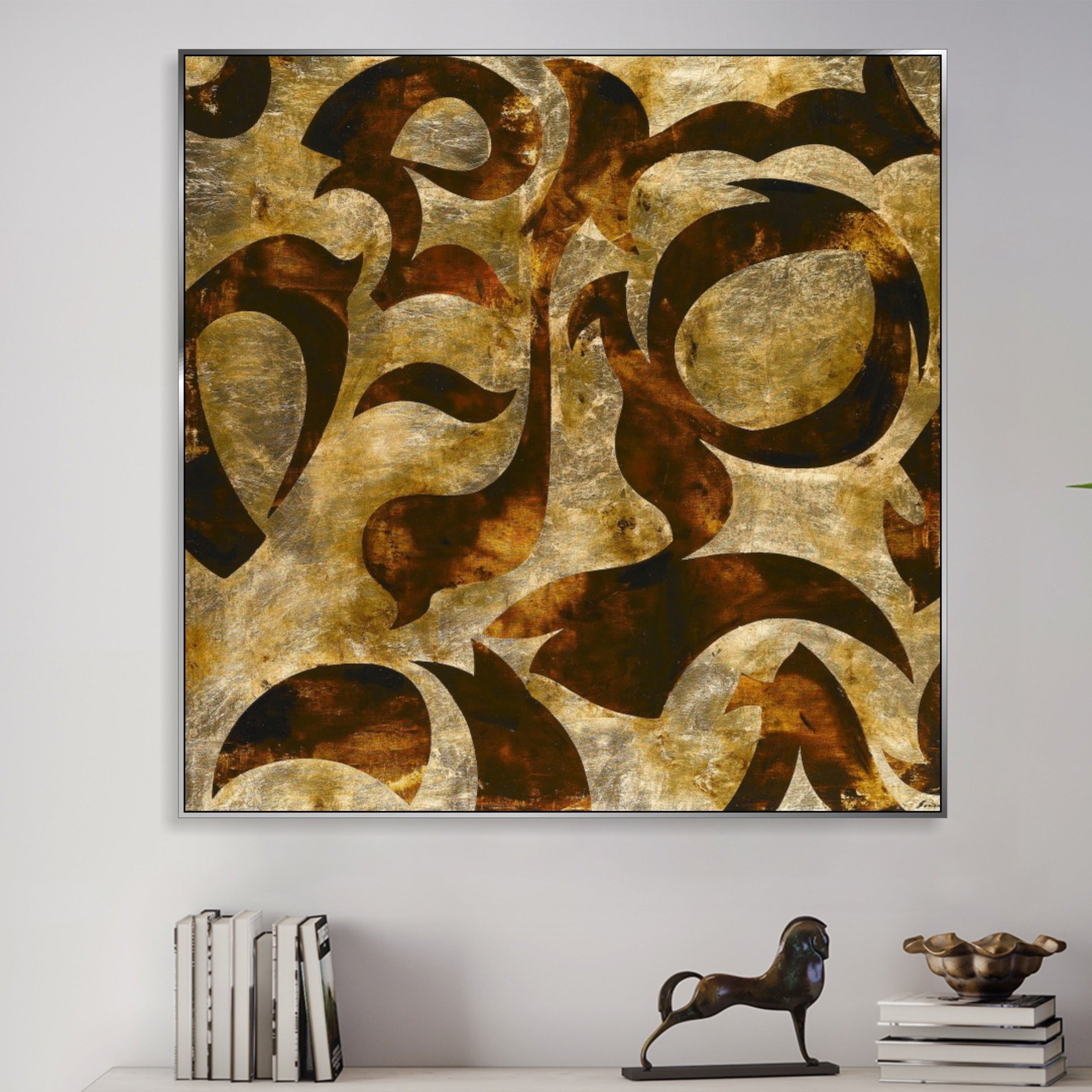
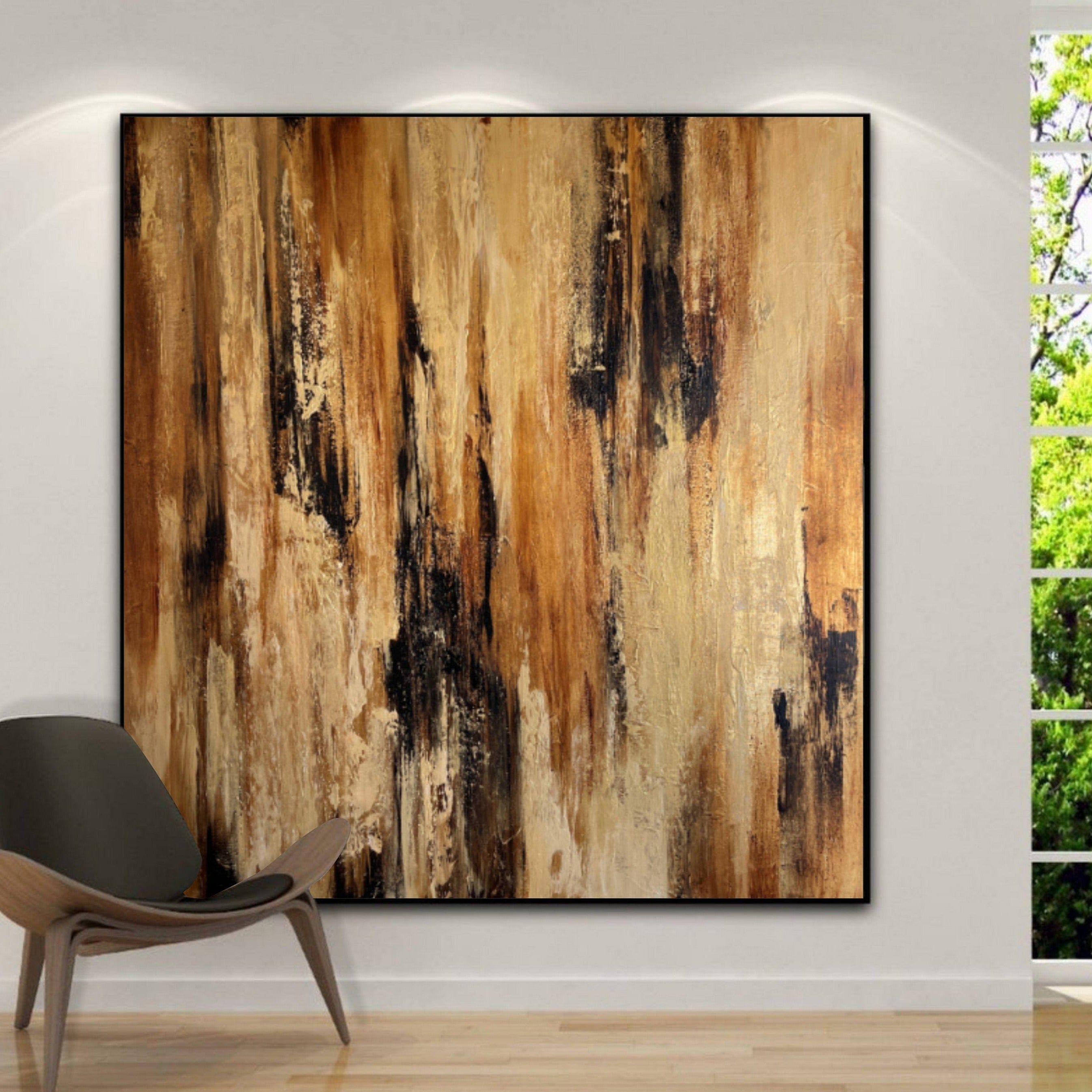
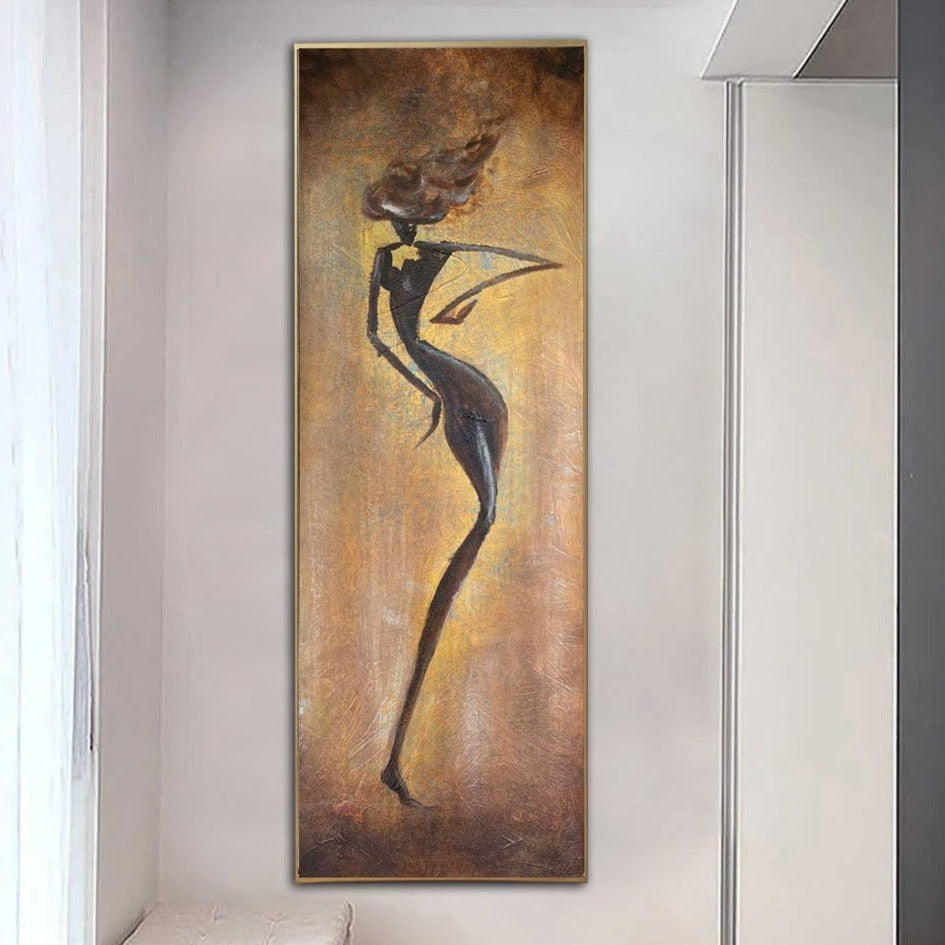
- Gray is the most neutral color. It represents modesty, realism and common sense. It is an ideal working color for the interior. Bright shades play amazingly against its background. The intensity of gray depends on the area of coverage and the brightness of other accessories.
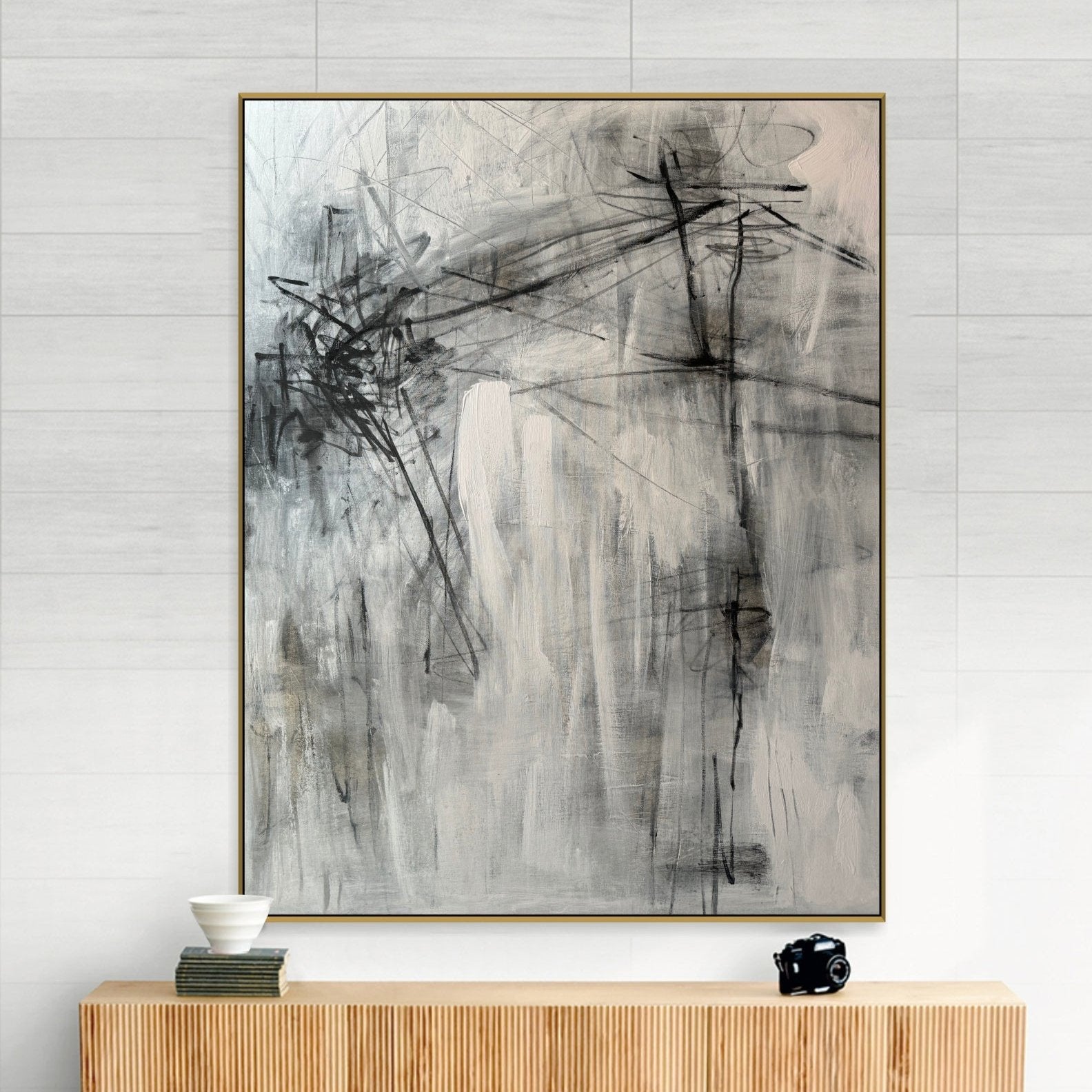
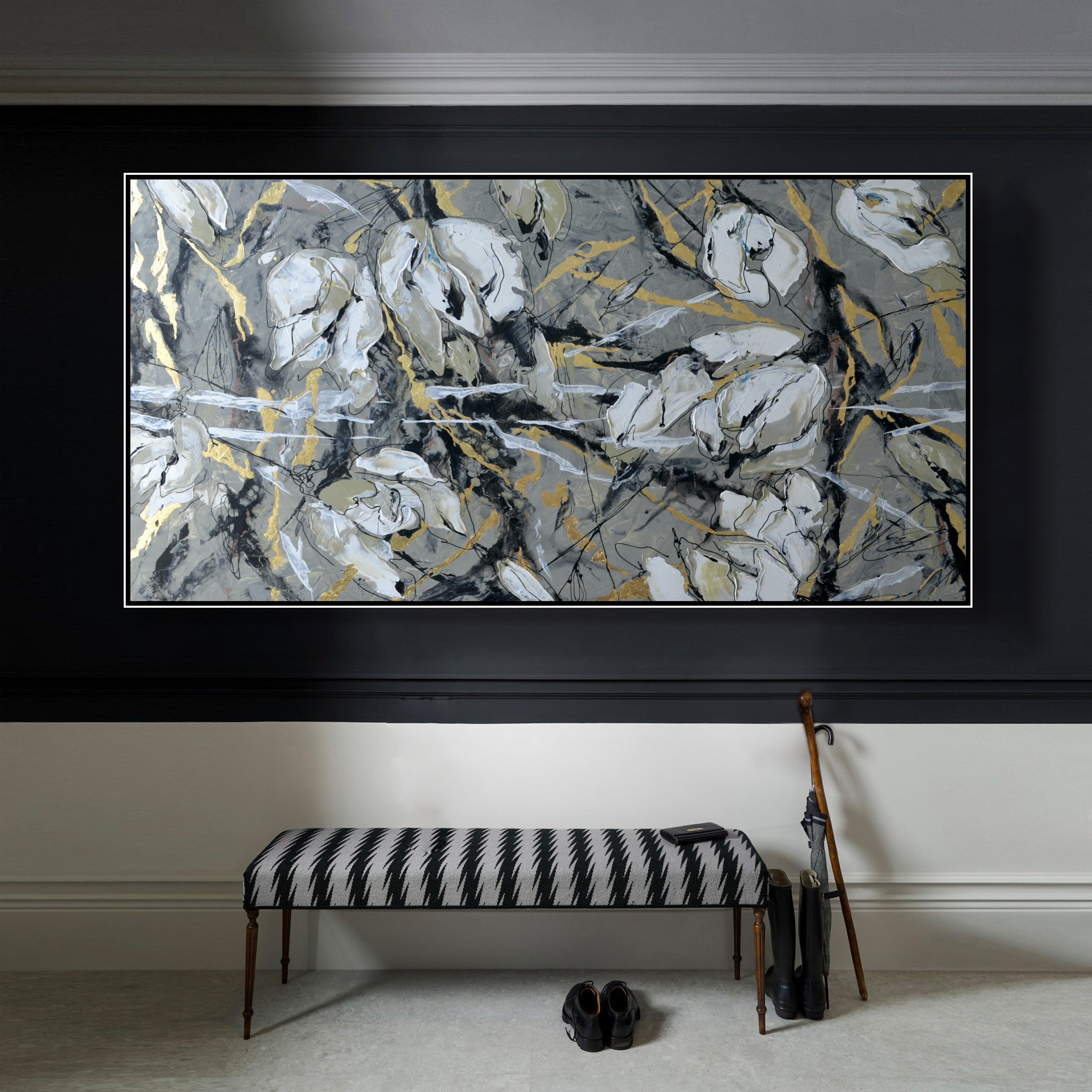
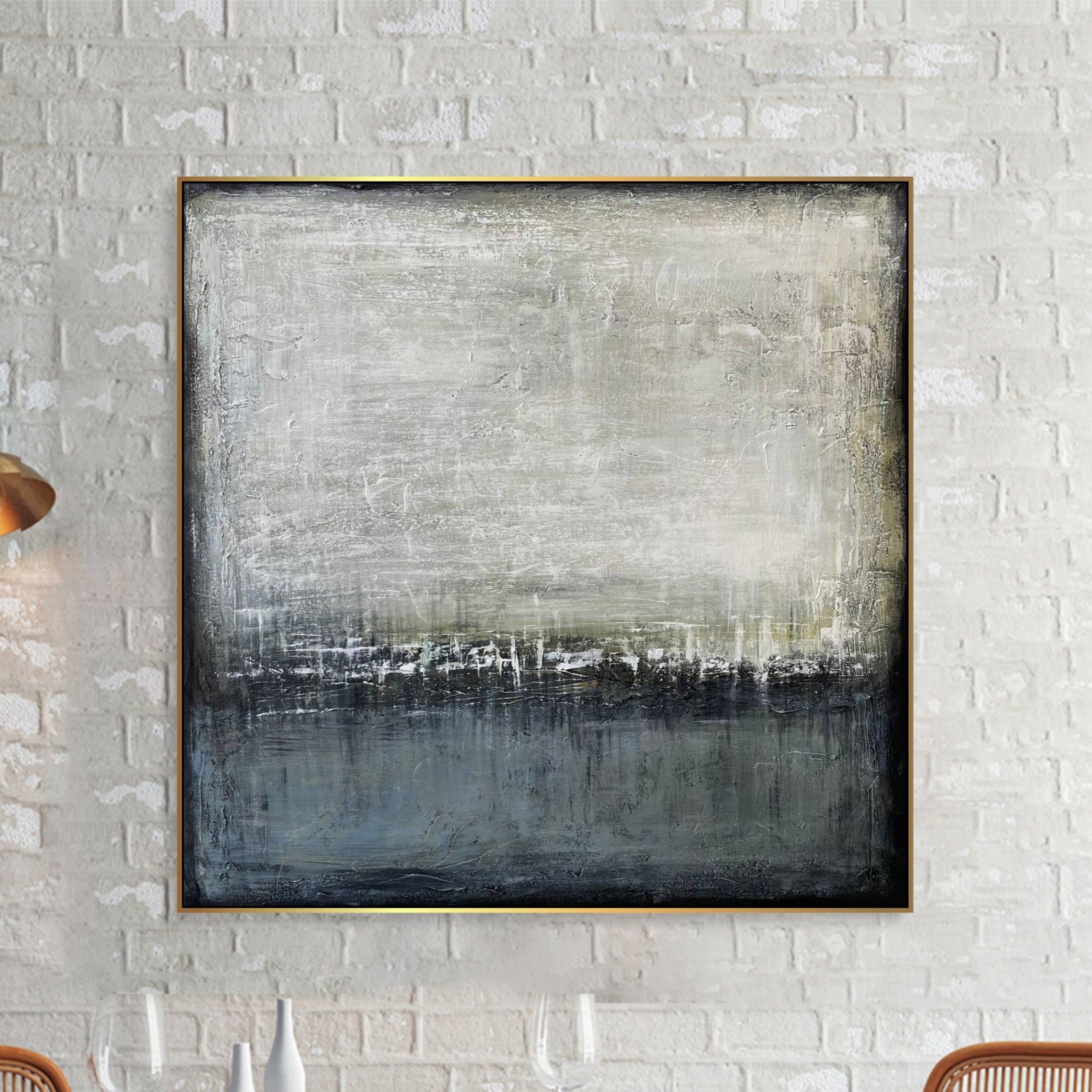
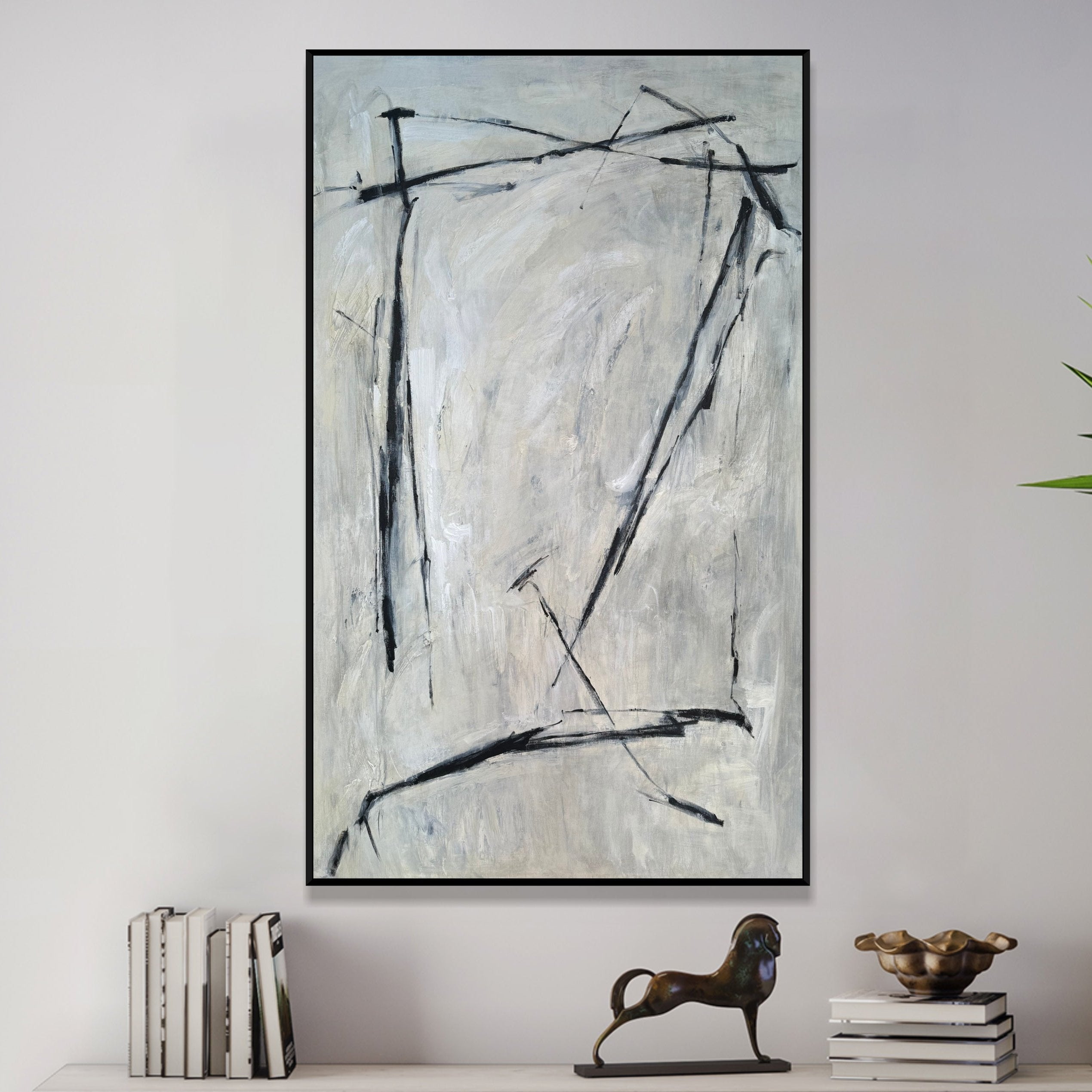
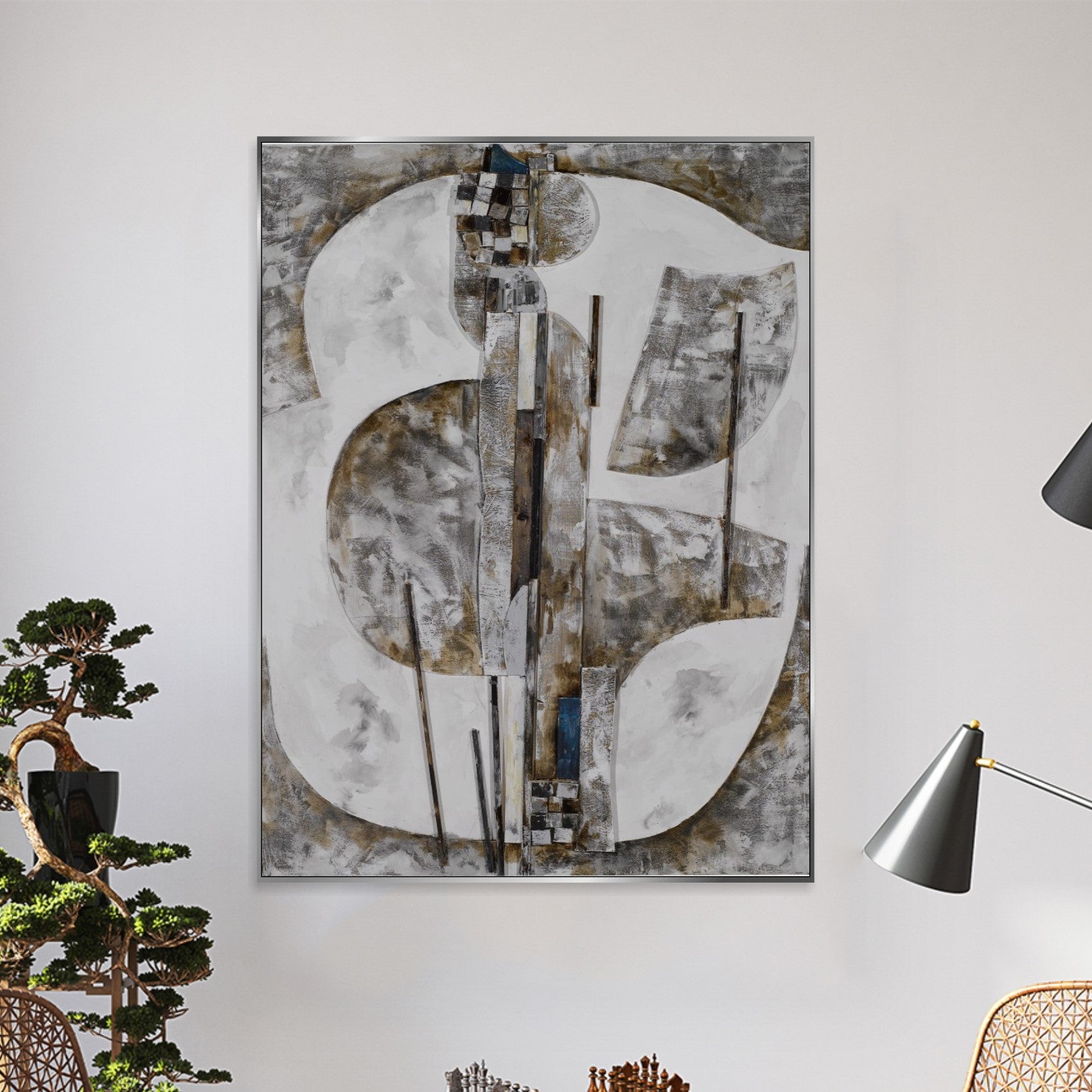
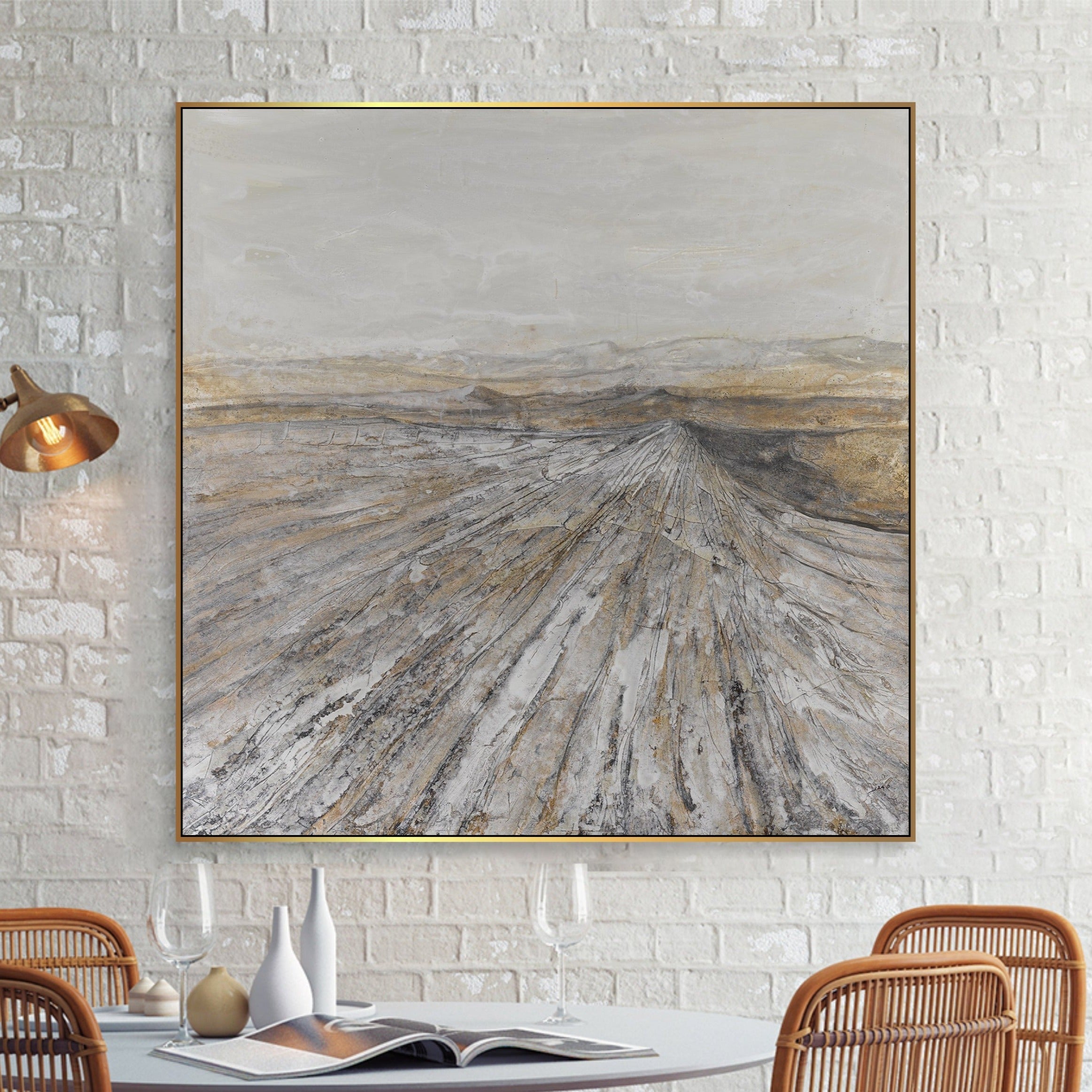
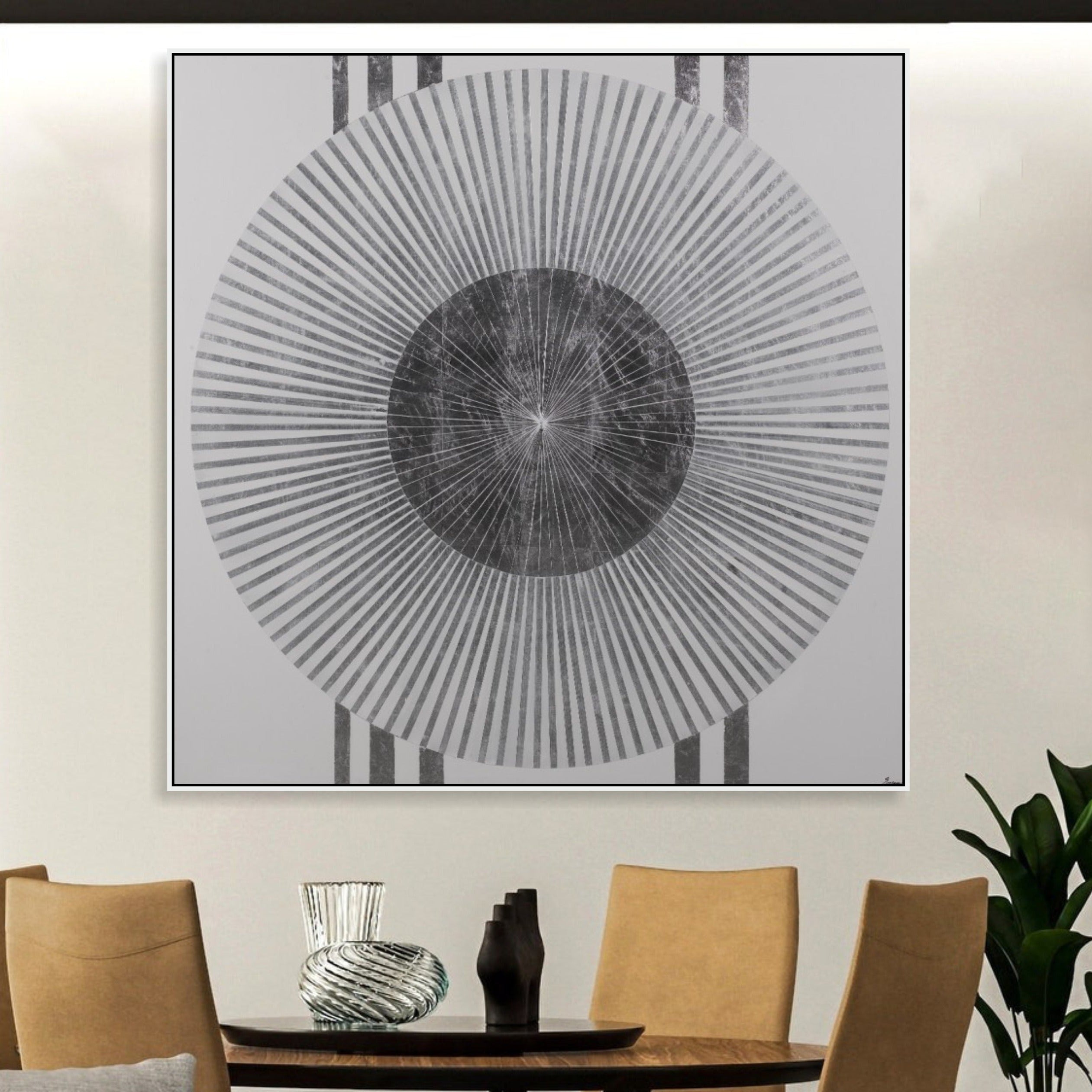
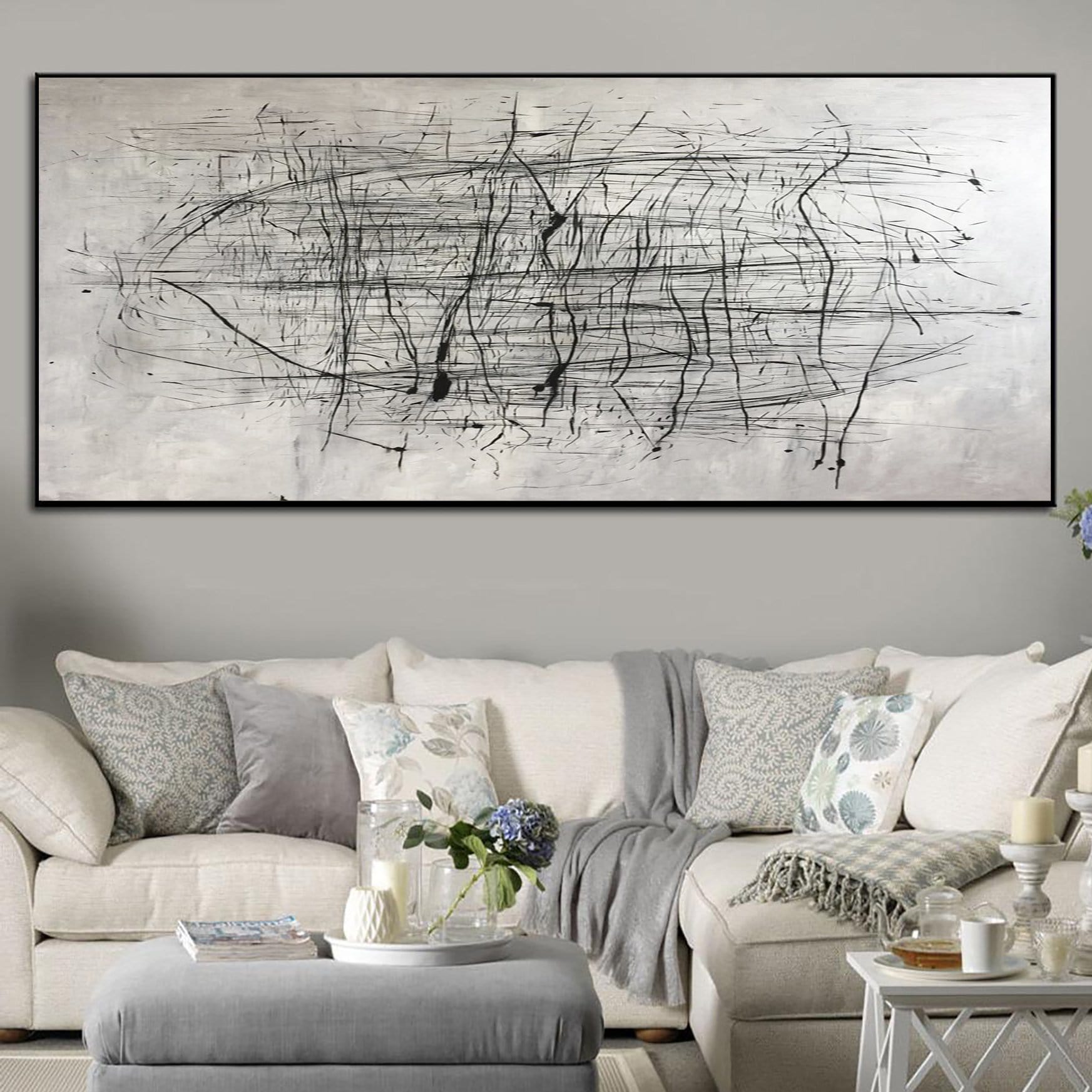
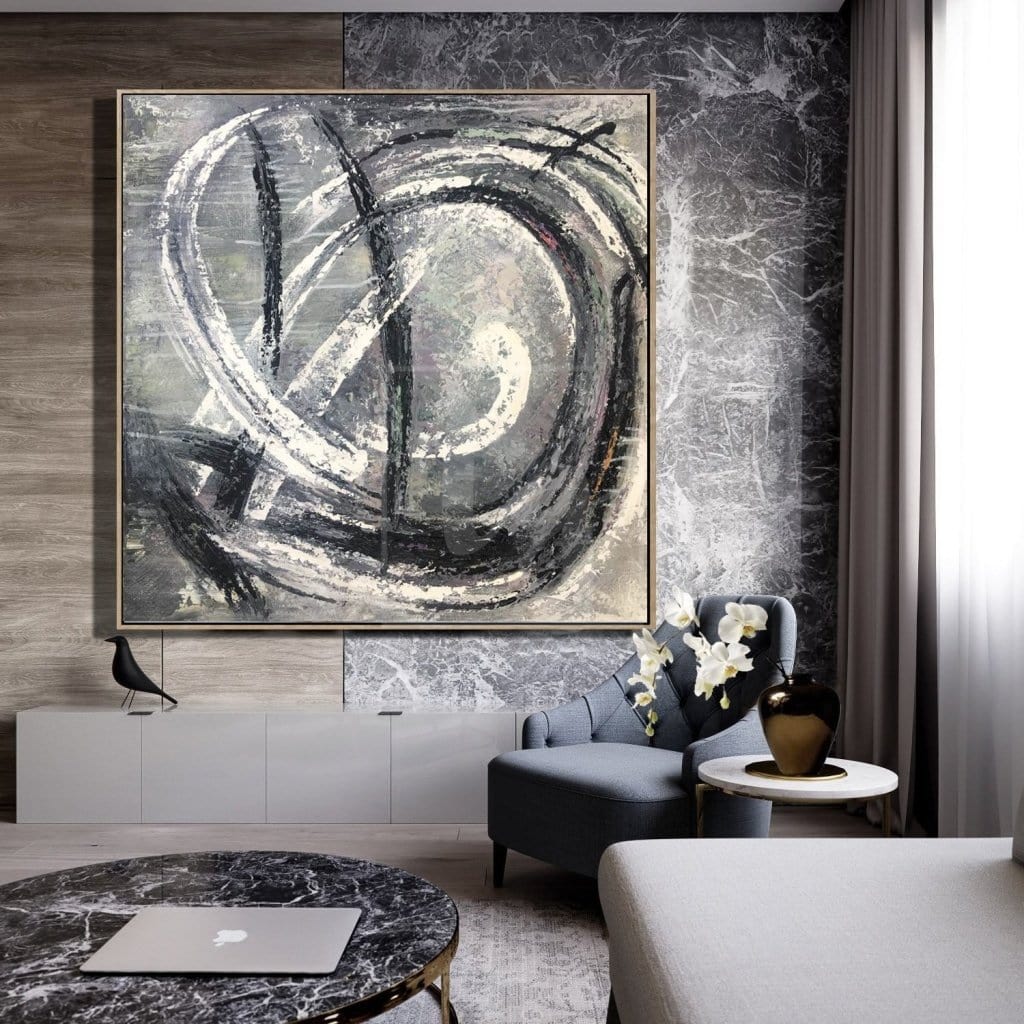
Hopefully, the knowledge on how colors can help adjust your mood in everyday life will be applied by you effectively when creating the design of the interior where you feel most comfortable.


